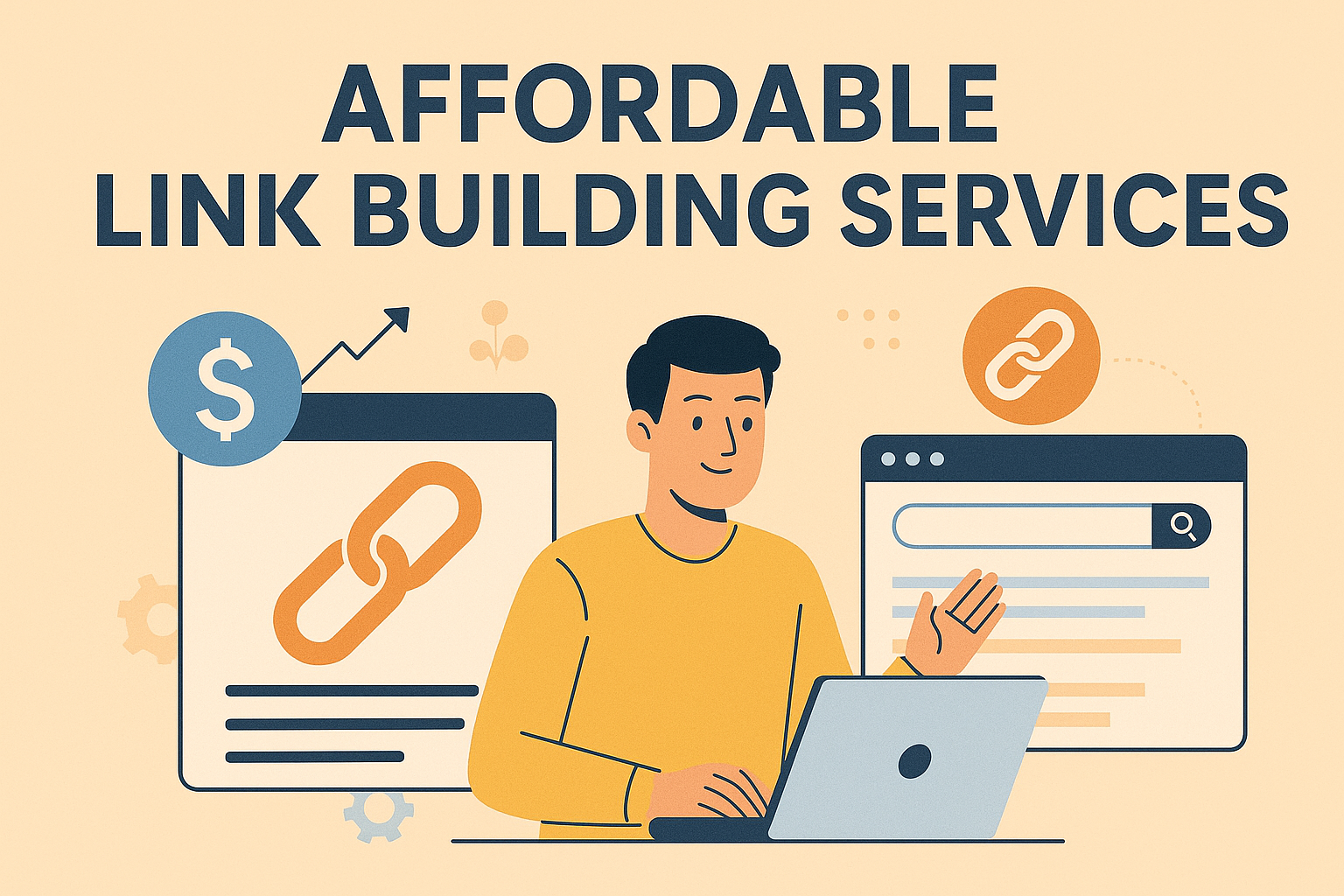Not every company benefits equally from search engine optimization. While organic visibility can drive growth, certain industries see stronger returns due to high search demand and clear customer intent. Identifying these niches helps prioritize efforts where strategic SEO investments deliver measurable results.
Businesses thrive with SEO when their audiences actively search for solutions online. Industries like home services, healthcare, or e-commerce often align well with this approach. These sectors typically have competitive markets where ranking improvements directly impact revenue streams.
However, some scenarios make SEO less effective. Startups needing instant cash flow or ultra-niche B2B products with limited search volume may find better returns elsewhere. The key lies in recognizing patterns like consistent keyword competition and conversion-ready traffic before committing resources.
Focusing on industries with proven organic performance allows marketers to craft tailored strategies. This approach addresses unique challenges while leveraging opportunities specific to each sector. The result? Sustainable growth through targeted digital marketing that matches audience behavior.
Key Takeaways
- High-search-demand industries often yield better ROI from SEO efforts
- Market competition and customer intent determine optimization potential
- Some business models require alternative marketing strategies
- Tailored approaches address sector-specific challenges
- Organic visibility impacts revenue more in certain verticals
- Pre-launch research prevents wasted resources
Introduction: Unveiling High-ROI Niches
Modern consumers increasingly turn to search engines as their first step in discovering local services. Recent data shows 97% of individuals research companies online before engaging, with 86% specifically using Google Maps to find nearby options. This shift makes digital visibility a non-negotiable for growth-minded organizations.
Industries seeing strong returns from search engine optimization share common traits. Customers in these sectors actively seek solutions through specific queries, demonstrating clear purchase intent. When someone searches “emergency plumbing services” or “divorce attorney near me,” they’re often ready to convert quickly.
Three factors separate high-performing niches from others: consistent search volume, measurable buyer intent, and manageable competition. Markets like home improvement or healthcare services thrive here because people research options extensively before deciding. Over 25% of searchers click the first organic result, making top rankings invaluable.
Smart operators focus on sectors where online visibility directly impacts revenue. Legal firms and medical practices exemplify this – their clients typically need immediate solutions and trust higher-ranked providers. Effective marketing strategies here combine localized content with technical optimizations that answer urgent needs.
Choosing the right industry for SEO efforts requires analyzing search patterns and conversion rates. Markets with steady demand and action-oriented audiences deliver the strongest returns, turning organic traffic into reliable revenue streams.
Understanding SEO and Its Role in Business Growth
Visibility in search results isn’t just about being seen—it’s about being chosen. When your website appears where customers look for solutions, you create opportunities that paid ads can’t match. This strategic alignment between user intent and digital presence fuels sustainable expansion.
How Search Engine Optimization Boosts Online Visibility
Search engines act as digital gatekeepers, directing 90% of click-throughs to the first page of results. Optimizing your site’s technical structure and content quality helps crawlers understand your relevance. Over time, this builds authority for key terms your audience uses daily.
Improved rankings mean more eyes on your brand. A well-optimized website becomes a 24/7 salesperson, attracting visitors even during off-hours. Consistent visibility establishes trust, turning casual browsers into loyal customers.
Connecting Organic Traffic to Revenue Streams
Unlike temporary ad campaigns, SEO drives compounding returns. Visitors finding you through specific searches often convert faster—they’ve already identified their need. One study shows organic leads convert 8x more frequently than outbound marketing contacts.
This approach targets high-intent users at critical decision points. Every technical improvement or content update strengthens your position as an industry leader. The result? Steady traffic growth that directly impacts your bottom line for years.
Defining Your Digital Marketing Strategy
Effective digital strategies start with understanding where SEO fits in the bigger picture. A cohesive plan combines technical optimizations with audience insights, creating pathways that guide users from discovery to decision.
Strategic planning begins by mapping customer journeys. Analyze search patterns to identify which questions your audience asks at each stage. This reveals opportunities to create content that addresses needs before competitors do.
| Channel | Role | SEO Synergy |
|---|---|---|
| Content Marketing | Educates audiences | Boosts keyword rankings |
| Social Media | Builds engagement | Drives referral traffic |
| Email Campaigns | Nurtures leads | Supports content distribution |
Allocate resources based on your industry’s unique demands. Local service providers might prioritize Google Business Profile optimizations, while e-commerce sites focus on product page speed. Every tactic should connect to measurable outcomes like form submissions or sales.
Set quarterly benchmarks to track progress. Combine organic traffic growth with conversion rate improvements to gauge true impact. This dual focus ensures your digital marketing strategy delivers both visibility and revenue.
Remember, SEO works best when paired with complementary efforts. A blog post ranking for “how to unclog drains” becomes more powerful when shared through newsletters or social platforms. This integrated approach turns isolated wins into sustained growth. Before committing to a long-term strategy, it’s crucial to weigh the SEO pros and cons for your business model to ensure alignment with your goals.
Best Businesses to Target for SEO
Choosing the right industries for search optimization demands strategic analysis. Success hinges on matching user search patterns with commercial potential. Three factors separate winning sectors: consistent query volume, clear conversion signals, and achievable ranking opportunities.
Spotting High-Potential Opportunities
Profitable markets feature audiences actively seeking solutions. Commercial intent keywords like “emergency roof repair” or “same-day dentist” indicate immediate buying readiness. These queries often convert 3x faster than informational searches.
| Industry | Search Intent Strength | Competition Level |
|---|---|---|
| Home Services | High | Moderate |
| Legal Services | Very High | High |
| Healthcare | Medium | Low |
Customer lifetime value also matters. Industries with repeat purchases or subscription models often justify higher optimization investments. Compare initial costs against long-term revenue potential when prioritizing efforts.
Market Competition Analysis Tactics
Evaluate ranking difficulty using tools like Ahrefs or SEMrush. Look for keyword clusters where competitors lack depth. Content gaps in their blog sections or missing service pages reveal untapped opportunities.
Consider these steps when assessing markets:
- Analyze top-ranking sites’ backlink profiles
- Compare content freshness and depth
- Identify underserved geographic areas
Localized strategies often outperform broad approaches in competitive sectors. A plumbing company might dominate “water heater installation Chicago” before tackling national keywords. This phased method builds authority gradually.
Regularly revisit your analysis as markets evolve. What works today might shift next quarter. Stay adaptable to maintain visibility in changing search landscapes.
Leveraging Local SEO for Maximum Visibility
Location-based search drives immediate action. Studies show 78% of mobile users who look up “near me” services visit physical locations within 24 hours. This urgency makes local SEO essential for brick-and-mortar operations wanting to convert digital interest into foot traffic.
Optimizing Google Business Profile
Your Google Business Profile acts as a digital storefront. Complete every section – from operating hours to service areas. Businesses with updated profiles receive 7x more clicks in map results. Regular posts about promotions or events keep your listing fresh and engaging.
Geotargeting and Local Directories
Focus efforts where it matters most. Use city-specific keywords like “downtown coffee shop” instead of generic terms. Consistent listings on platforms like Yelp and Yellow Pages build credibility. Local directories account for 15% of ranking factors, making them critical for visibility.
| Tactic | Benefit | Implementation Tip |
|---|---|---|
| GBP Optimization | Appear in map packs | Add photos weekly |
| Local Citations | Boost domain authority | Claim 10+ directory profiles |
| Voice Search Prep | Capture spoken queries | Target “who/where” phrases |
Voice Search and Long-Tail Keywords
Conversational queries dominate voice search. Optimize for questions like “Where’s the closest 24-hour pharmacy?” These natural phrases help local business listings appear in smart speaker results. Tools like AnswerThePublic reveal common question patterns in your area.
Nearly half of shoppers now mix online research with in-store pickups. A strong local SEO strategy bridges these behaviors, turning mobile searches into measurable sales. Start by auditing your Google Business presence – it’s the foundation for local discovery.
Industry Spotlight: SaaS and Tech Companies
Software companies thrive when organic visibility becomes their growth engine. Unlike traditional models, SaaS platforms rely on predictable customer pipelines. Search optimization builds lasting authority that aligns perfectly with subscription-based revenue cycles.
Building Sustainable Visibility
SaaS providers benefit from SEO’s compounding returns. While paid ads deliver quick wins, they vanish when budgets dry up. Organic rankings keep attracting customers long after initial efforts, making every content update an investment in future traffic.
| Strategy | Benefit | Implementation |
|---|---|---|
| Educational Content | Captures early-stage researchers | Create “how-to” guides addressing user pain points |
| Product Page Optimization | Converts comparison shoppers | Include feature comparisons and use-case videos |
| Technical Audits | Improves crawl efficiency | Fix broken links and optimize site speed monthly |
Content marketing bridges awareness and conversion. A blog post explaining “CRM software benefits” can nurture leads toward free trials. Over time, these resources become trusted references, driving organic traffic without ongoing costs.
High customer lifetime values justify upfront SEO work. Acquiring one enterprise client through search might secure years of recurring revenue. Combine this with low churn rates, and optimization becomes a profit multiplier.
Tech companies should map content to their sales funnel. Top-of-funnel articles answer broad industry questions, while product pages target decision-ready visitors. This dual approach captures website visitors at every stage, turning curiosity into contracts.
Industry Spotlight: Law Firms and Legal Services
Legal challenges demand immediate solutions, making search engines the first stop for potential clients. When someone types “car accident attorney” or “estate planning lawyer,” they’re often in urgent need of expertise. This urgency creates prime opportunities for firms prioritizing search visibility to connect with ready-to-act clients.
Gaining Trust Through High Rankings
Top search positions signal authority in legal fields. A study found 75% of users never scroll past the first results page when seeking legal services. Firms ranking here benefit from perceived credibility, often becoming the first contact for critical cases.
Content plays a key role in building this trust. Detailed guides explaining “what to expect during a deposition” or “how to file a personal injury claim” demonstrate expertise. These resources answer pressing questions while naturally incorporating law-related keywords that improve rankings.
Local SEO for Enhanced Accessibility
Geographic specificity drives results for law firms. Clients prioritize nearby professionals – 82% use “near me” modifiers in legal searches. Optimizing for phrases like “divorce lawyer Miami” captures this intent effectively.
| Tactic | Impact |
|---|---|
| Google Business Profile | Appears in local map packs |
| City-Specific Landing Pages | Targets regional cases |
| Online Reviews | Boosts conversion rates by 38% |
Regularly updating your local SEO strategy ensures visibility where it matters most. Combine location-based content with swift website performance to meet clients during their critical decision window.
Industry Spotlight: Real Estate, Interior Design & Automotive
Neighborhoods shape decisions in industries where location drives demand. Property hunters, homeowners, and car buyers all rely on local search to find solutions. These sectors thrive when digital strategies mirror how customers explore options in their communities.
Capturing Local Clientele
Real estate agents dominate markets by optimizing for phrases like “3-bedroom homes in Austin.” Geographic precision matters – 63% of buyers start their hunt online. Listings with neighborhood guides and school district data attract serious leads.
Interior designers face similar opportunities. Homeowners search “kitchen remodel ideas near me” when ready to invest. Localized content showcasing regional design trends builds relevance. This approach converts casual browsers into booked consultations.
| Industry | Top Local Query | Conversion Driver |
|---|---|---|
| Real Estate | “Homes under $500k [City]” | Virtual tours |
| Interior Design | “Modern living room designers” | Portfolio galleries |
| Automotive | “Certified pre-owned SUVs” | Inventory filters |
Visual Content and Speed Optimization
High-quality images make or break these industries. Compressed photo galleries load 40% faster, keeping visitors engaged. Car dealerships using 360-degree views see 28% longer site sessions.
Mobile responsiveness is non-negotiable. Over half of property searches happen on phones. Sites loading under two seconds capture 75% of local traffic. Regular speed audits prevent lost leads.
Competitive Advantages in Local Markets
Auto shops ranking for “oil change [Town Name]” avoid national competition. Hyper-local blogs about seasonal maintenance tips establish authority. These tactics work because they answer immediate needs.
Interior firms can target specific housing types common to their area. Content about “remodeling historic Boston brownstones” attracts perfect-fit clients. This specificity builds trust while narrowing the competition pool.
Industry Spotlight: E-commerce, Hospitality, and Niche Markets
Digital marketplaces live or die by split-second decisions. Online shoppers expect instant access to products and services, creating unique challenges for industries handling vast inventories. Success here demands technical precision paired with deep audience understanding.
Speed and User Experience for Online Sales
Page loading times directly impact revenue. Websites taking over three seconds lose 53% of mobile visitors. Search algorithms prioritize fast-loading pages, making speed a dual-purpose advantage. Optimize image sizes and streamline code to keep visitors engaged.
E-commerce platforms with thousands of product pages face particular pressure. Tools like Google’s PageSpeed Insights identify bottlenecks. Remember: a one-second delay can slash conversions by 7%. Prioritize critical pages first – checkout carts and top-selling items.
Targeting Niche Customer Segments
Specialized markets thrive through focused strategies. Instead of broad terms like “organic skincare,” target precise queries like “vegan sunscreen for sensitive skin.” These phrases attract ready-to-buy customers while facing less competition.
Hospitality brands can apply similar tactics. A boutique hotel might optimize for “pet-friendly weekend getaways Colorado.” This approach aligns with specific traveler needs while boosting search visibility. Analytics tools reveal underserved niches worth exploring.
Balancing technical performance with audience insights creates lasting growth. Regular audits ensure websites meet evolving standards, while content updates keep niche strategies relevant. The result? Sustainable traffic that converts.

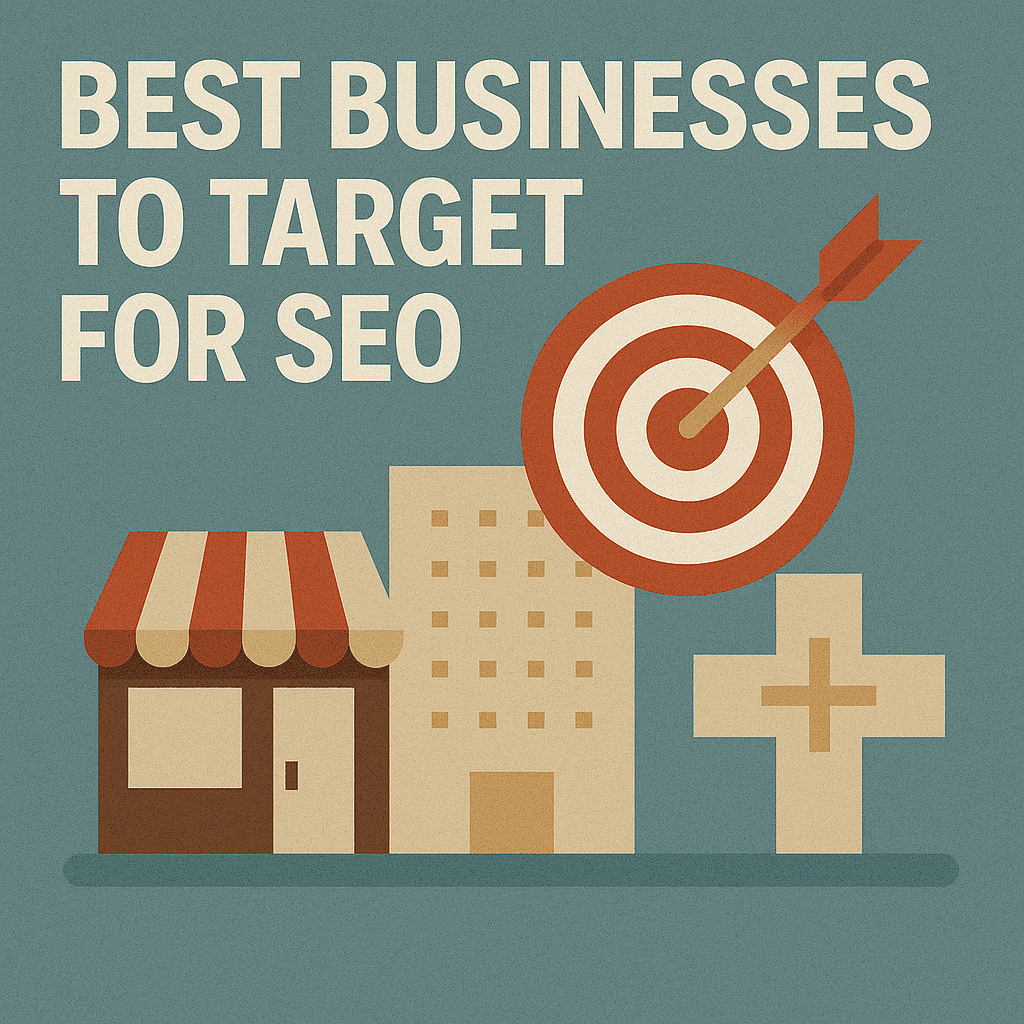
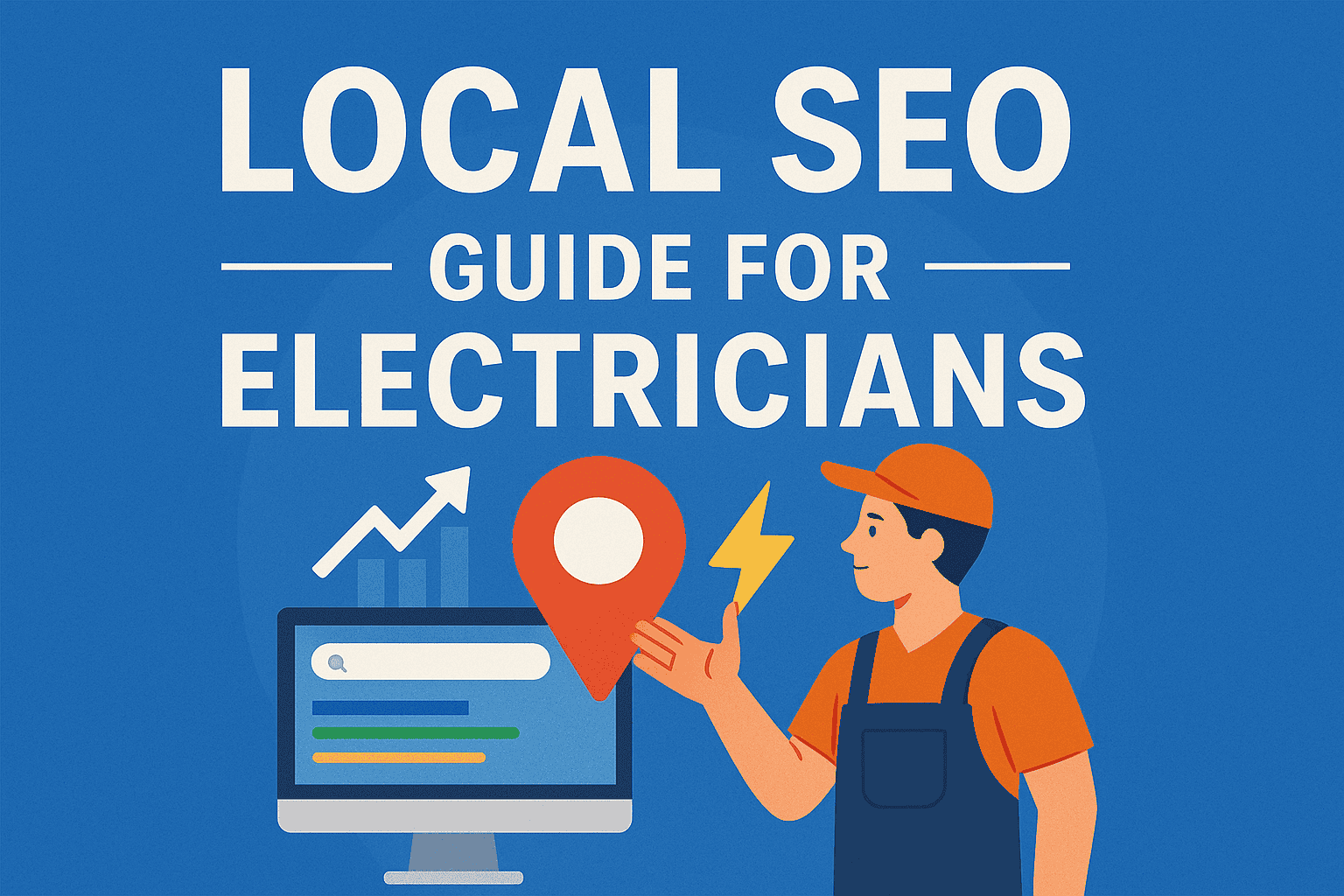
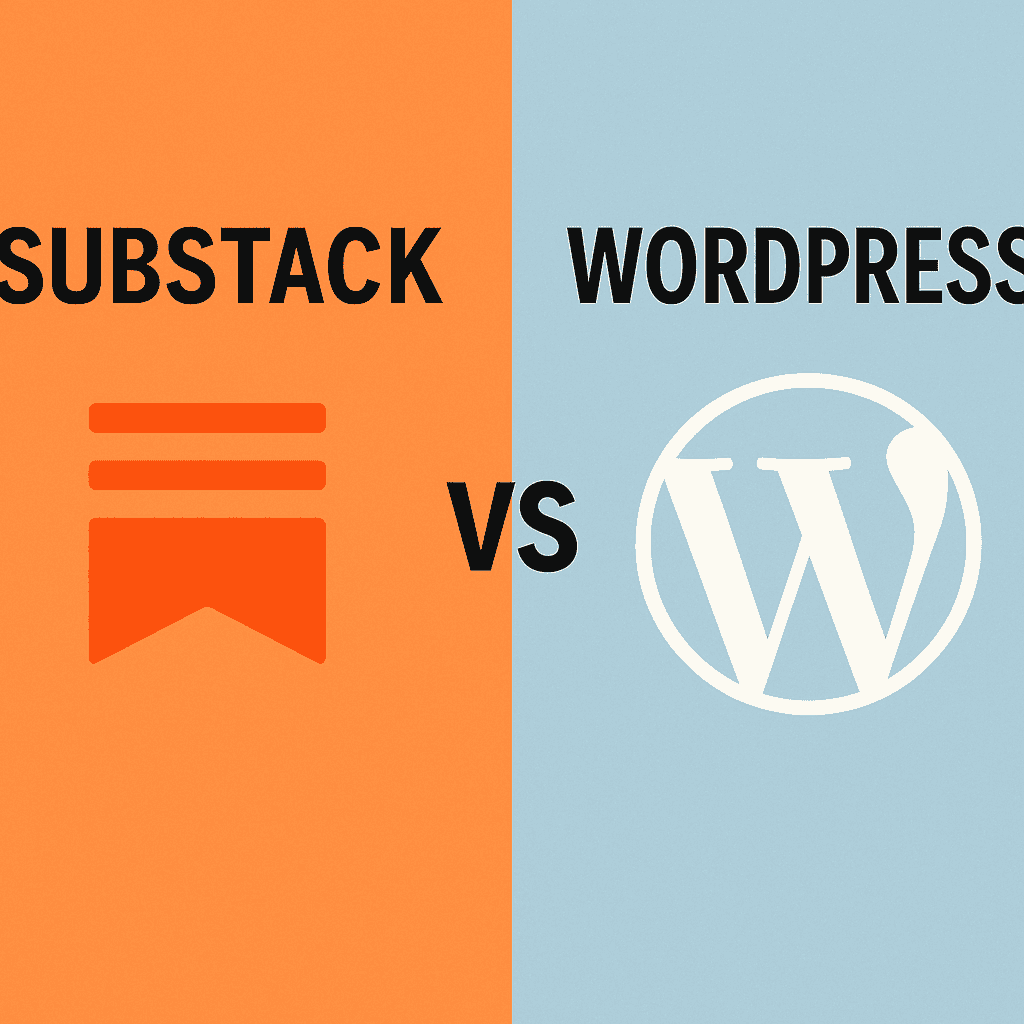

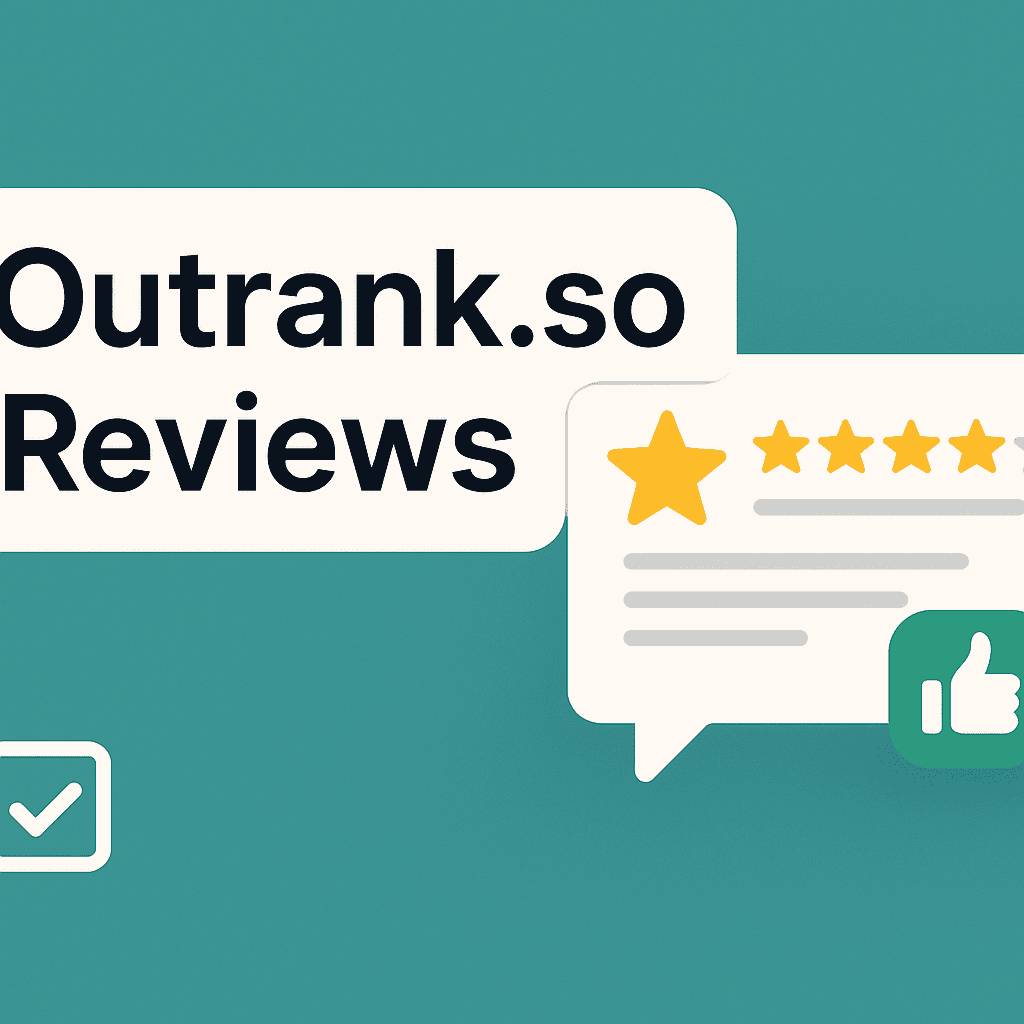

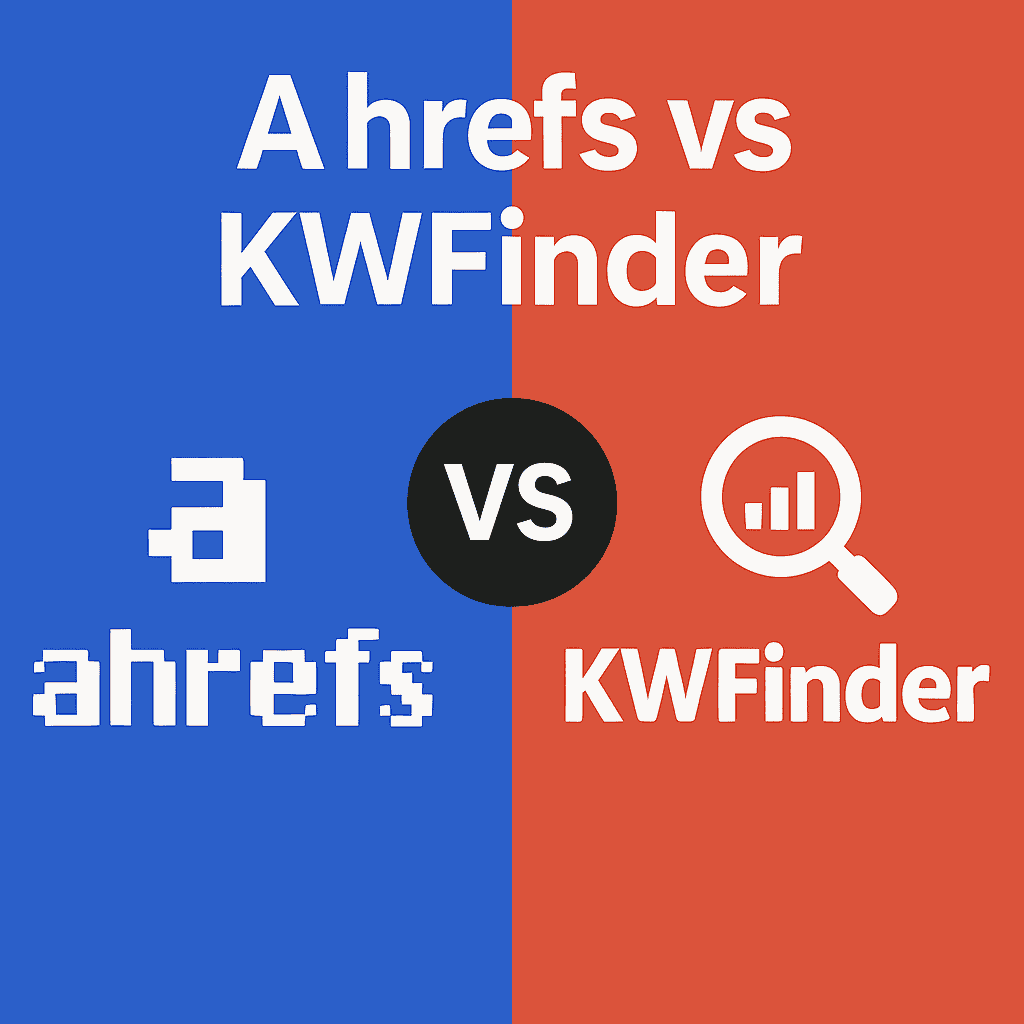
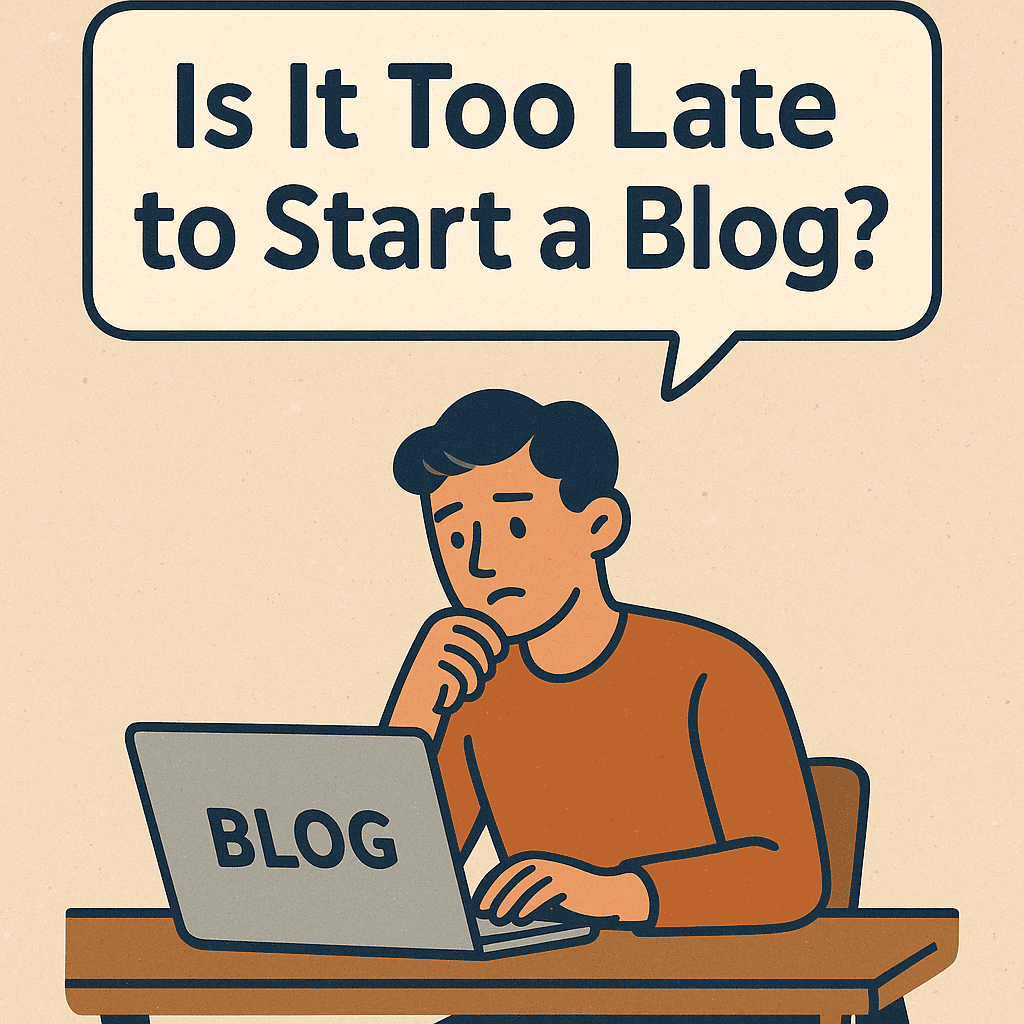
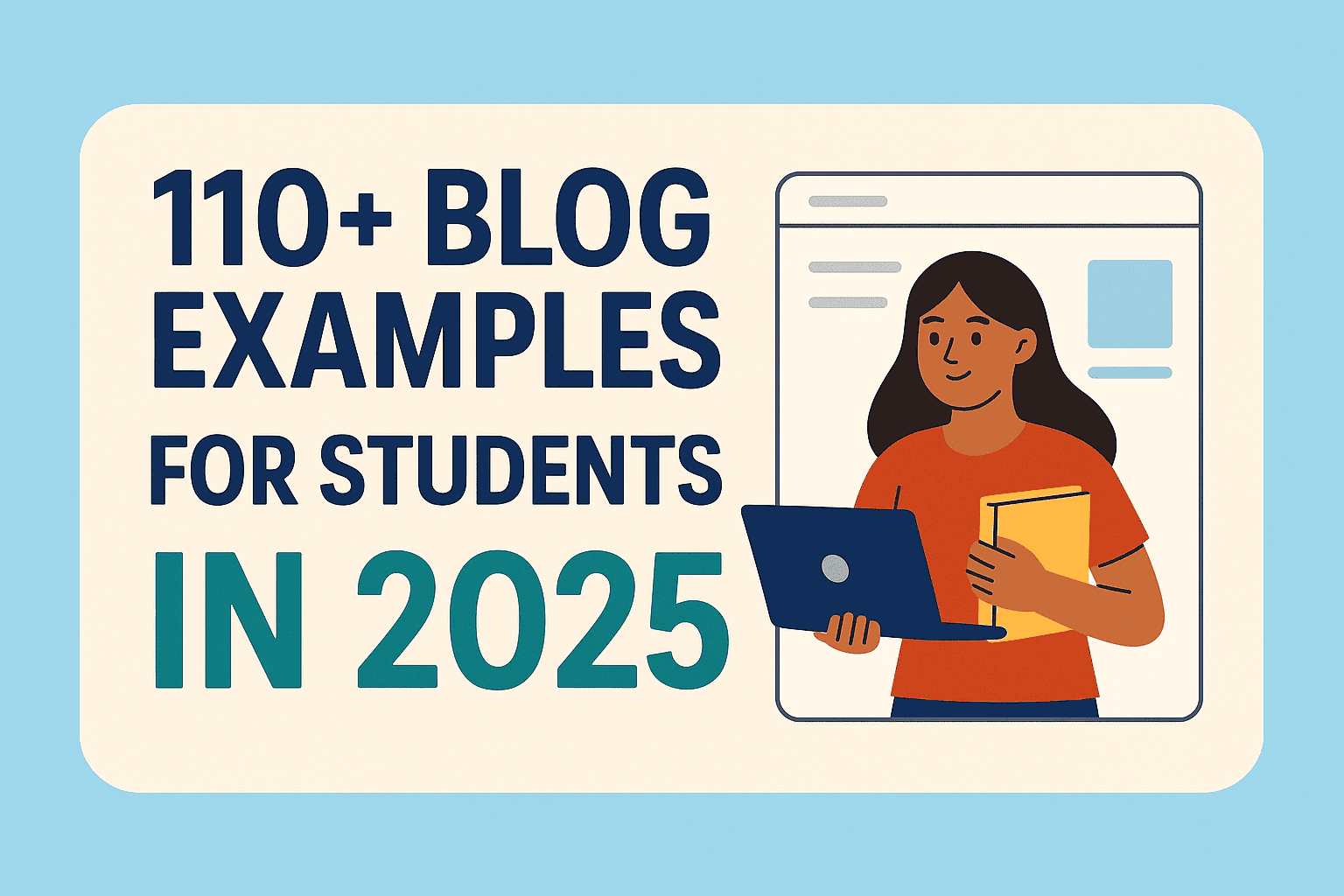
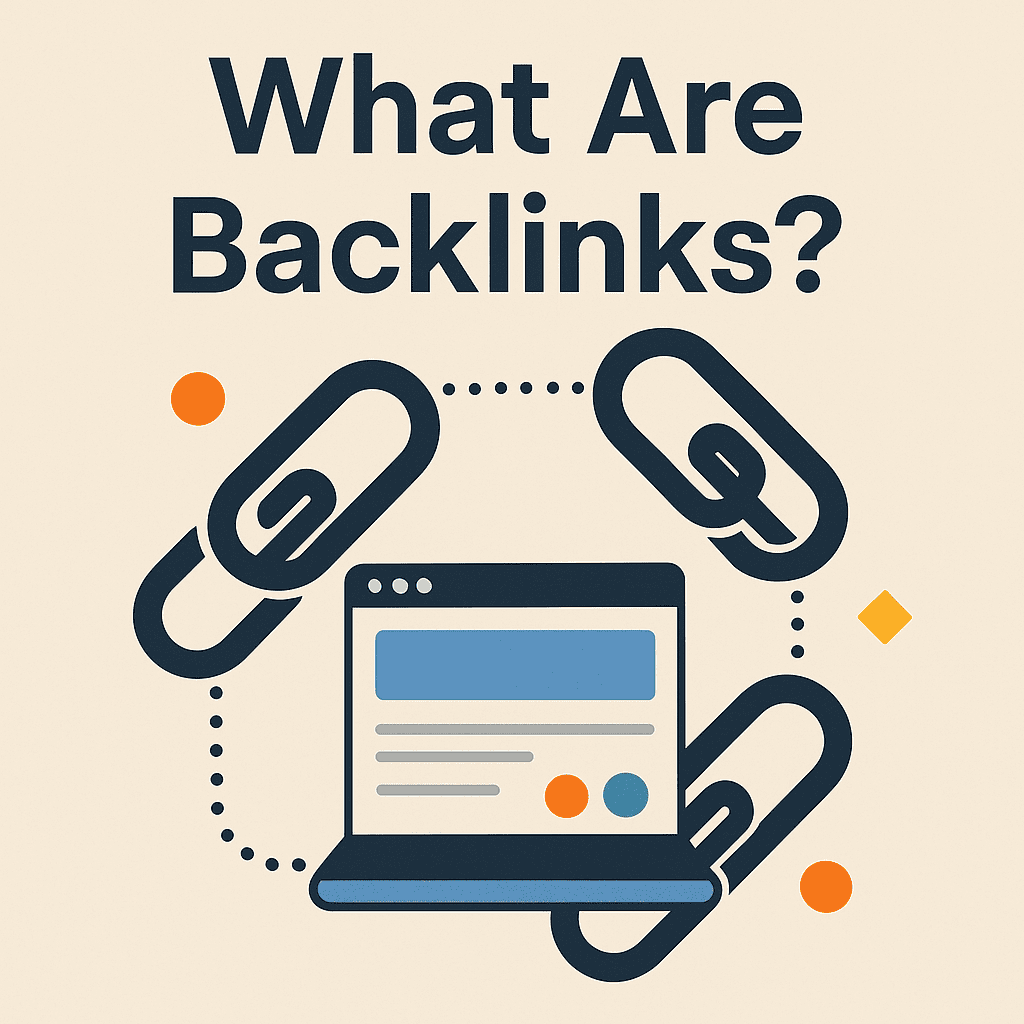
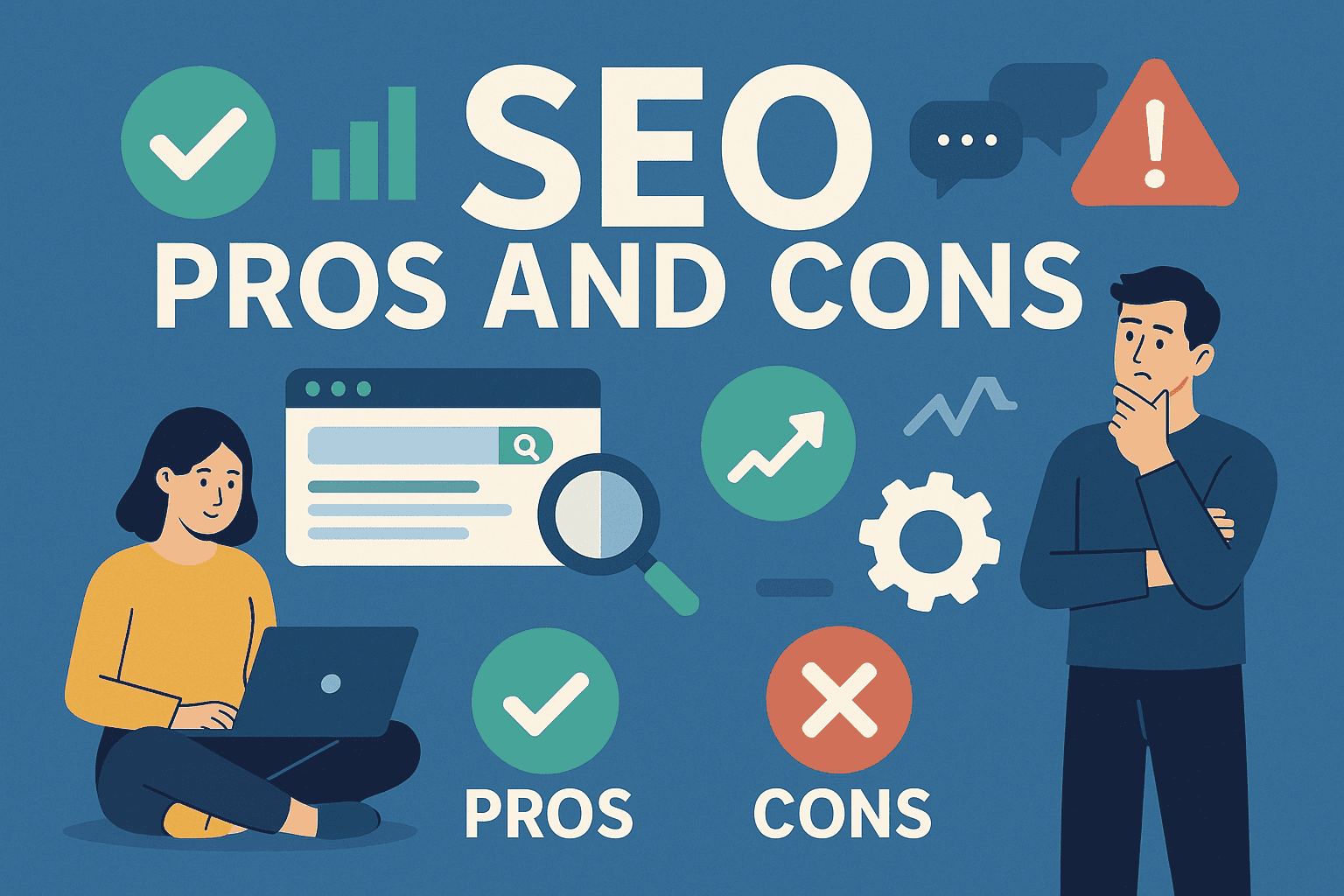
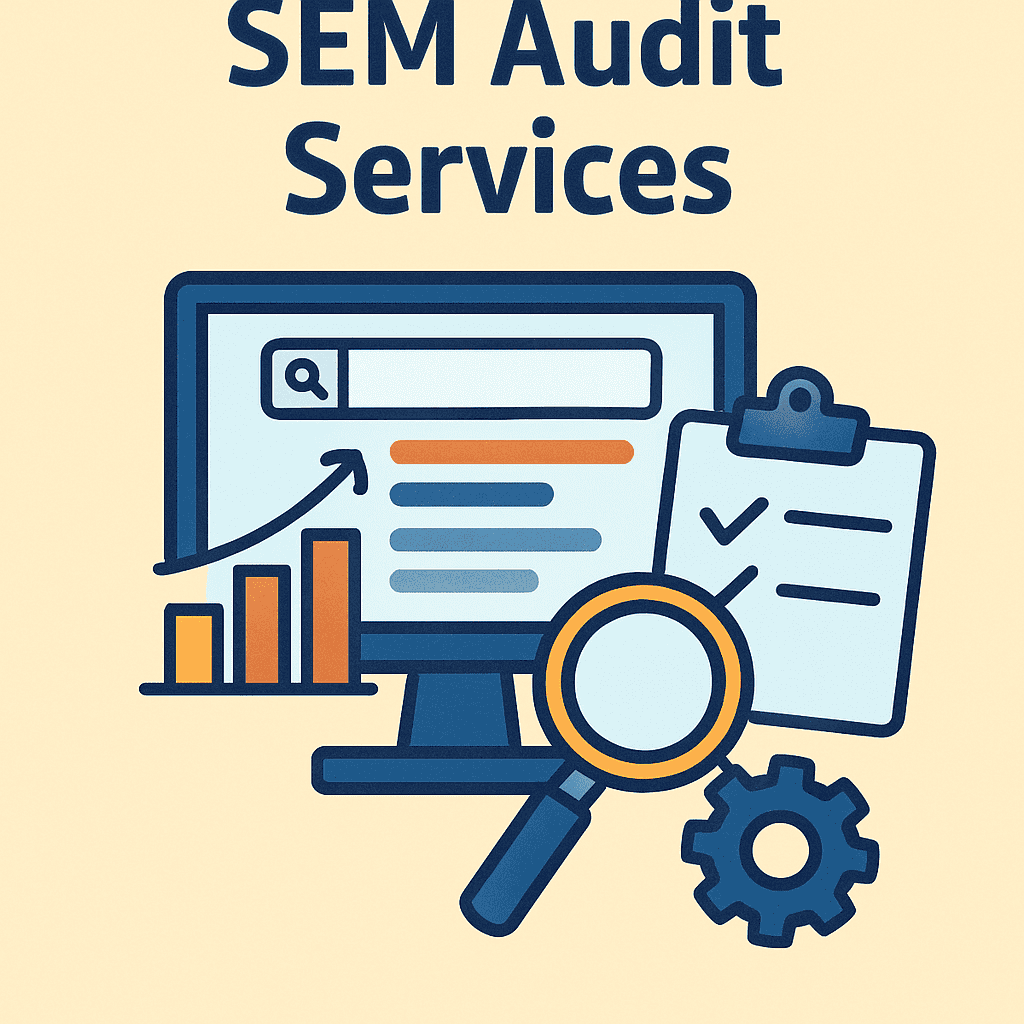
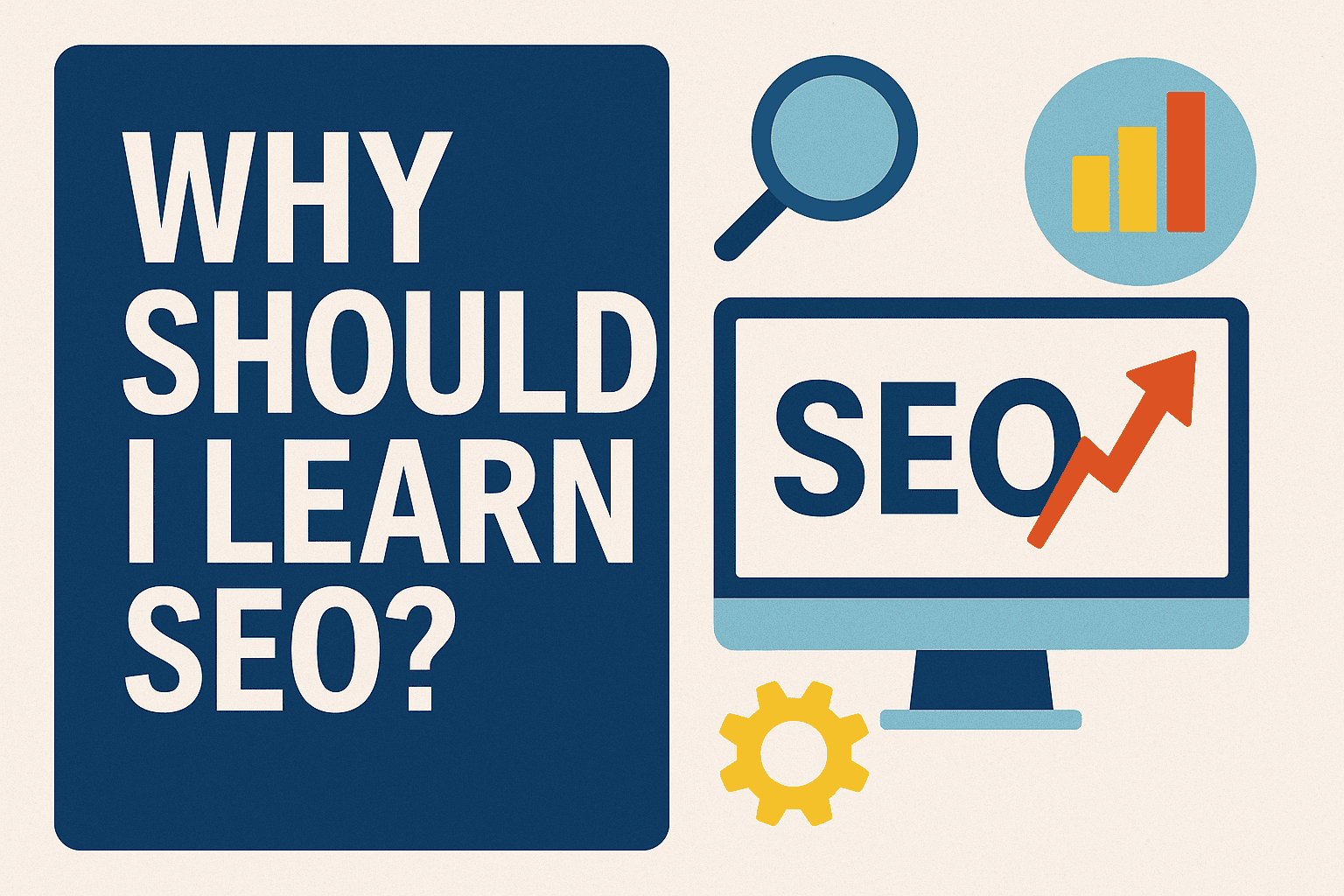
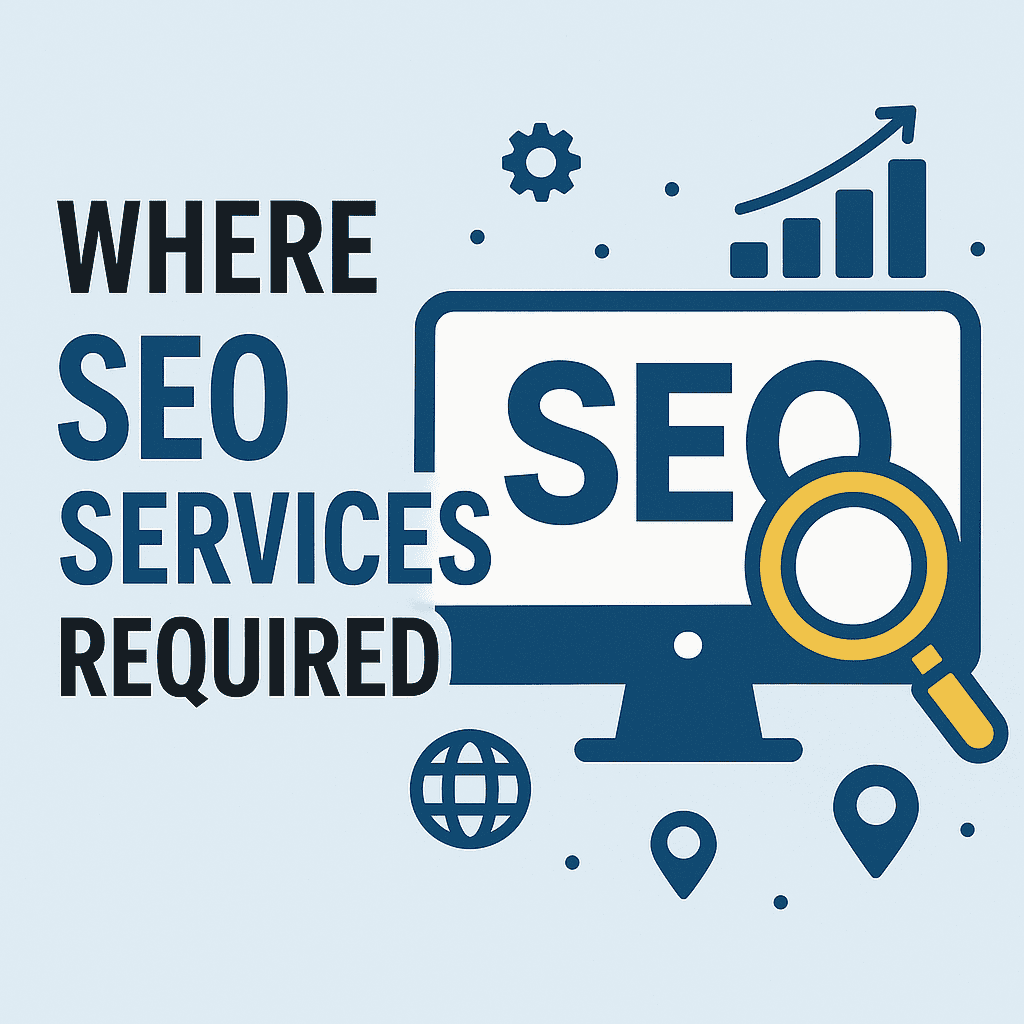
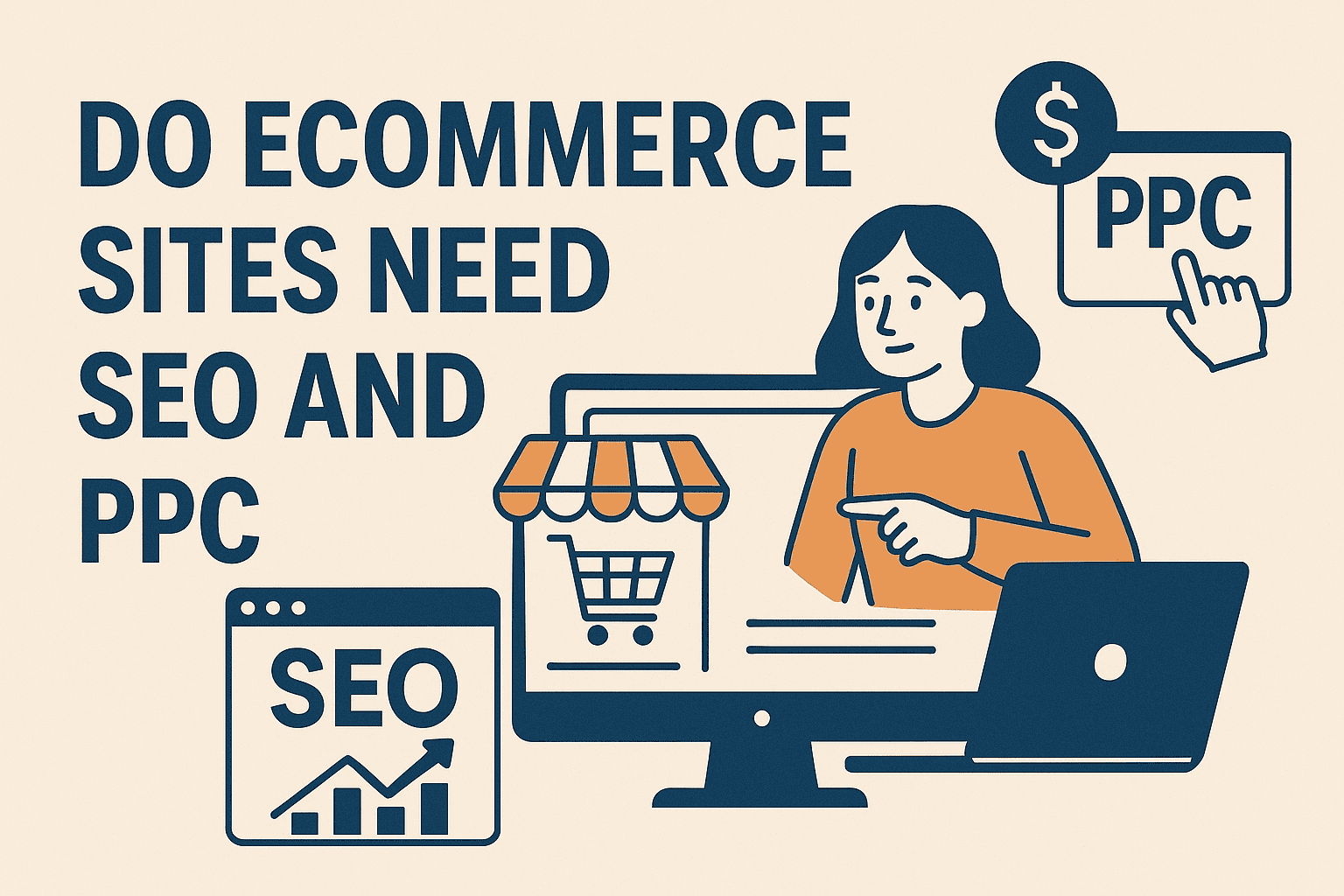
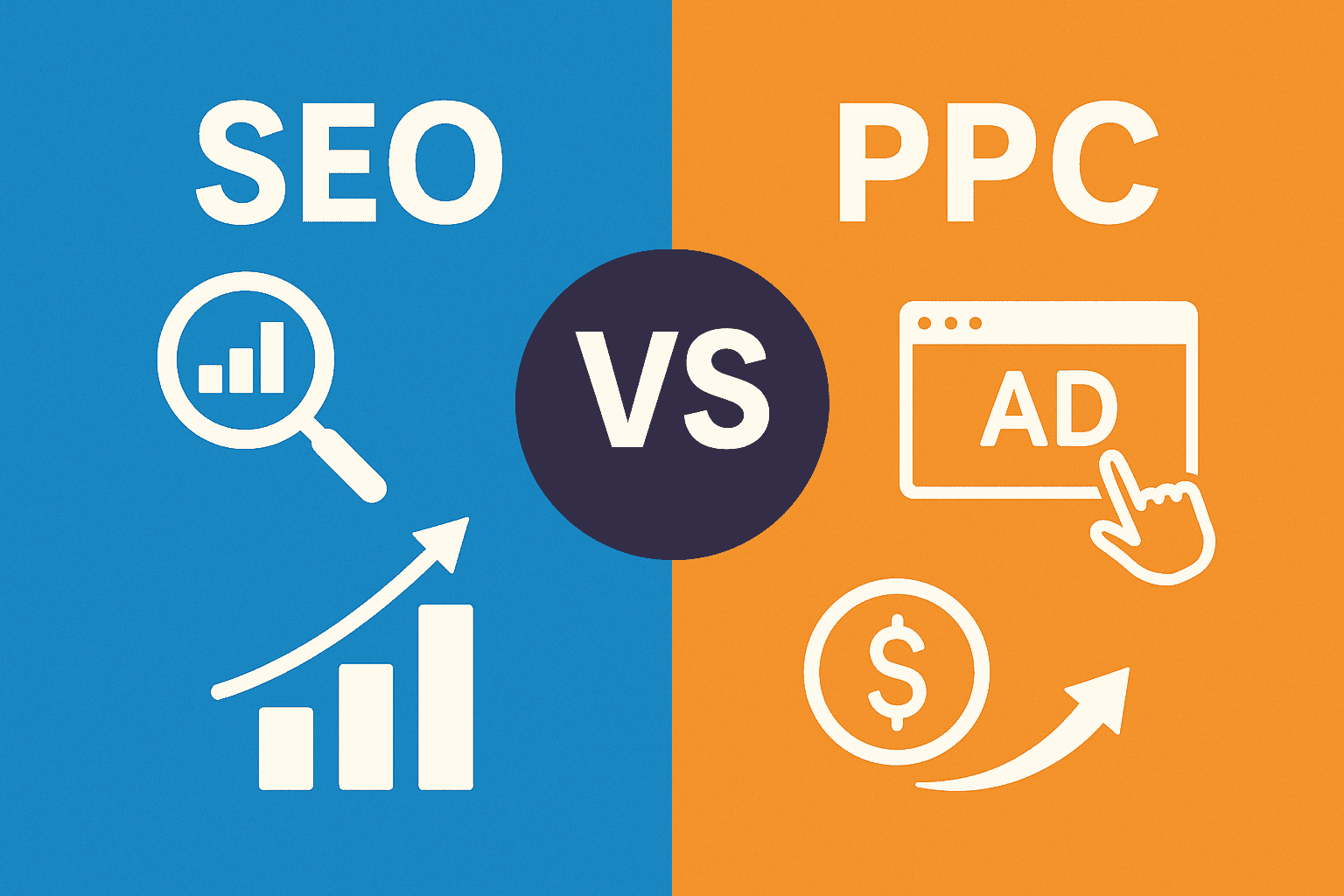

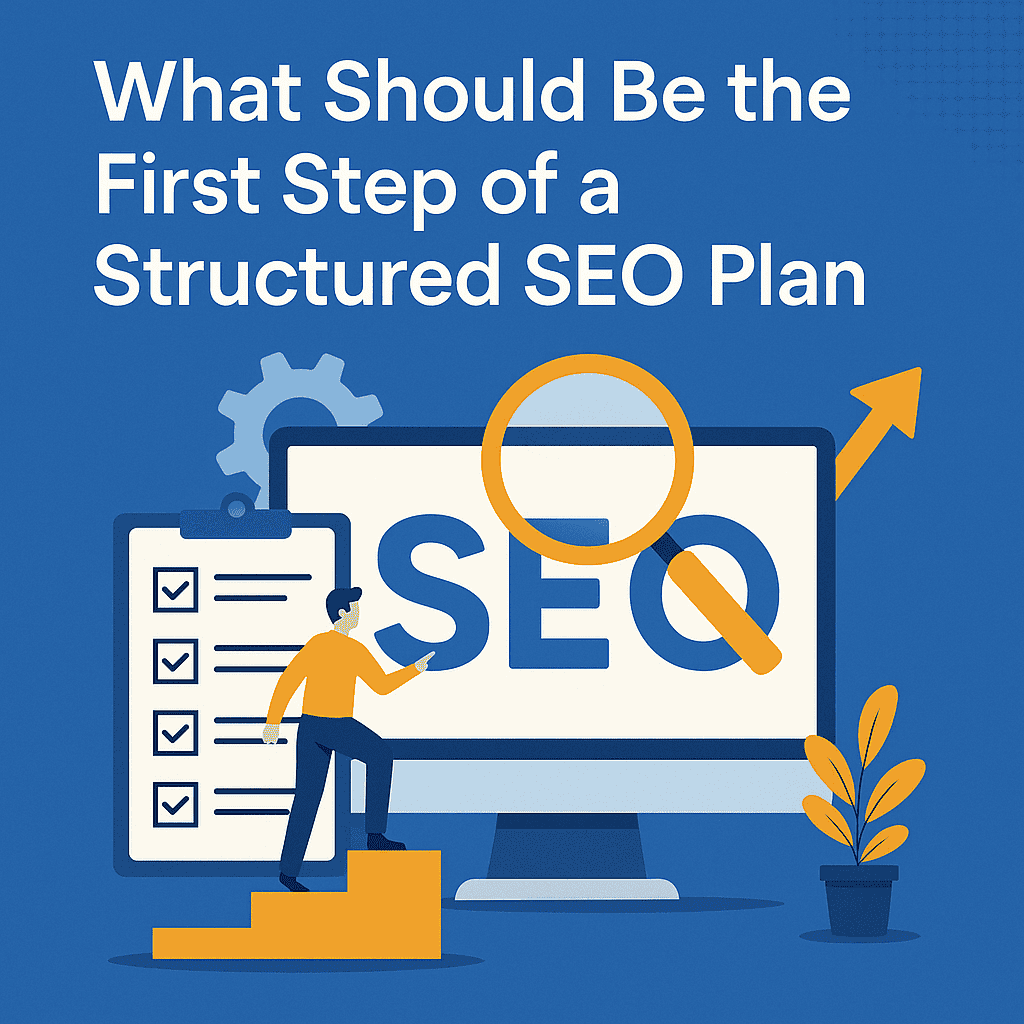
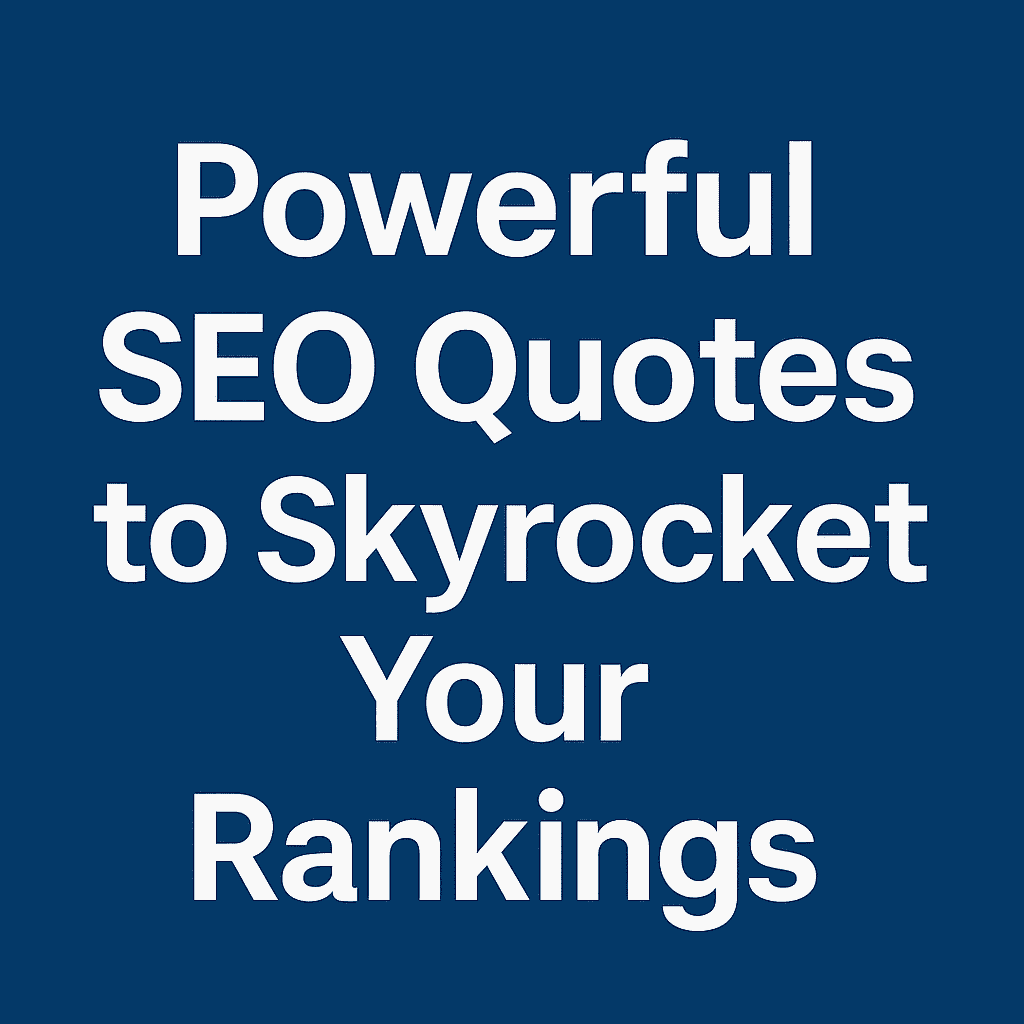
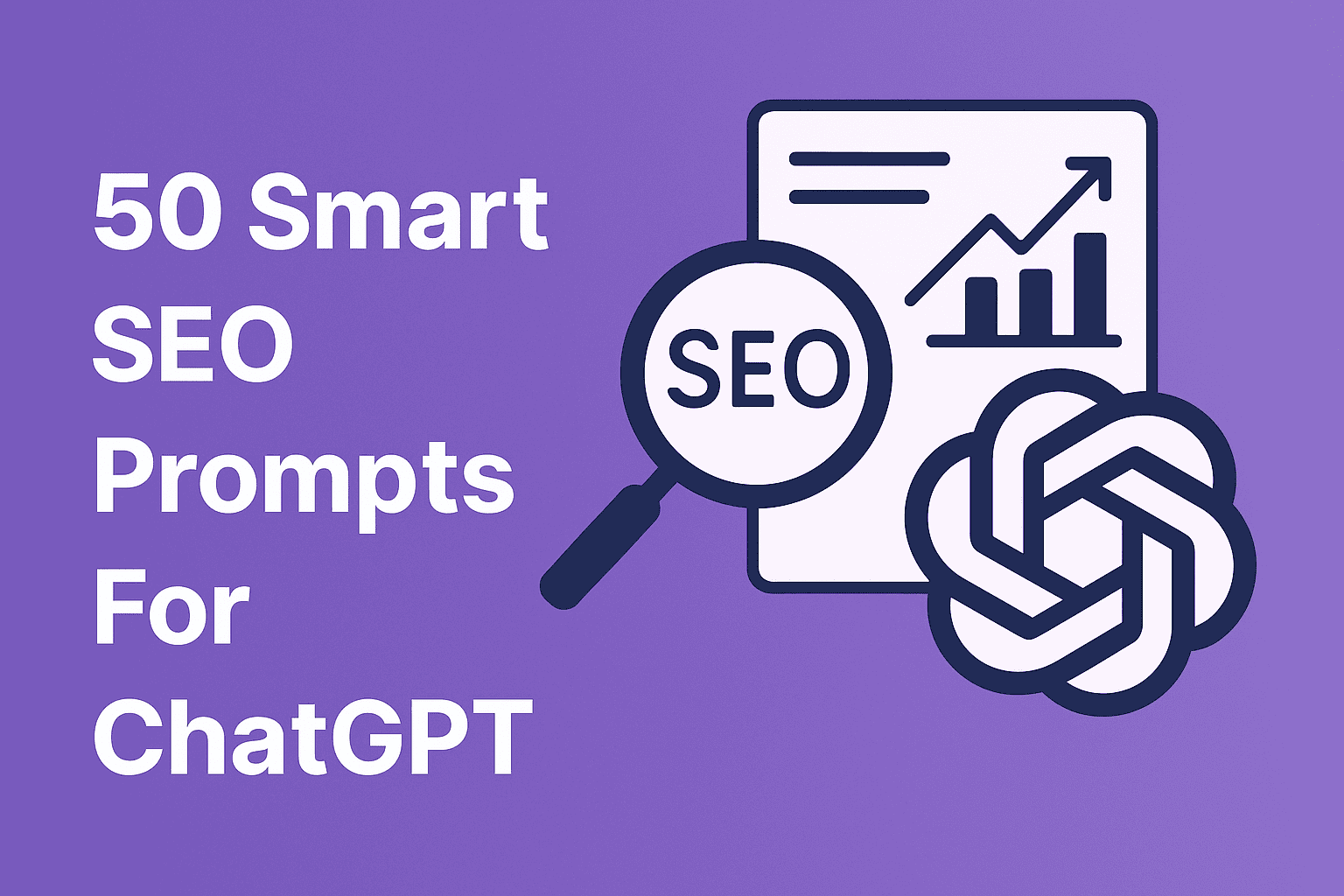
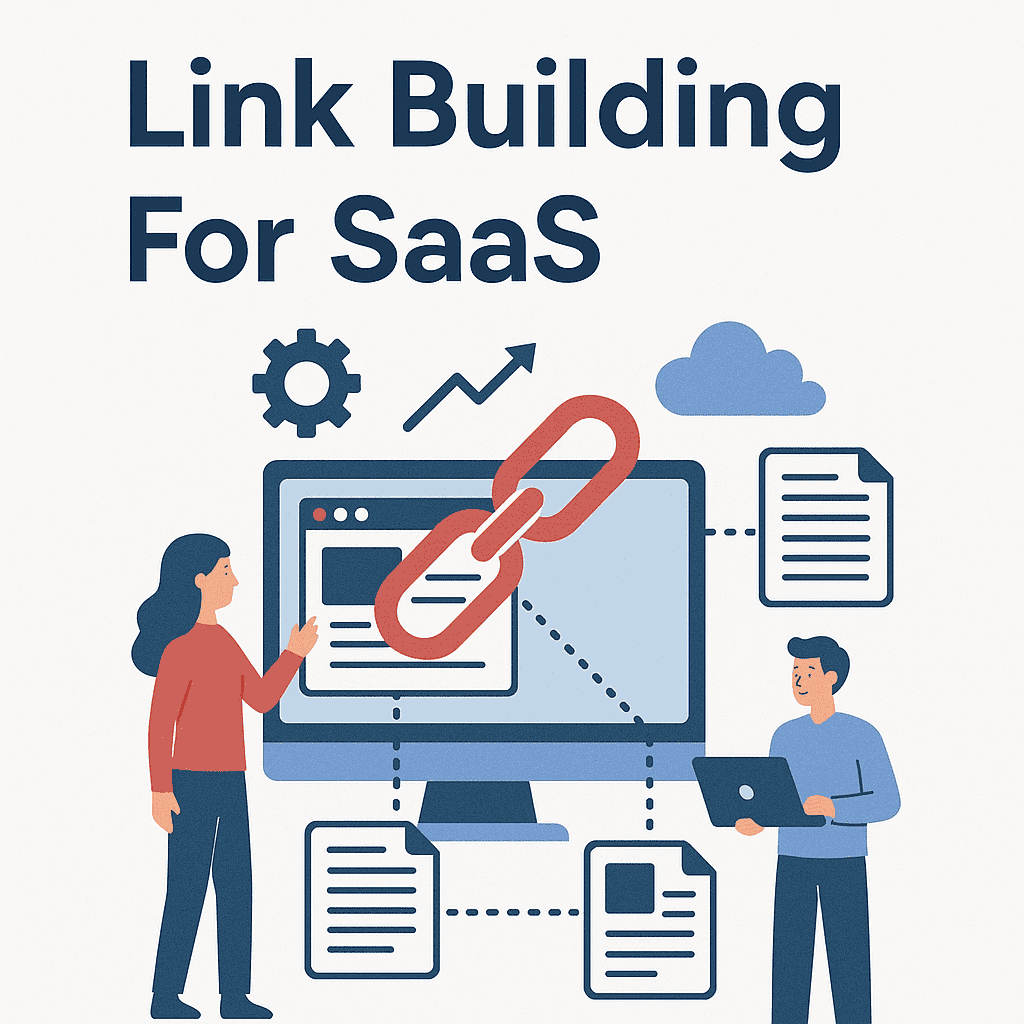
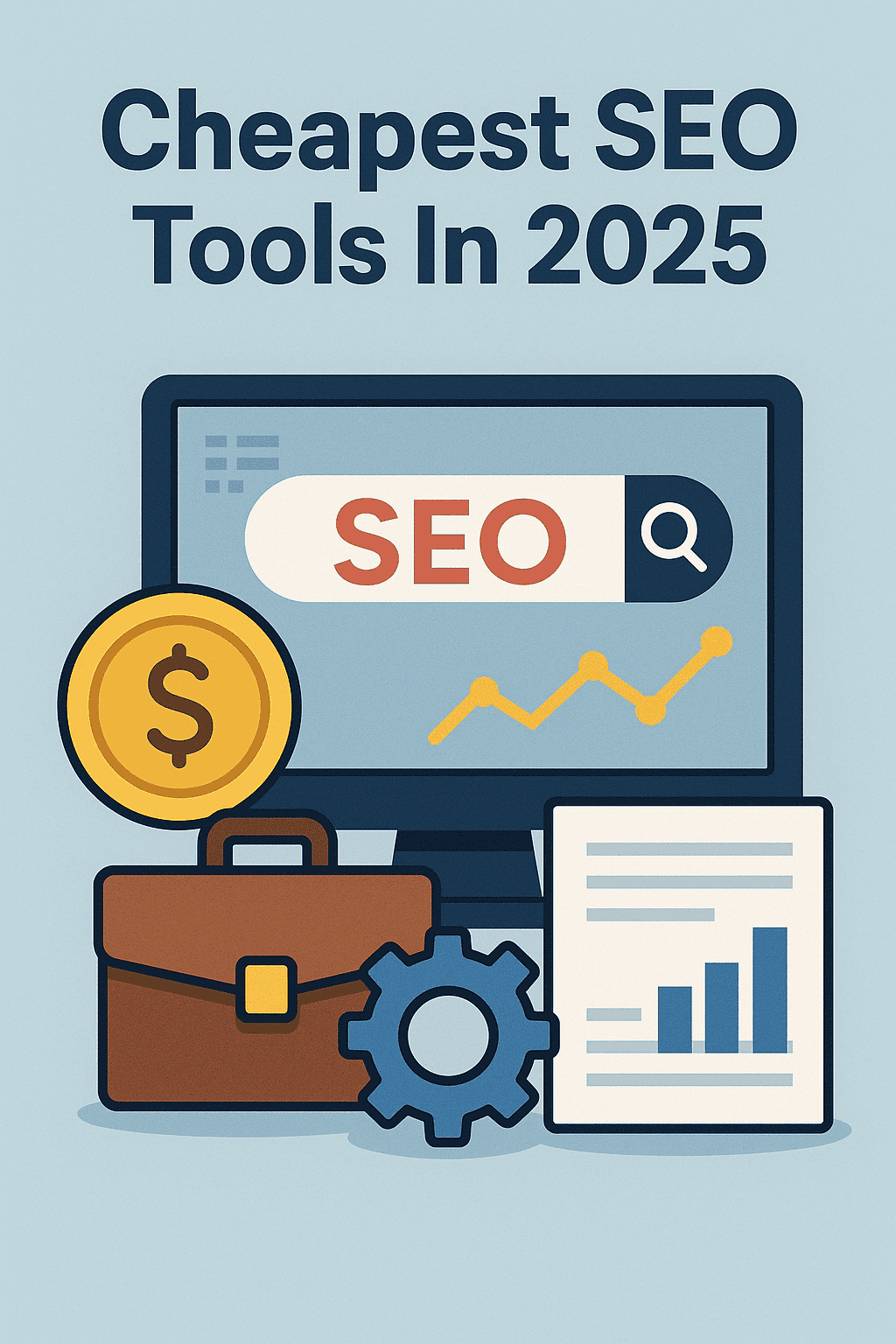
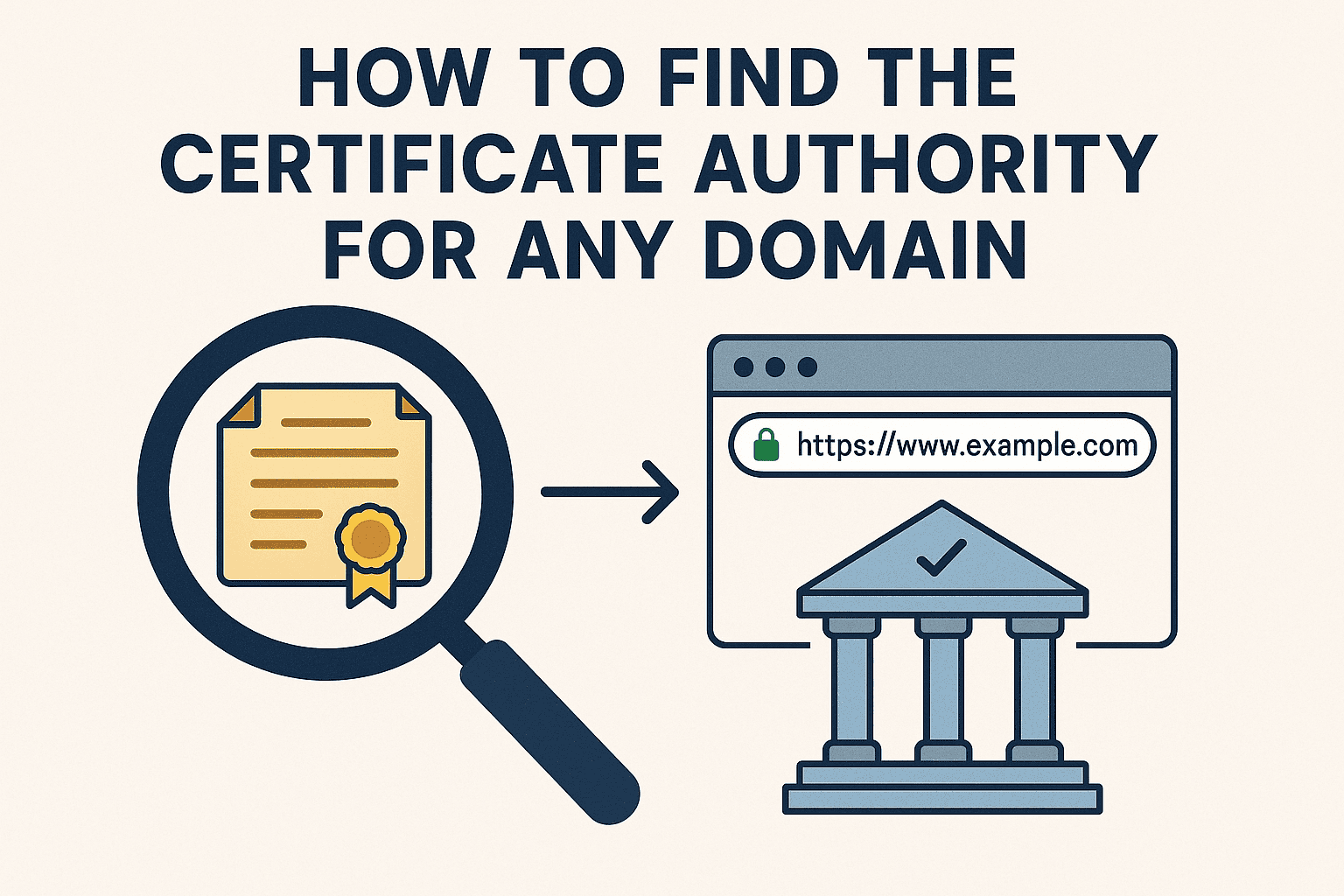
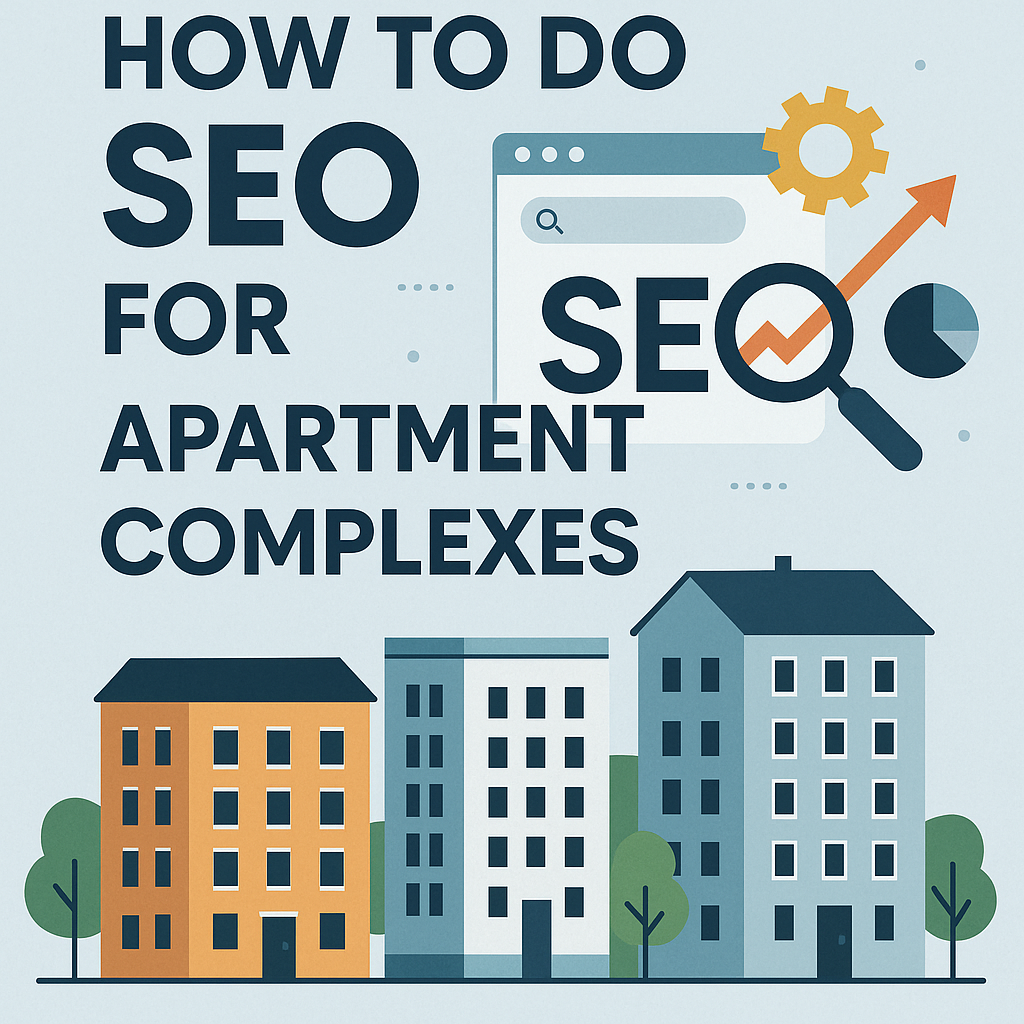
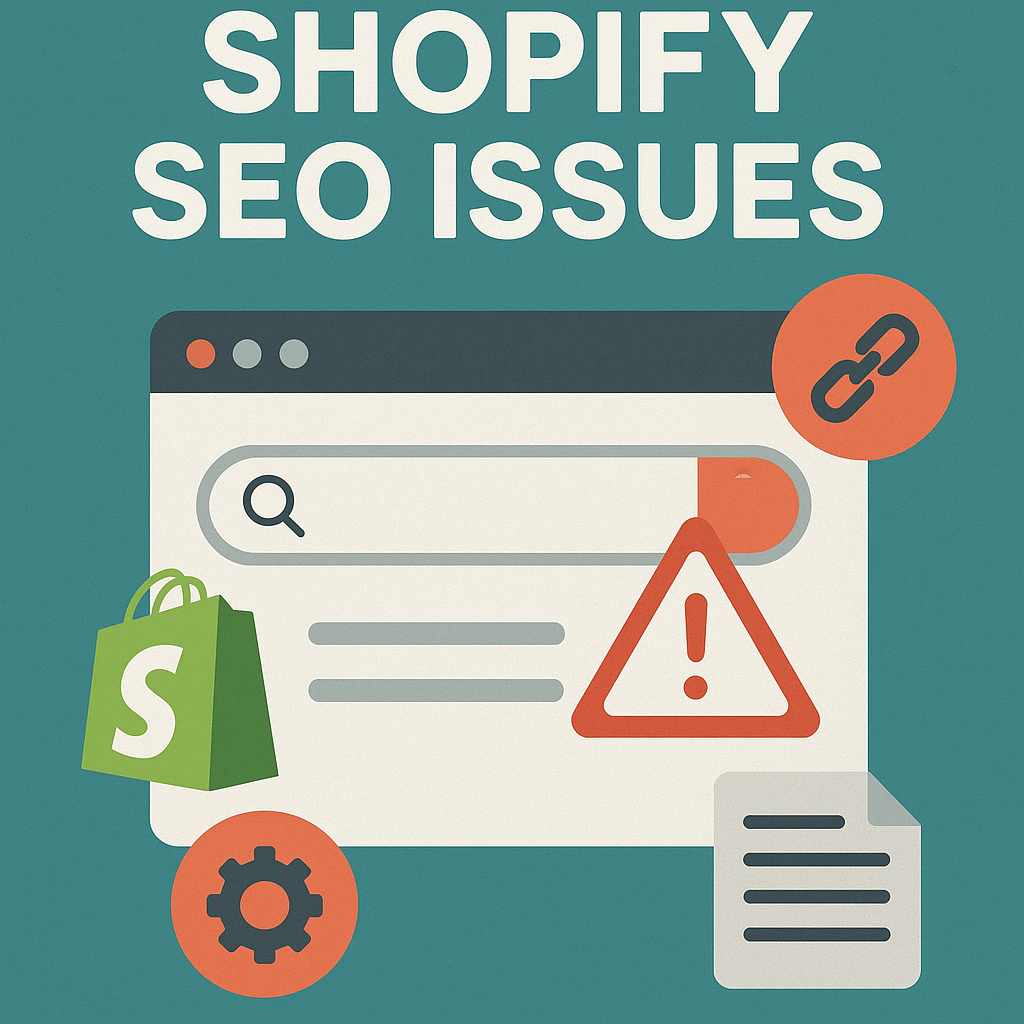
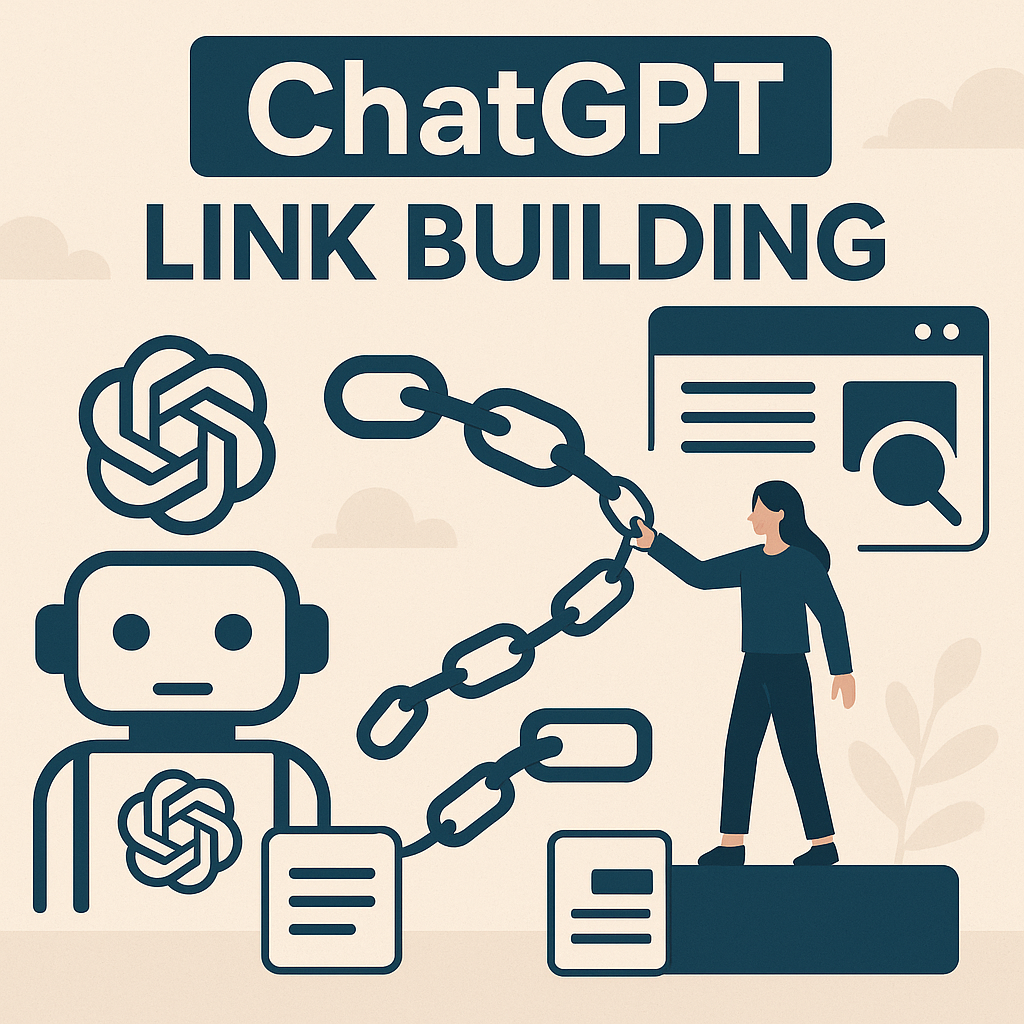
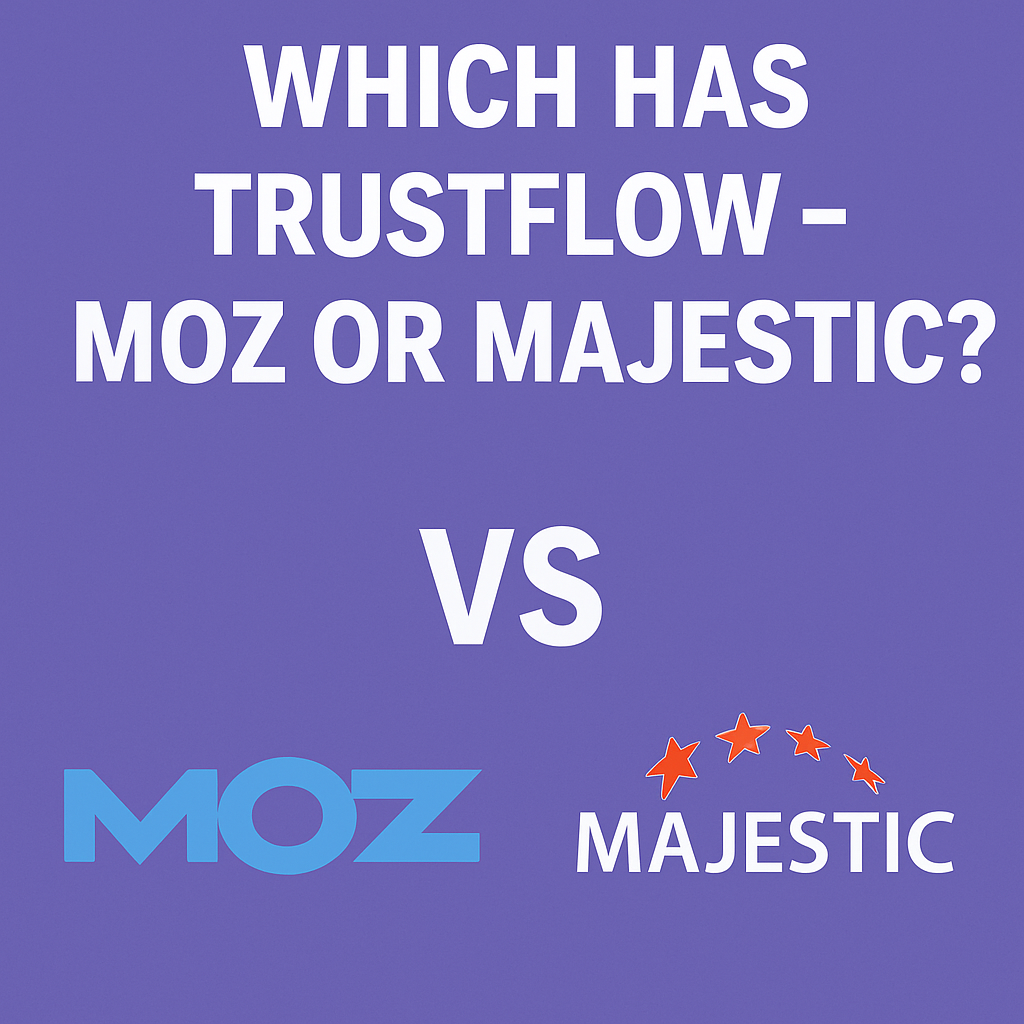

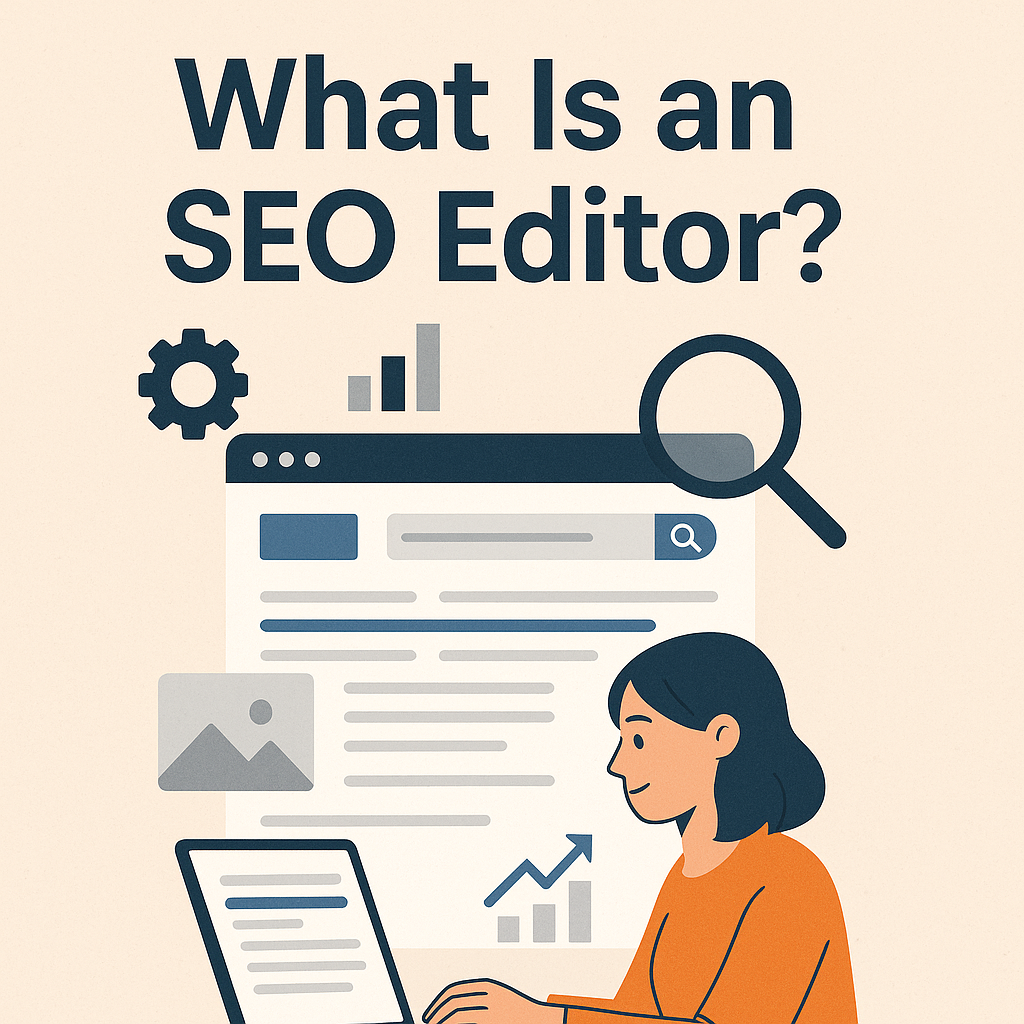
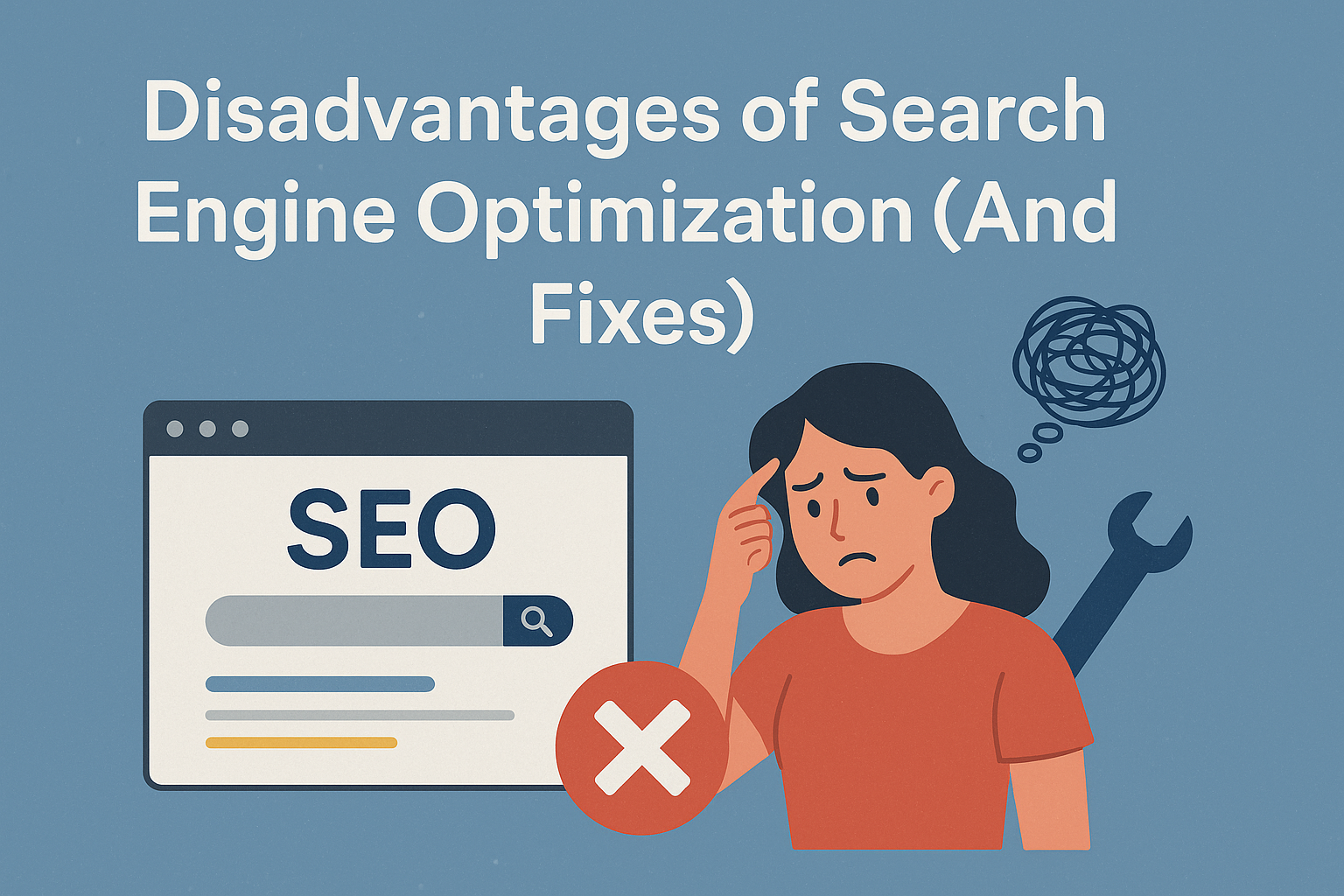
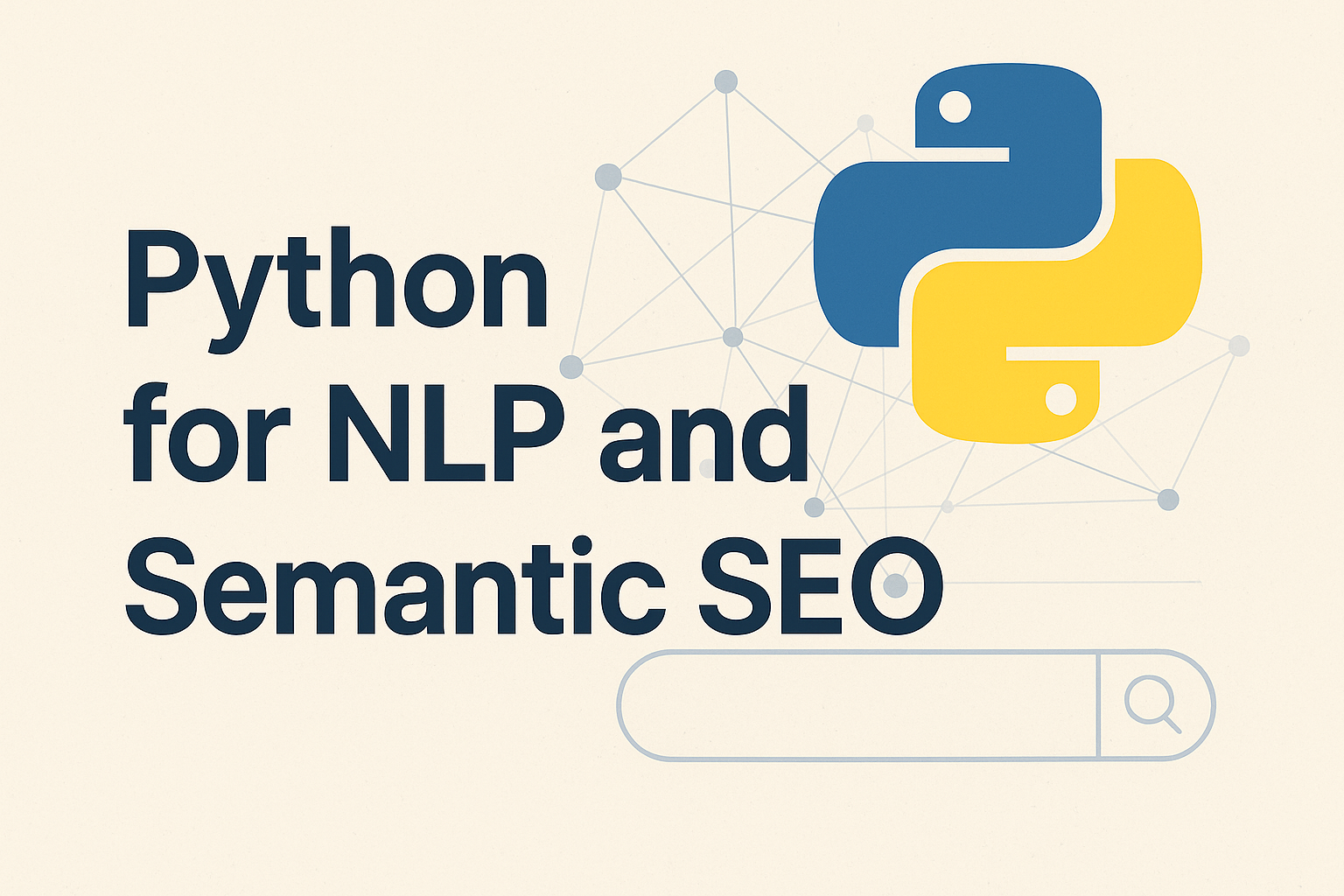



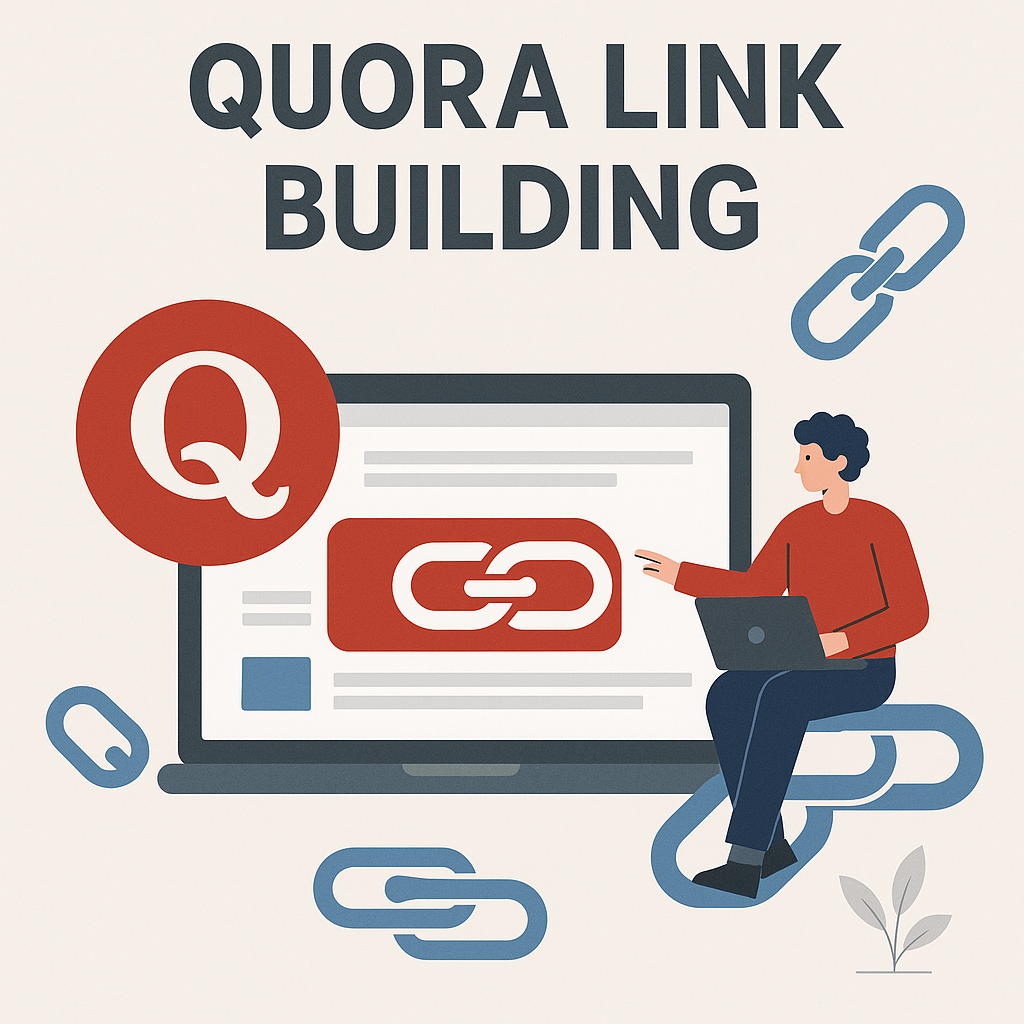
![How Many Outbound Links Per Blog [2025 Updated]](https://backlinkmanagement.io/wp-content/uploads/2025/06/How-Many-Outbound-Links-Per-Blog.png)
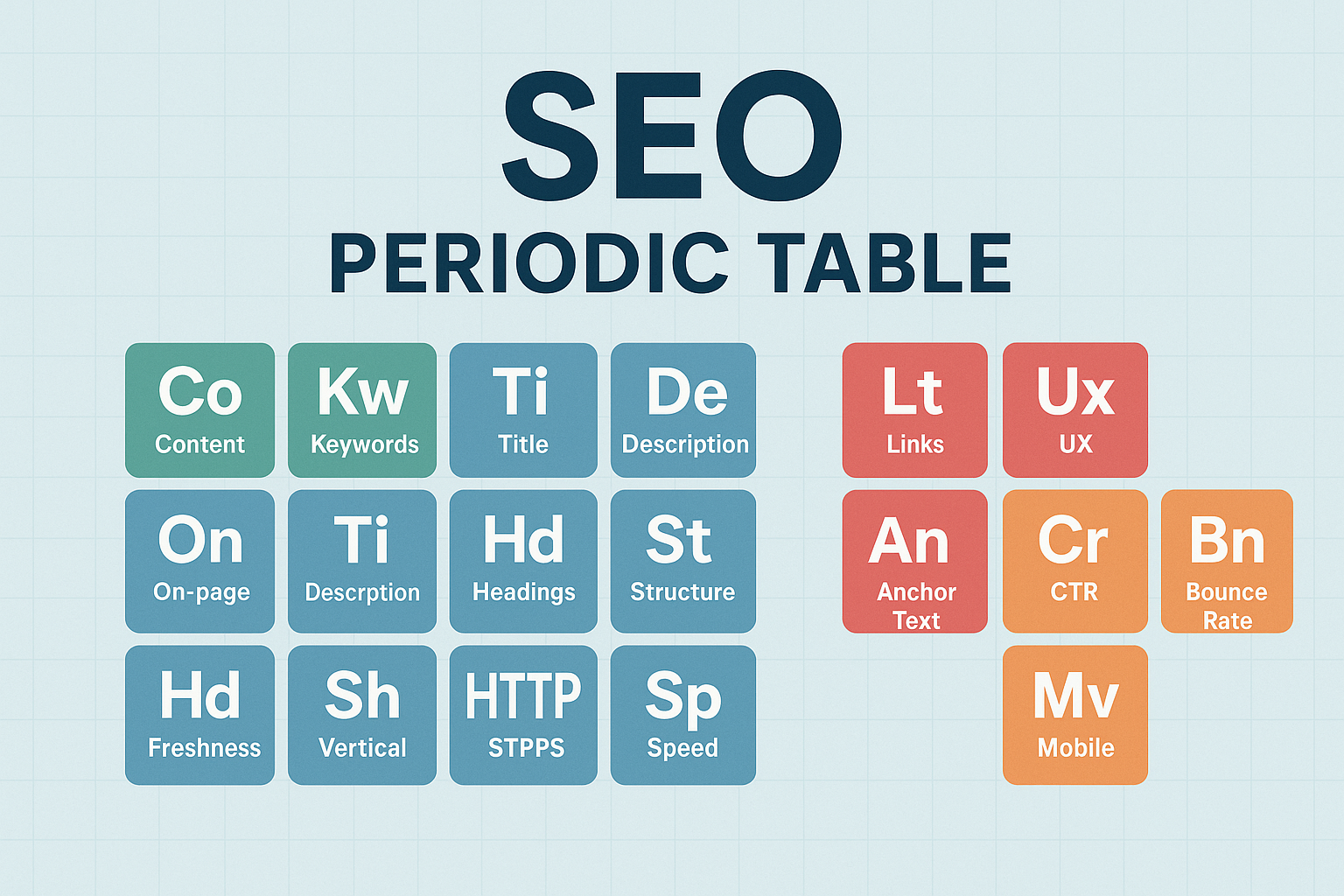

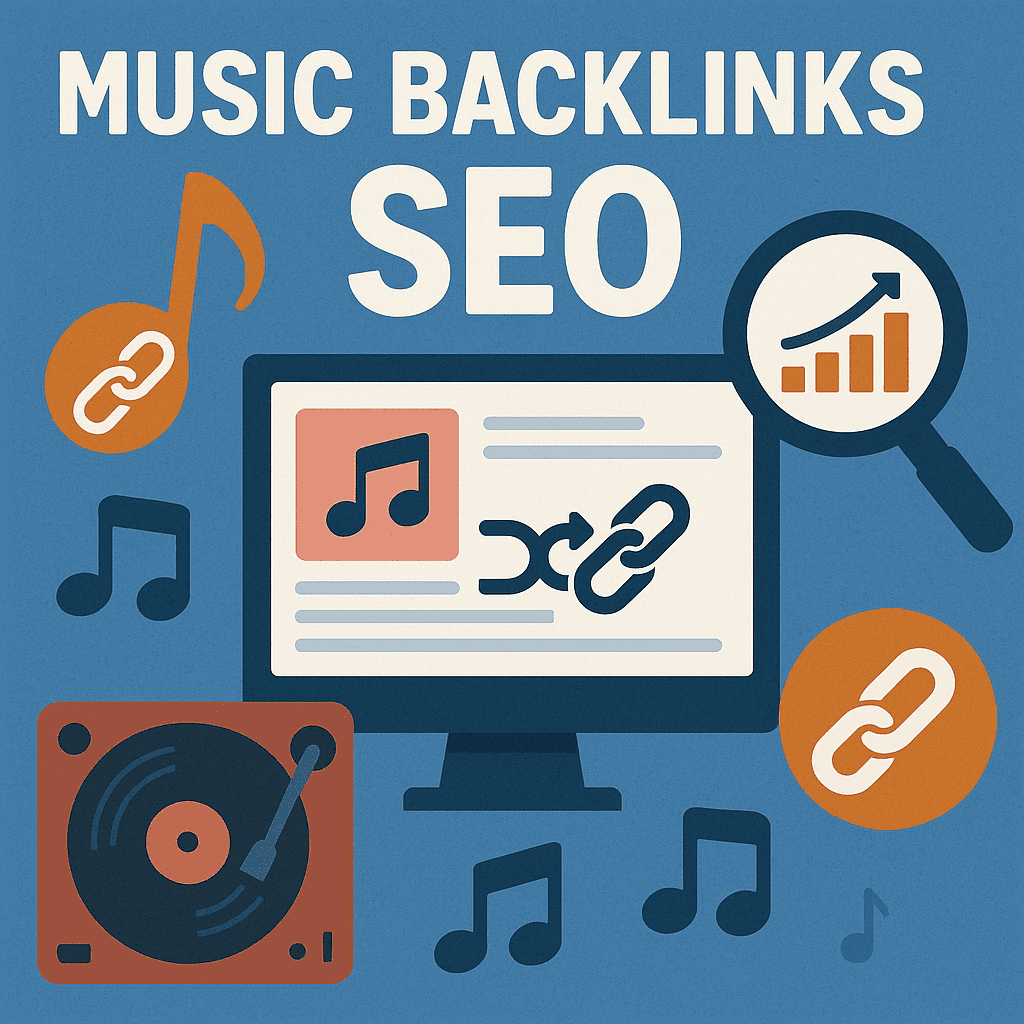
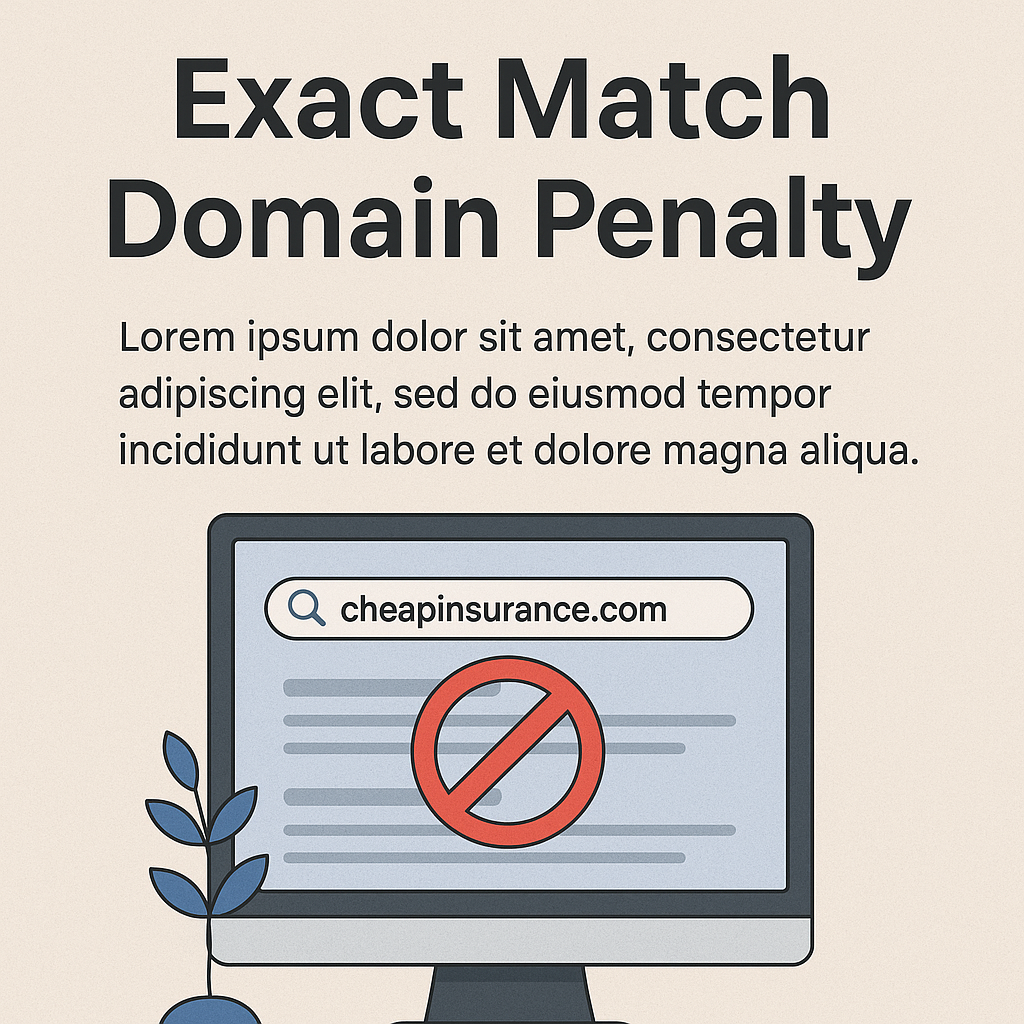
![B2B and B2C Website Examples [2025 Updated]](https://backlinkmanagement.io/wp-content/uploads/2025/05/B2B-and-B2C-Website-Example-.png)
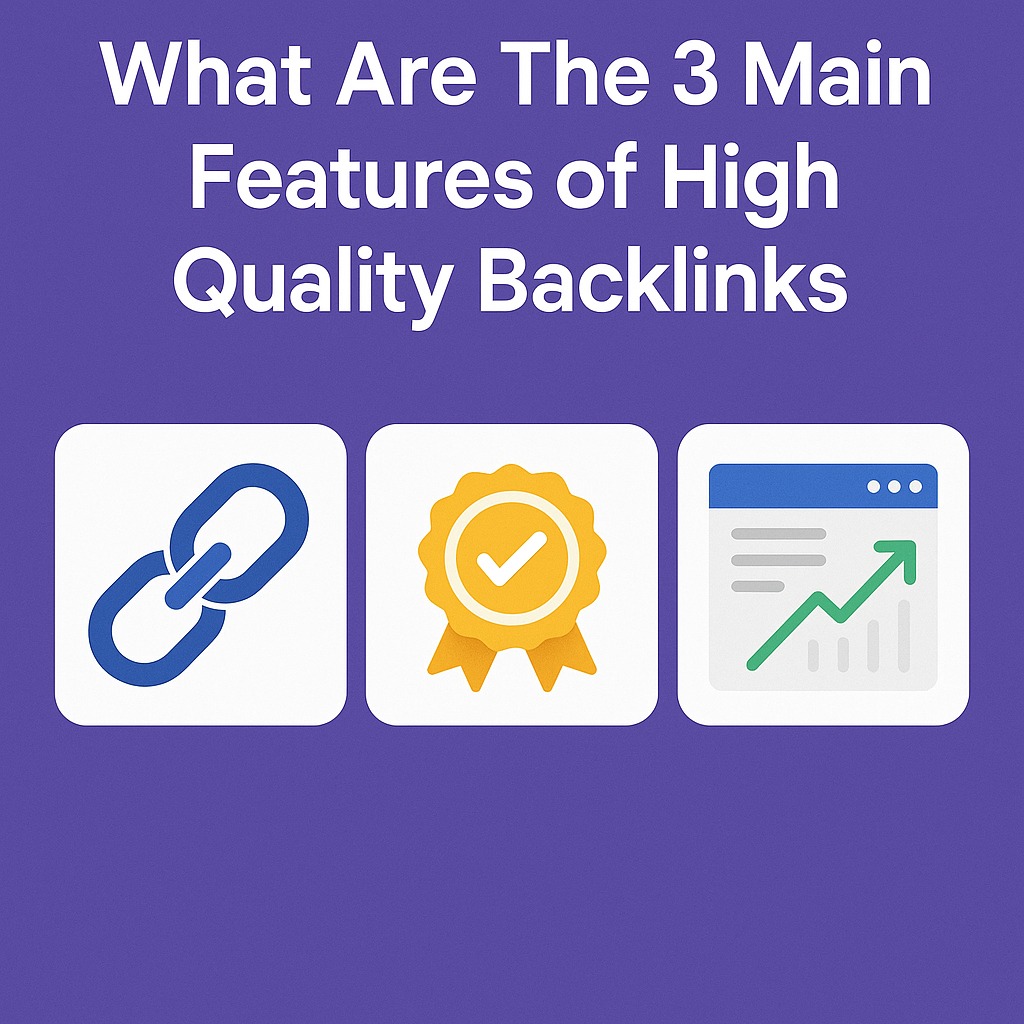
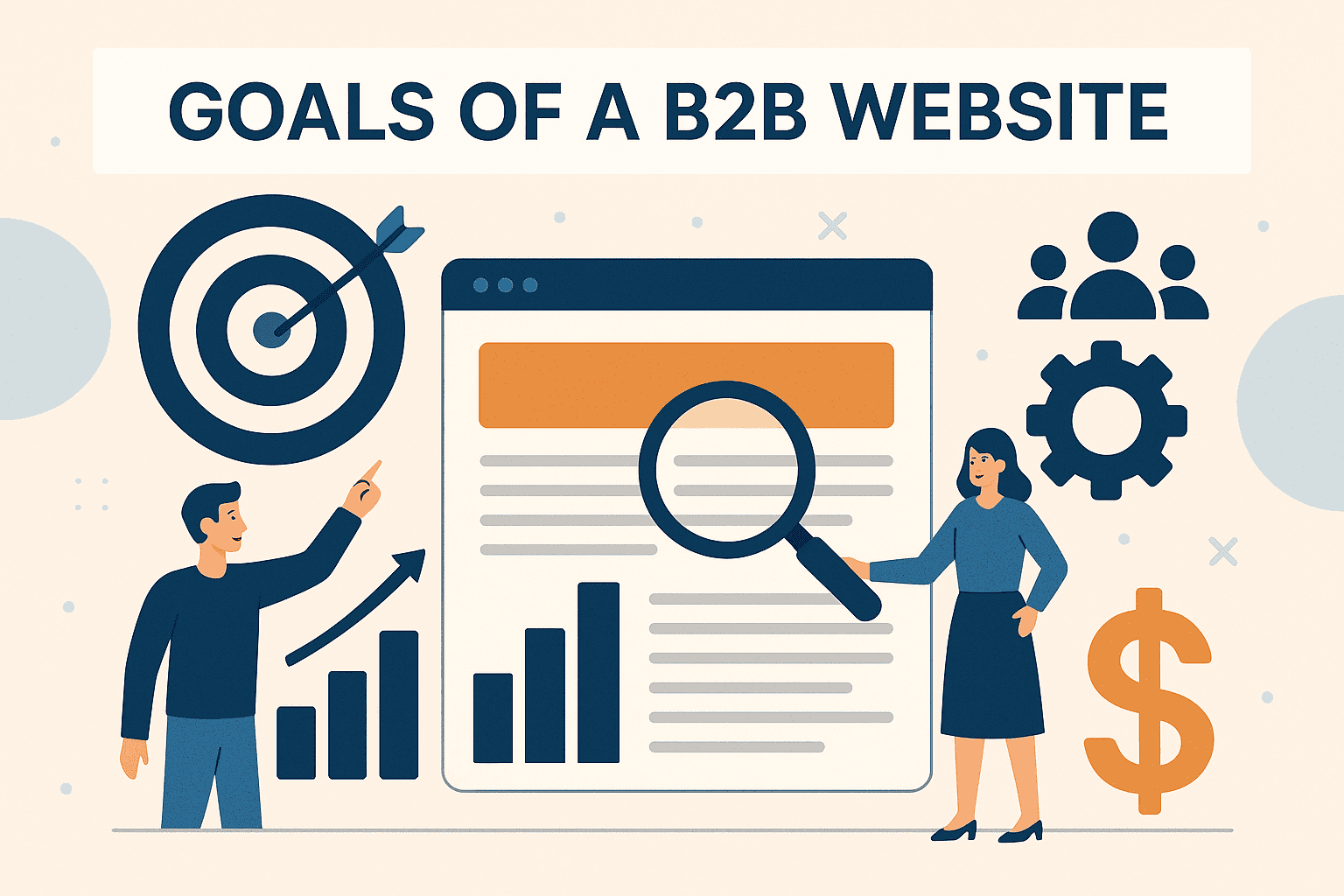
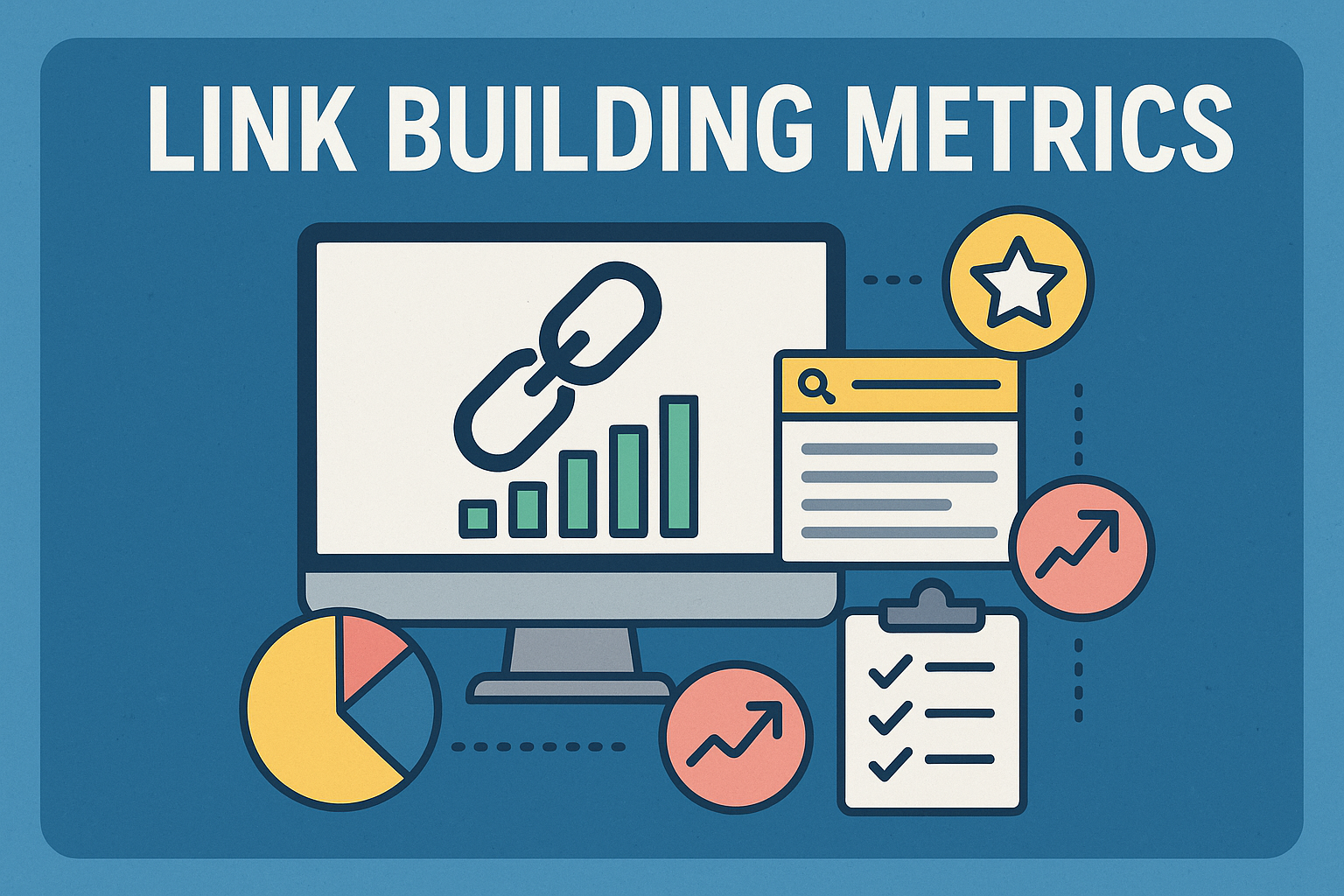
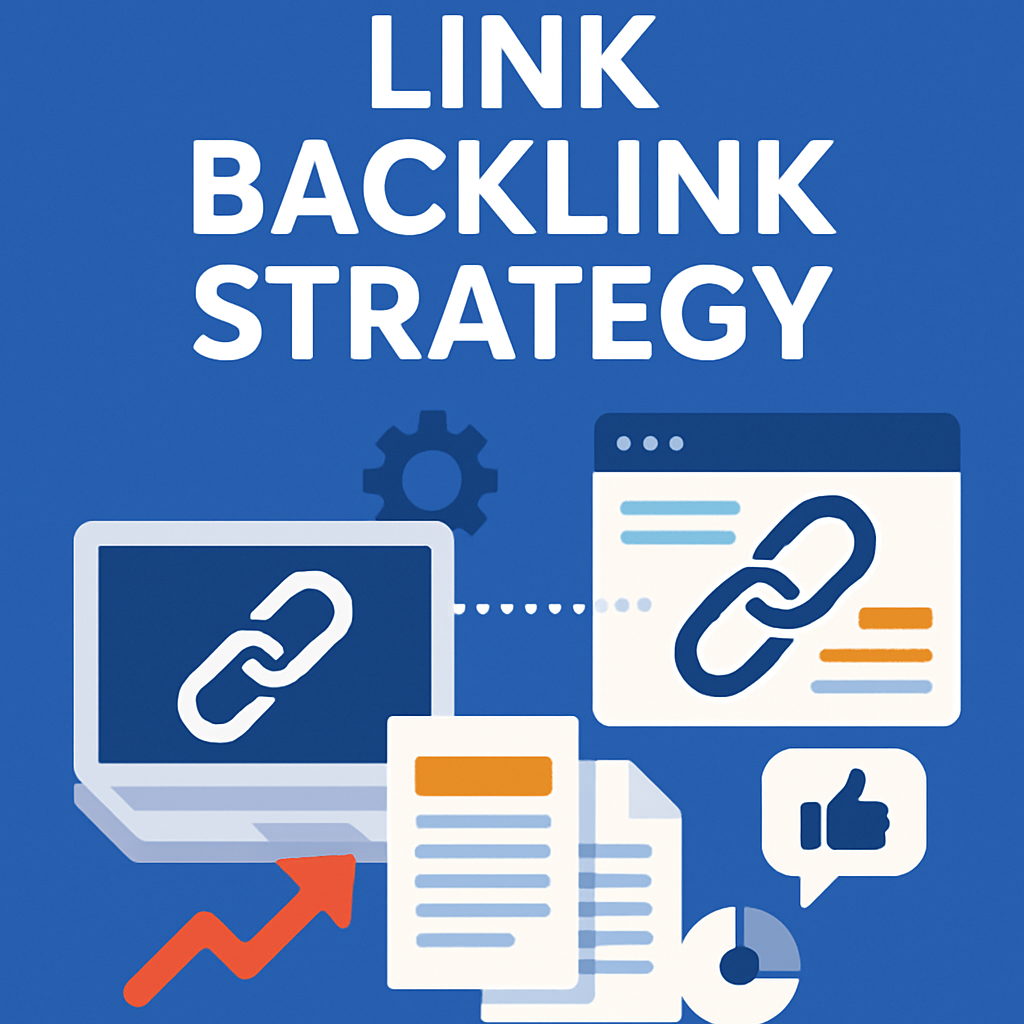
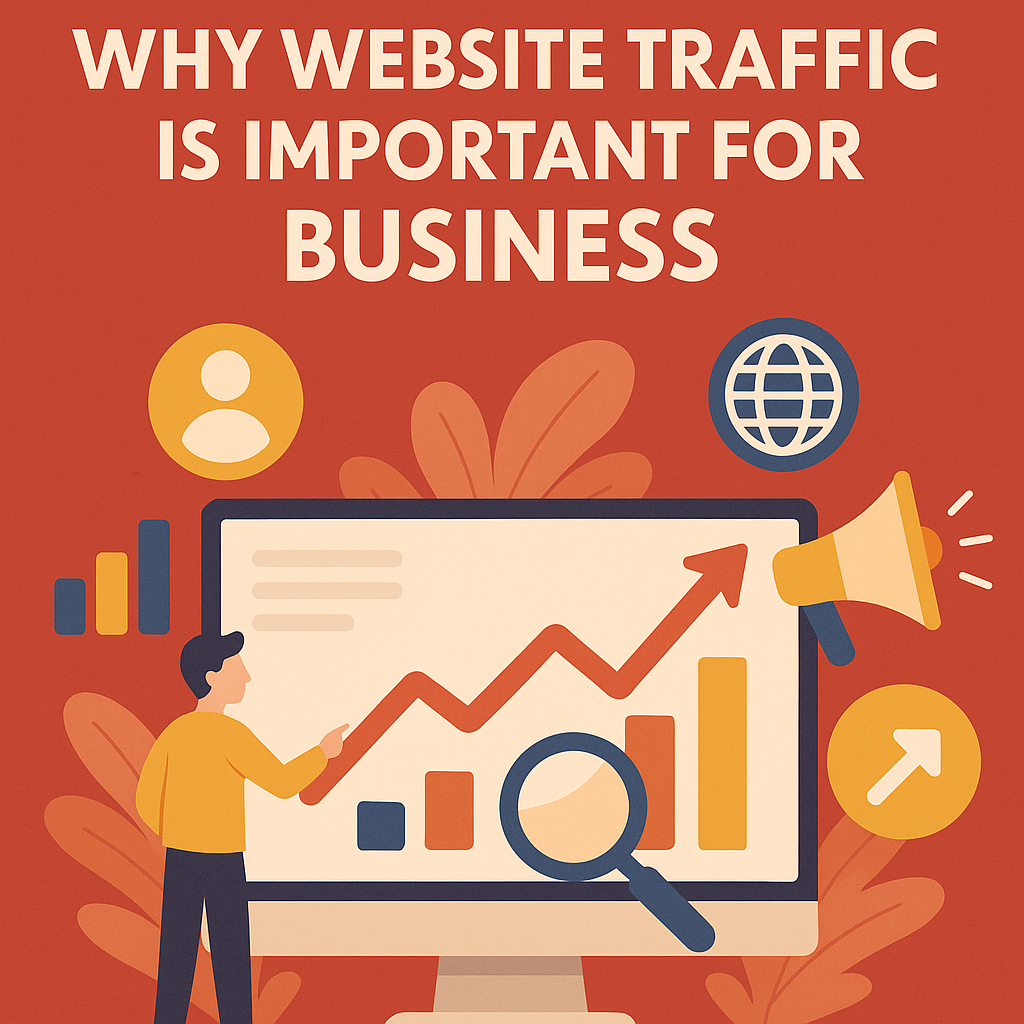
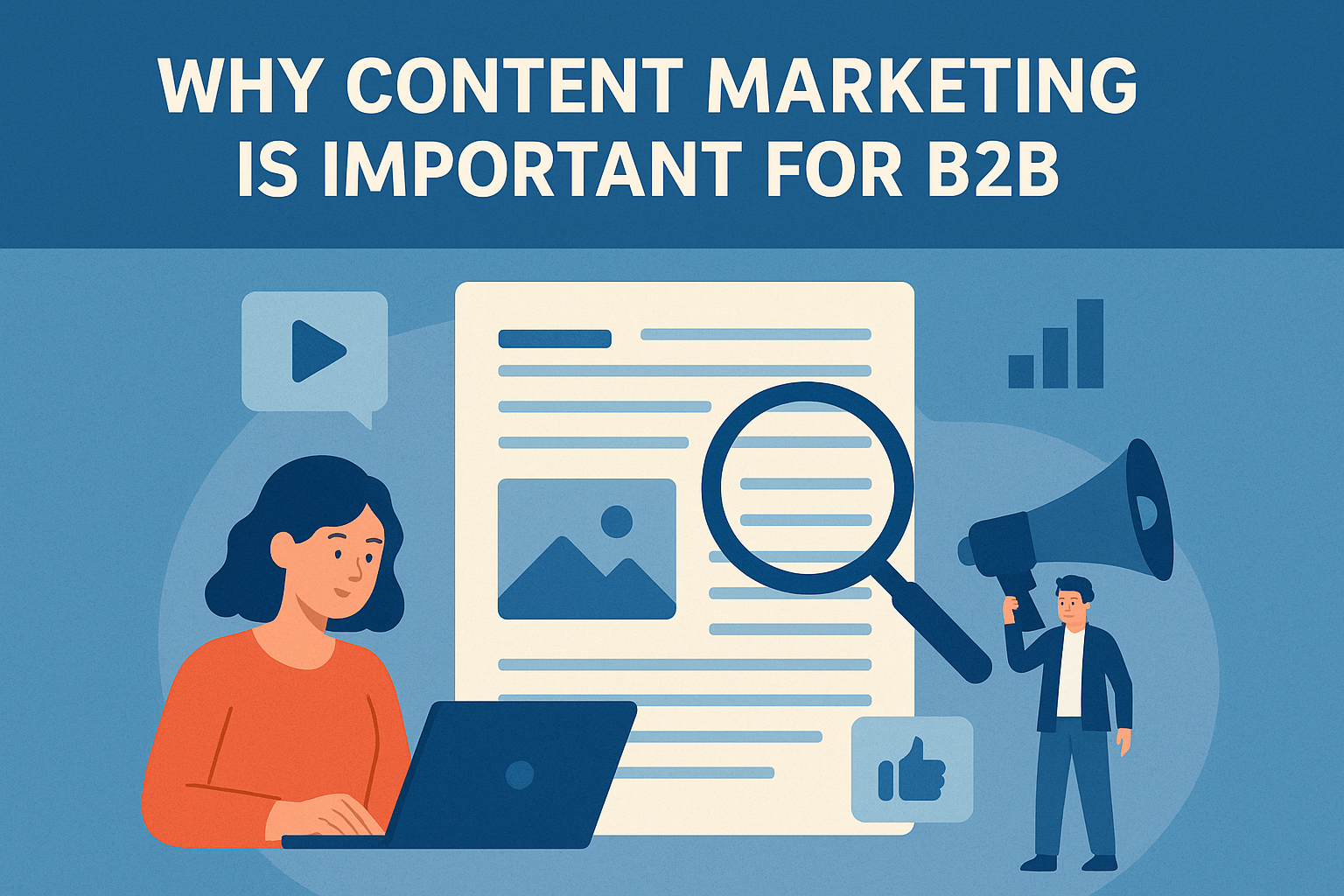
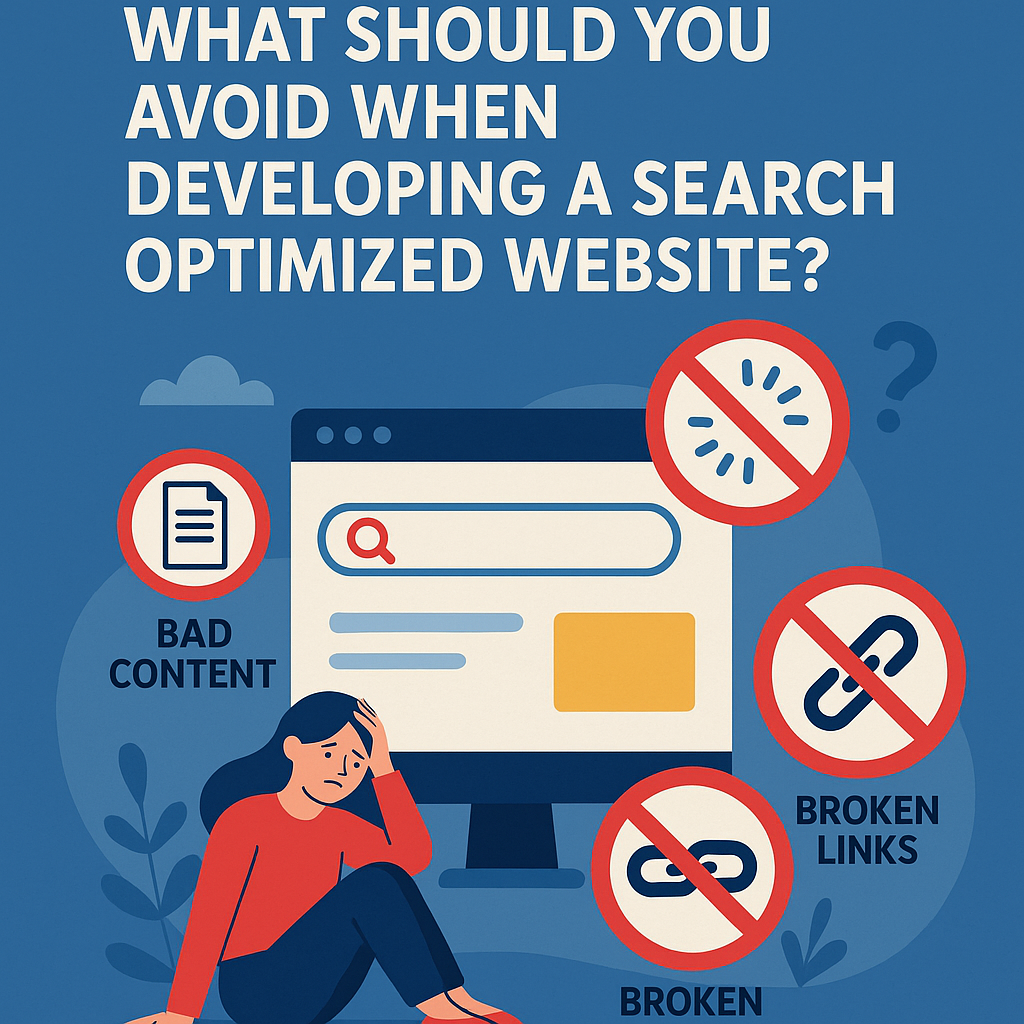
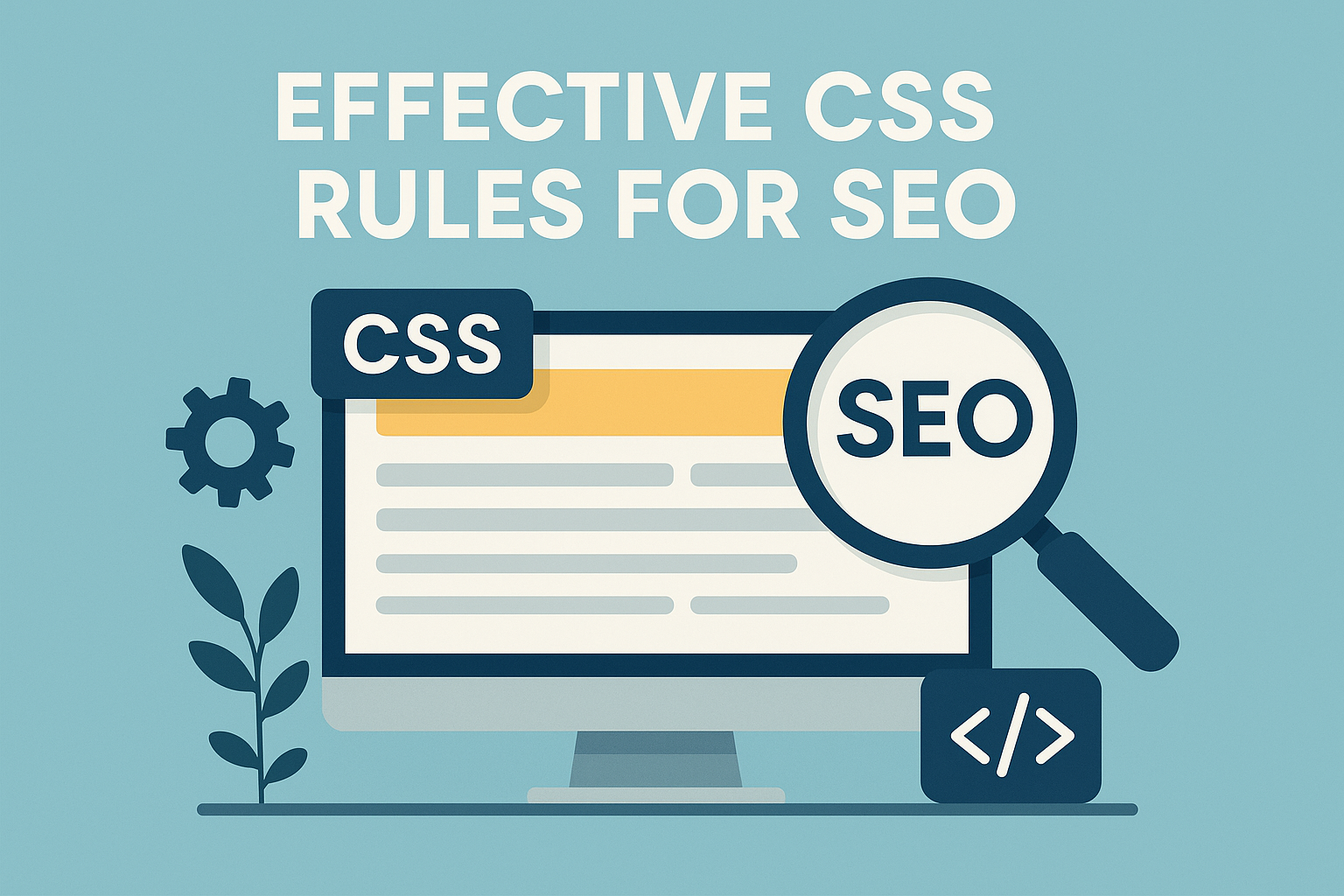

![What To Do After Keyword Research [2025 Guide]](https://backlinkmanagement.io/wp-content/uploads/2025/05/What-To-Do-After-Keyword-Research.png)
![Is Page Speed Really A Ranking Factor? [2025]](https://backlinkmanagement.io/wp-content/uploads/2025/05/Is-Page-Speed-Really-A-Ranking-Factor.png)






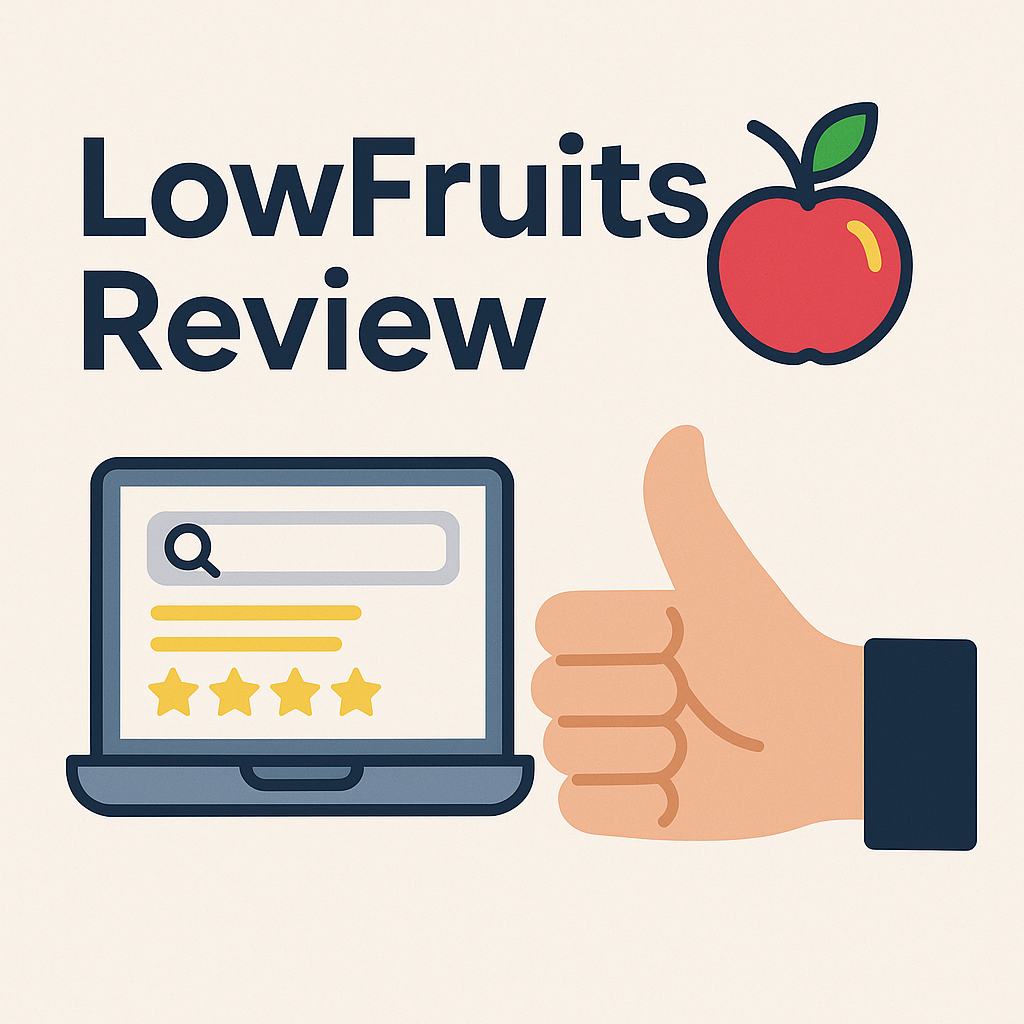

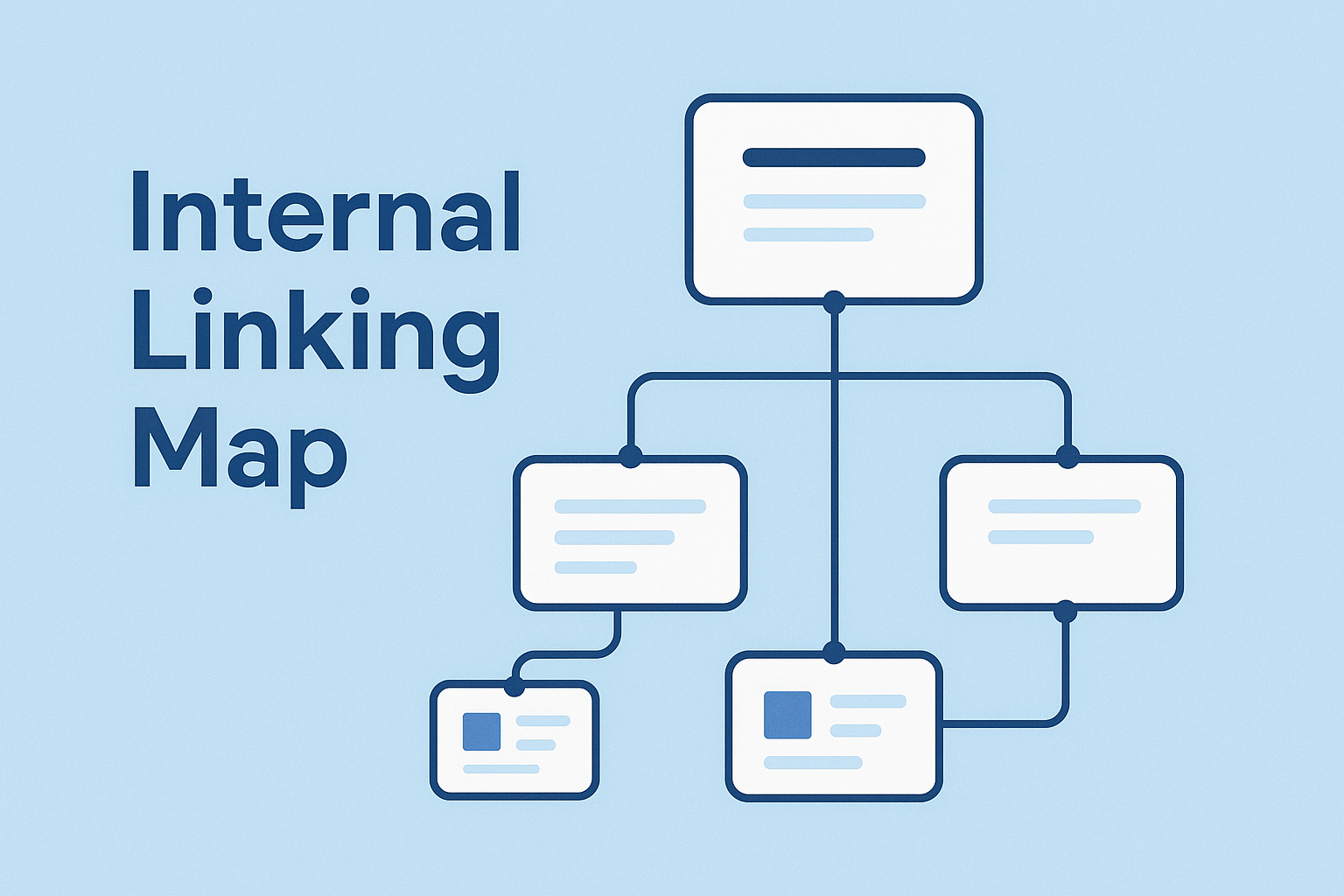
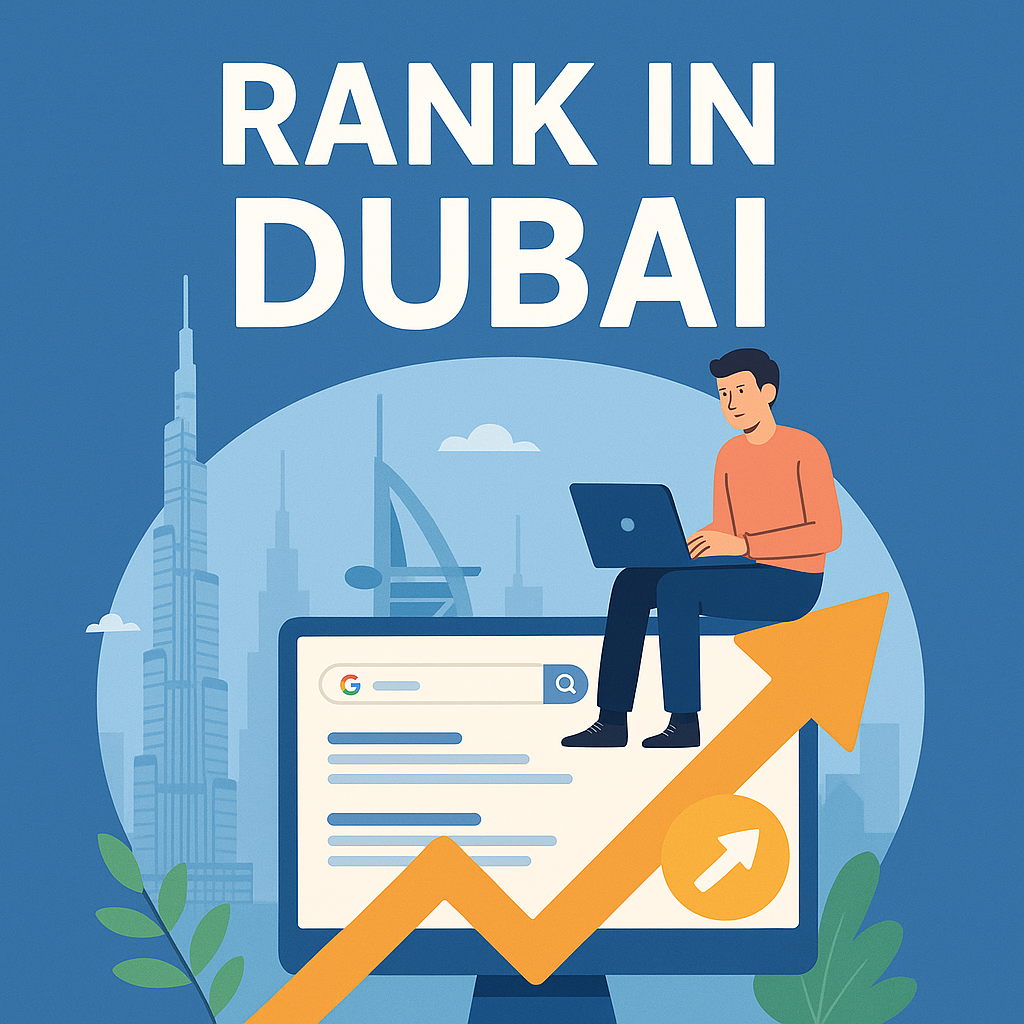
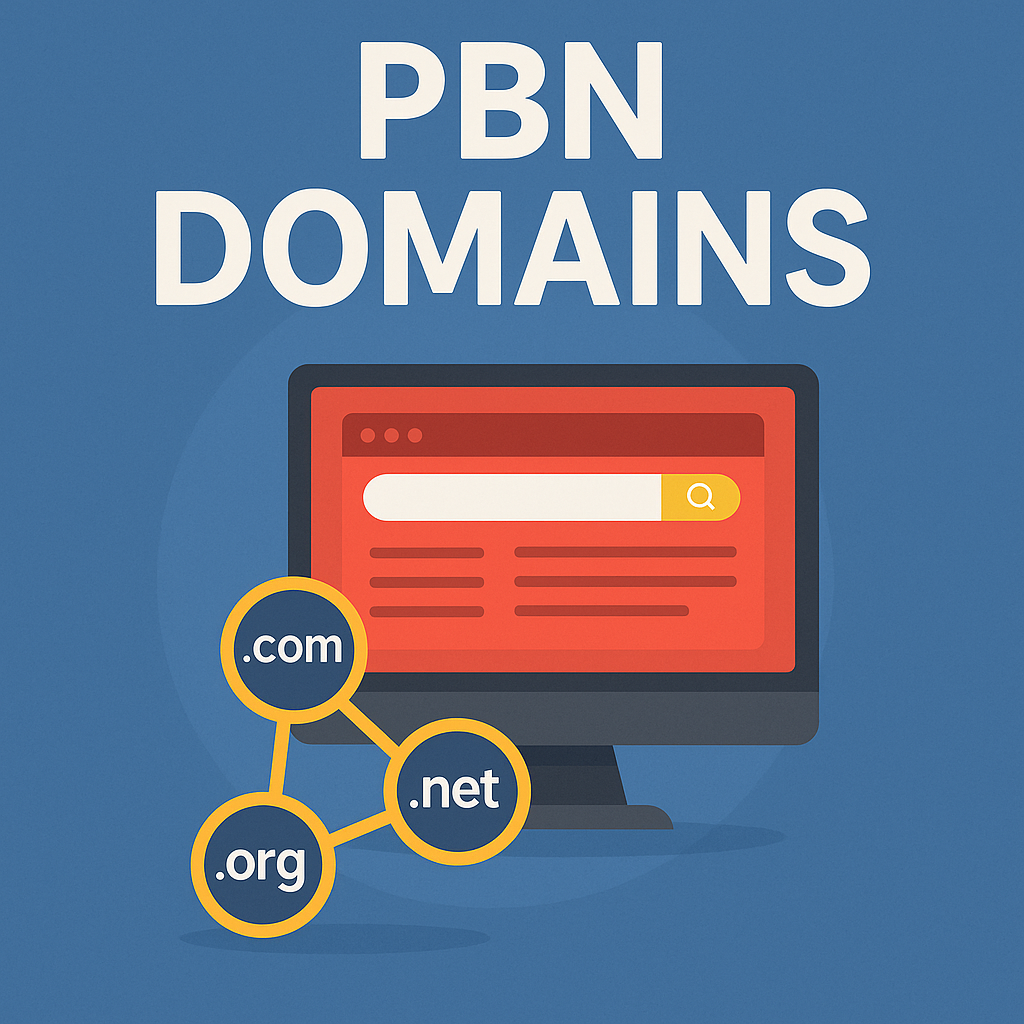
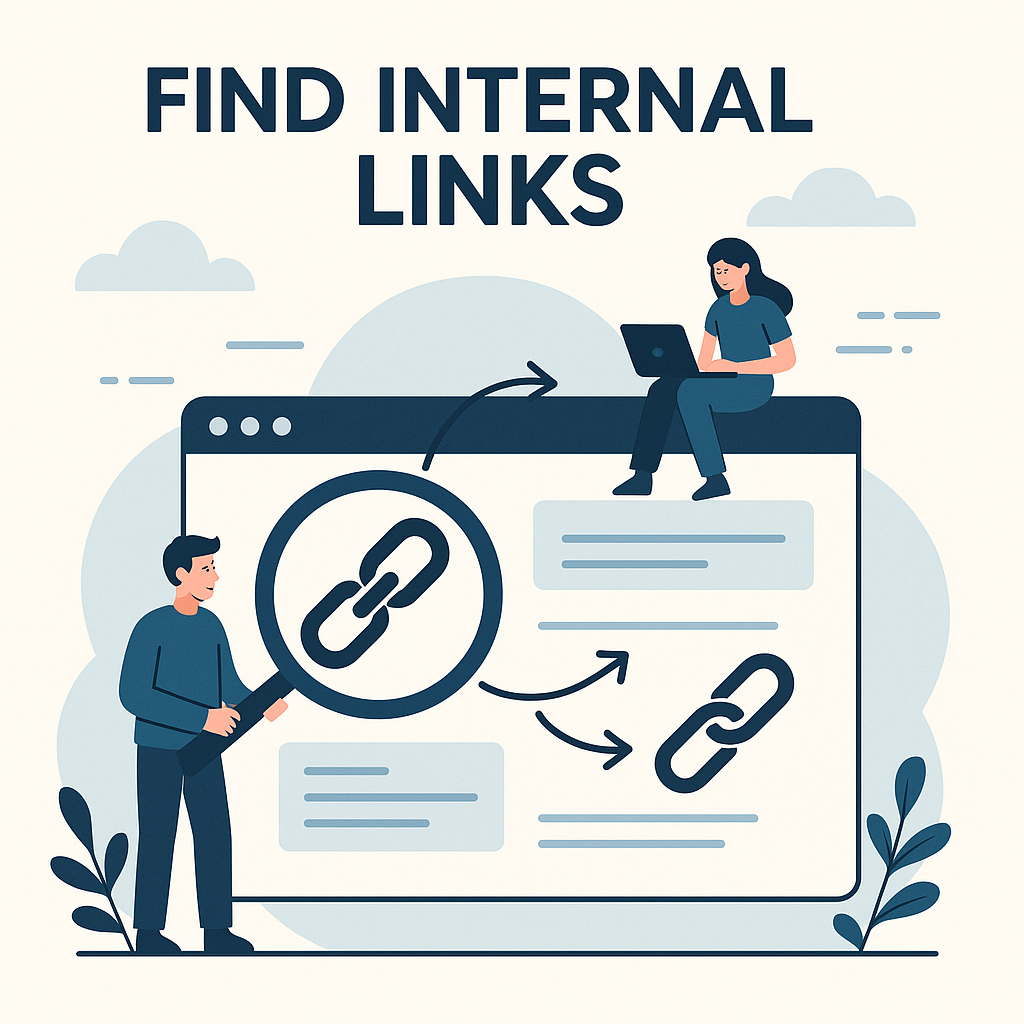
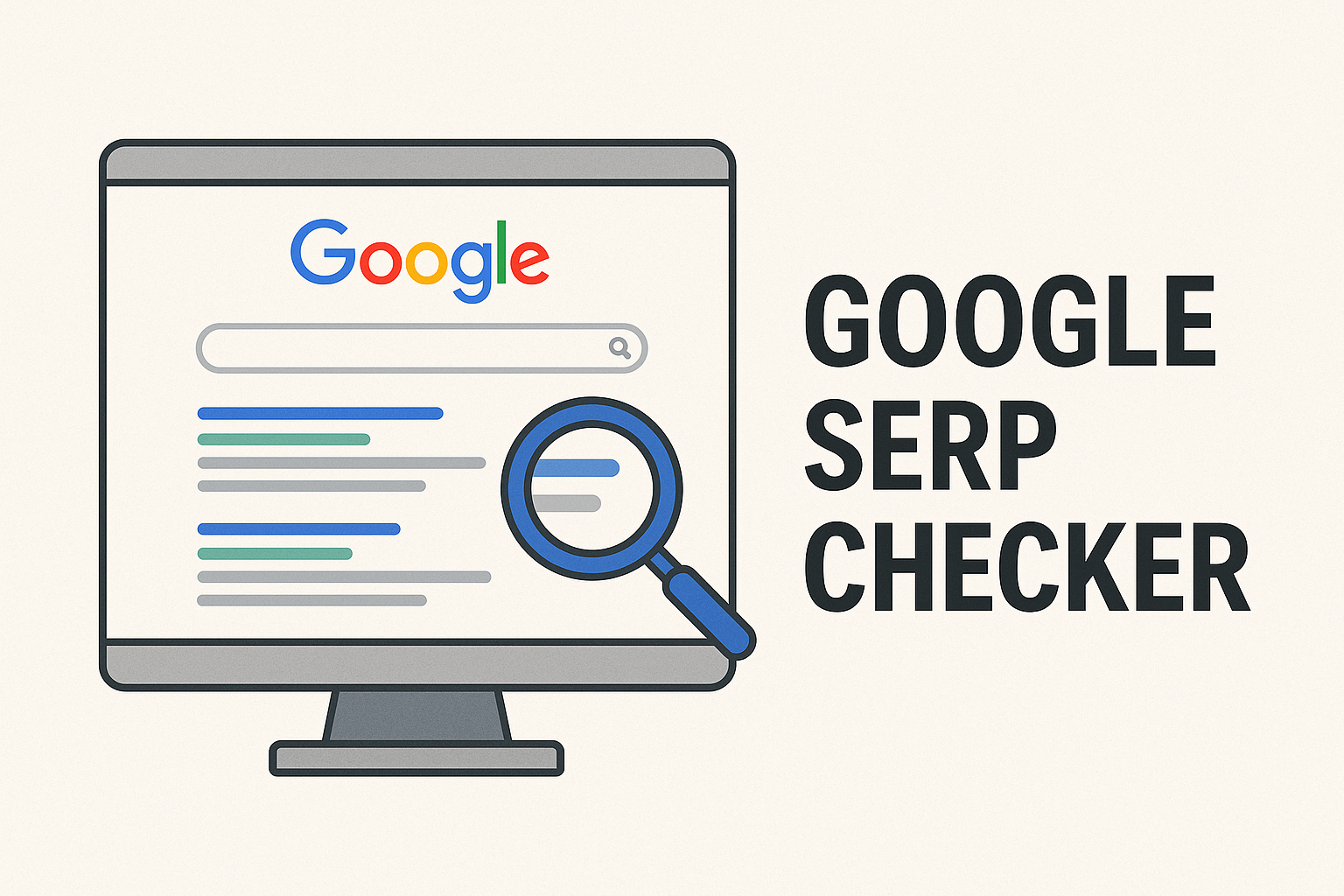
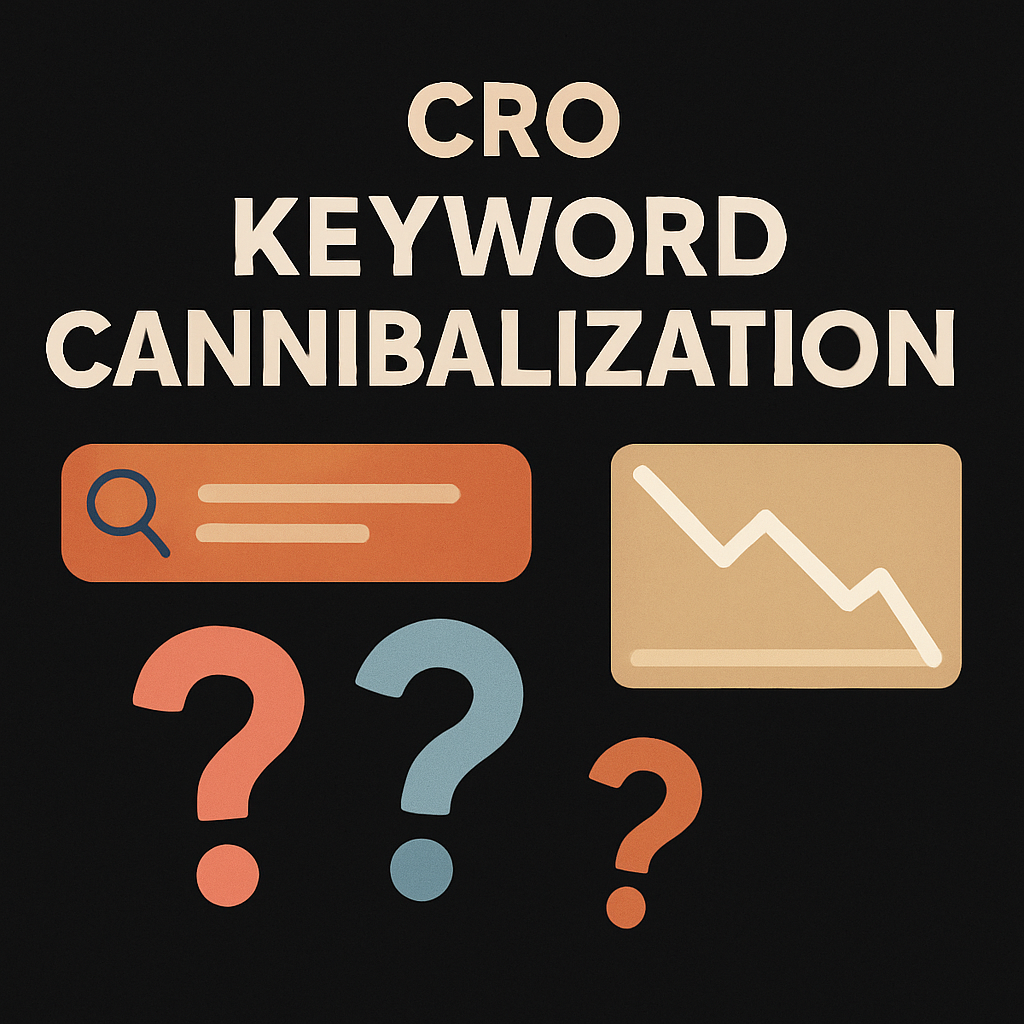
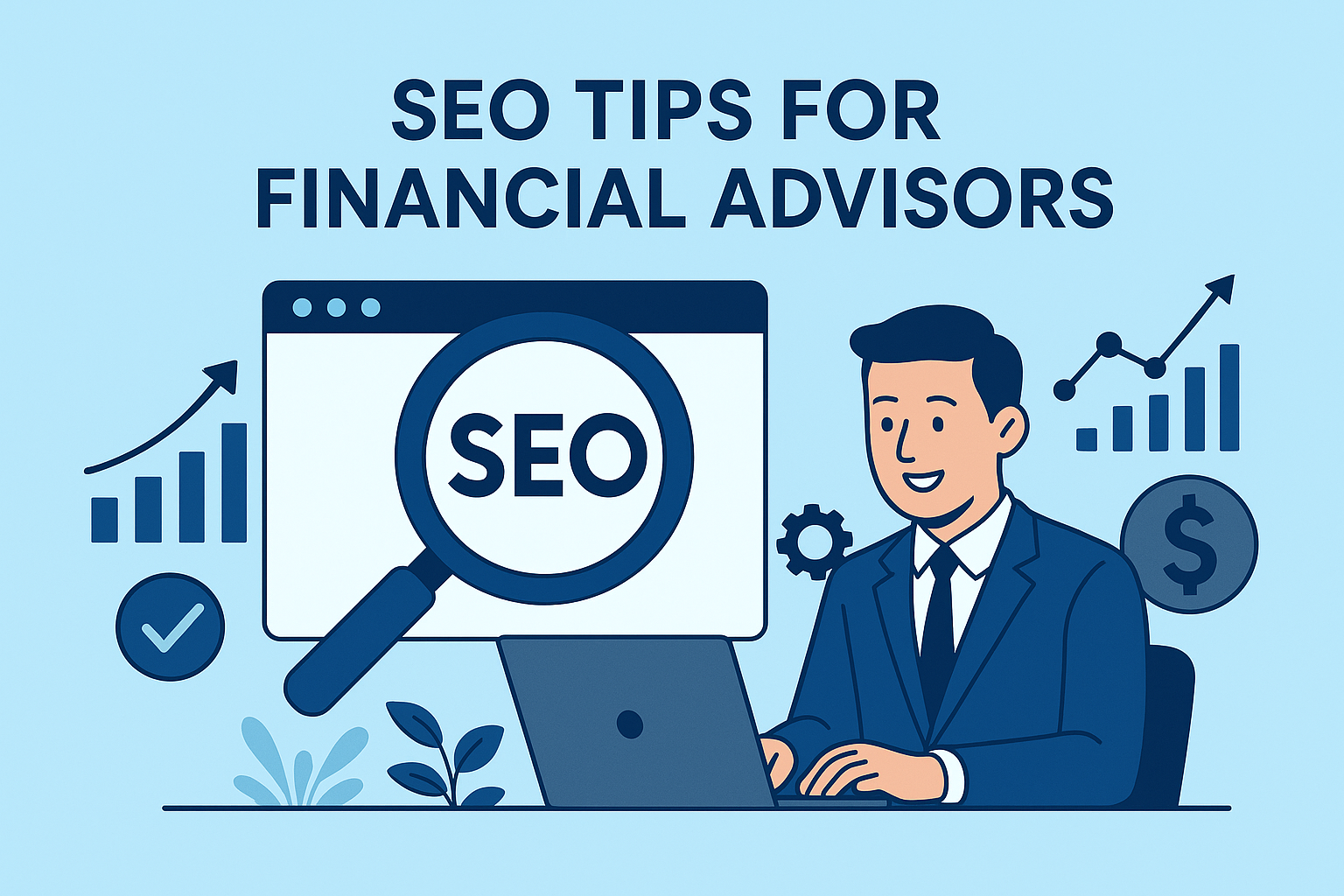
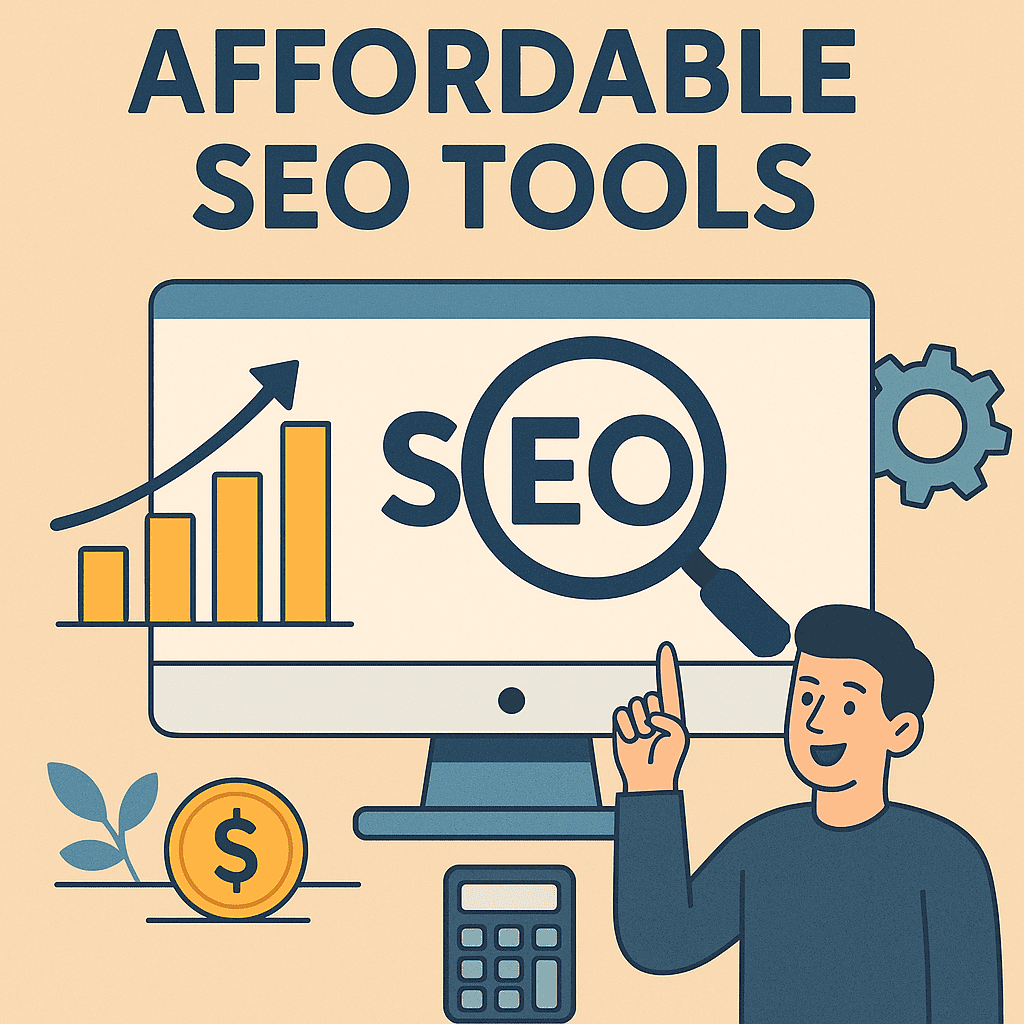
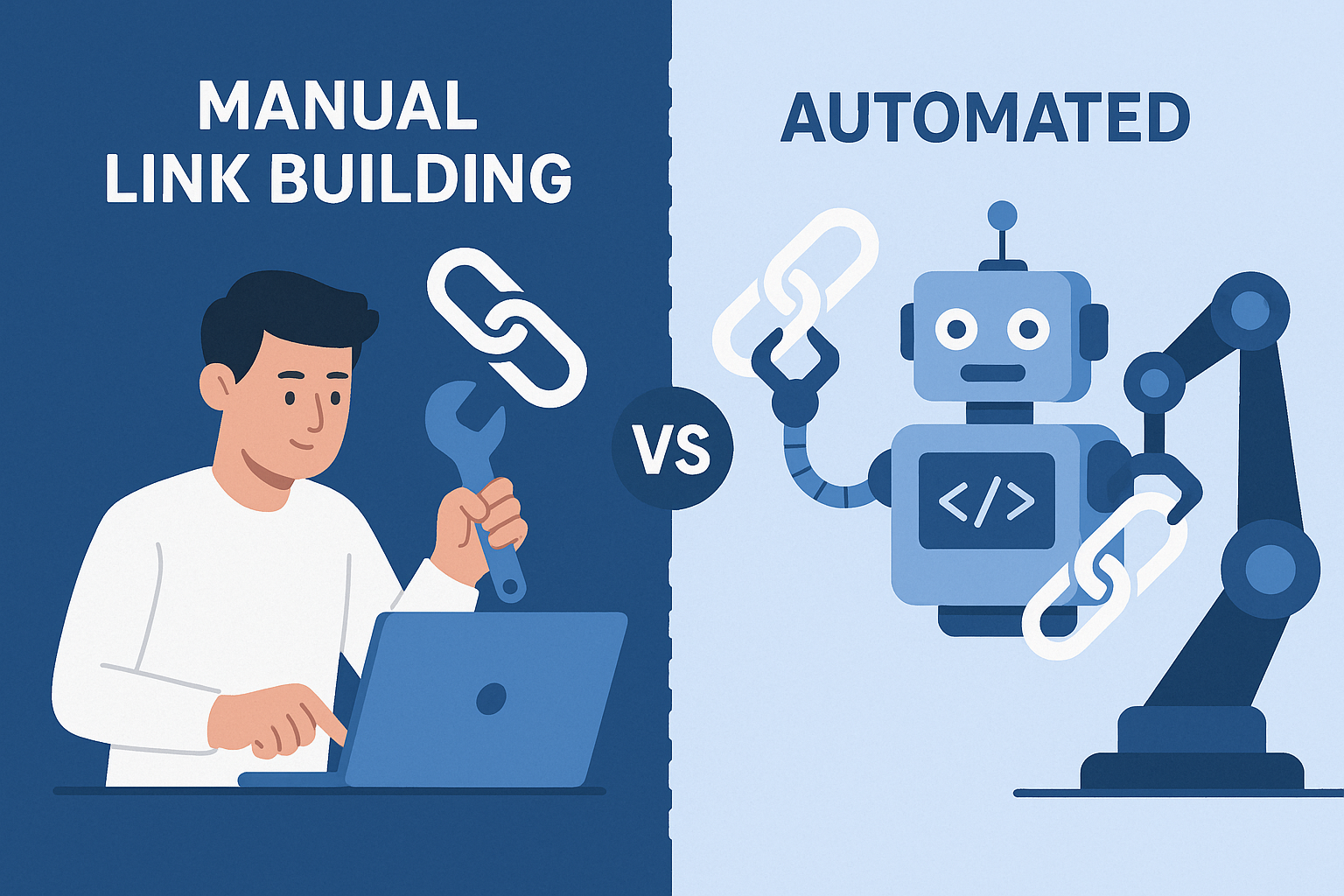

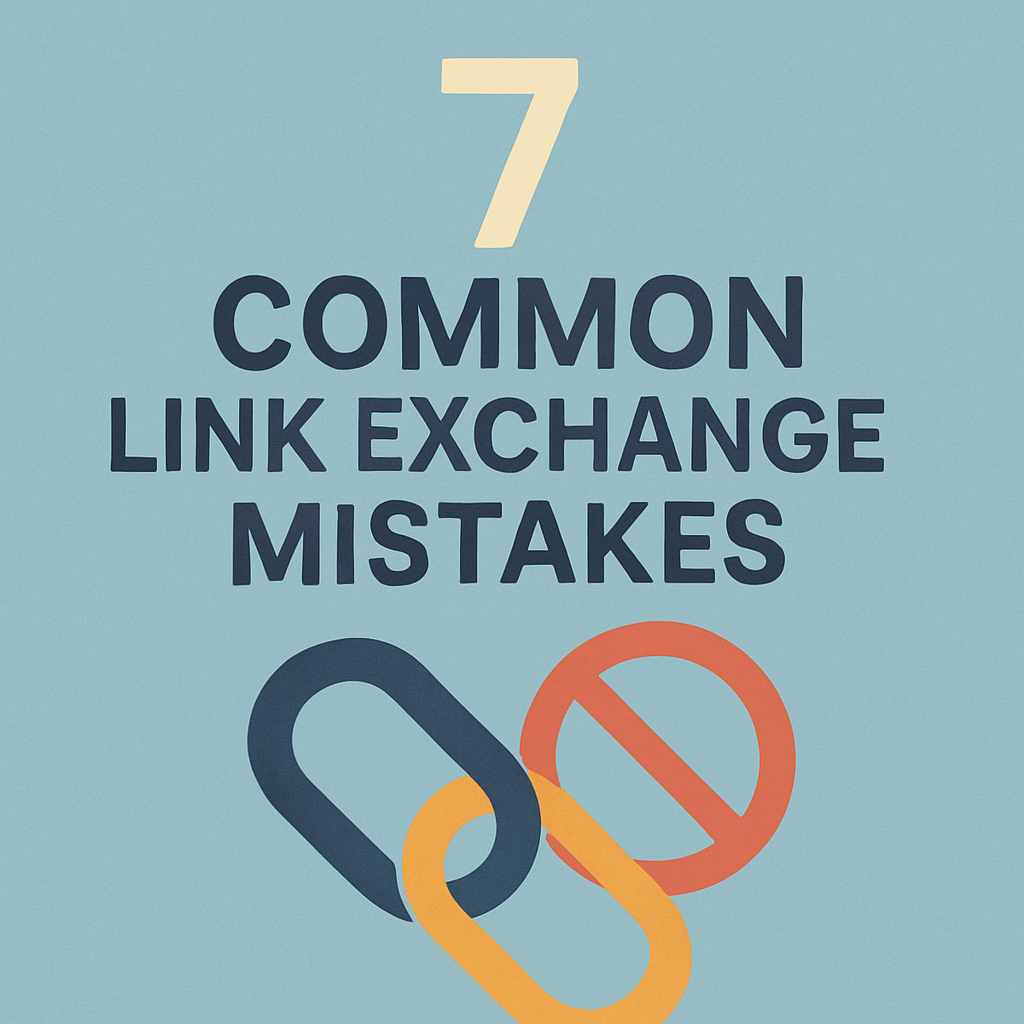
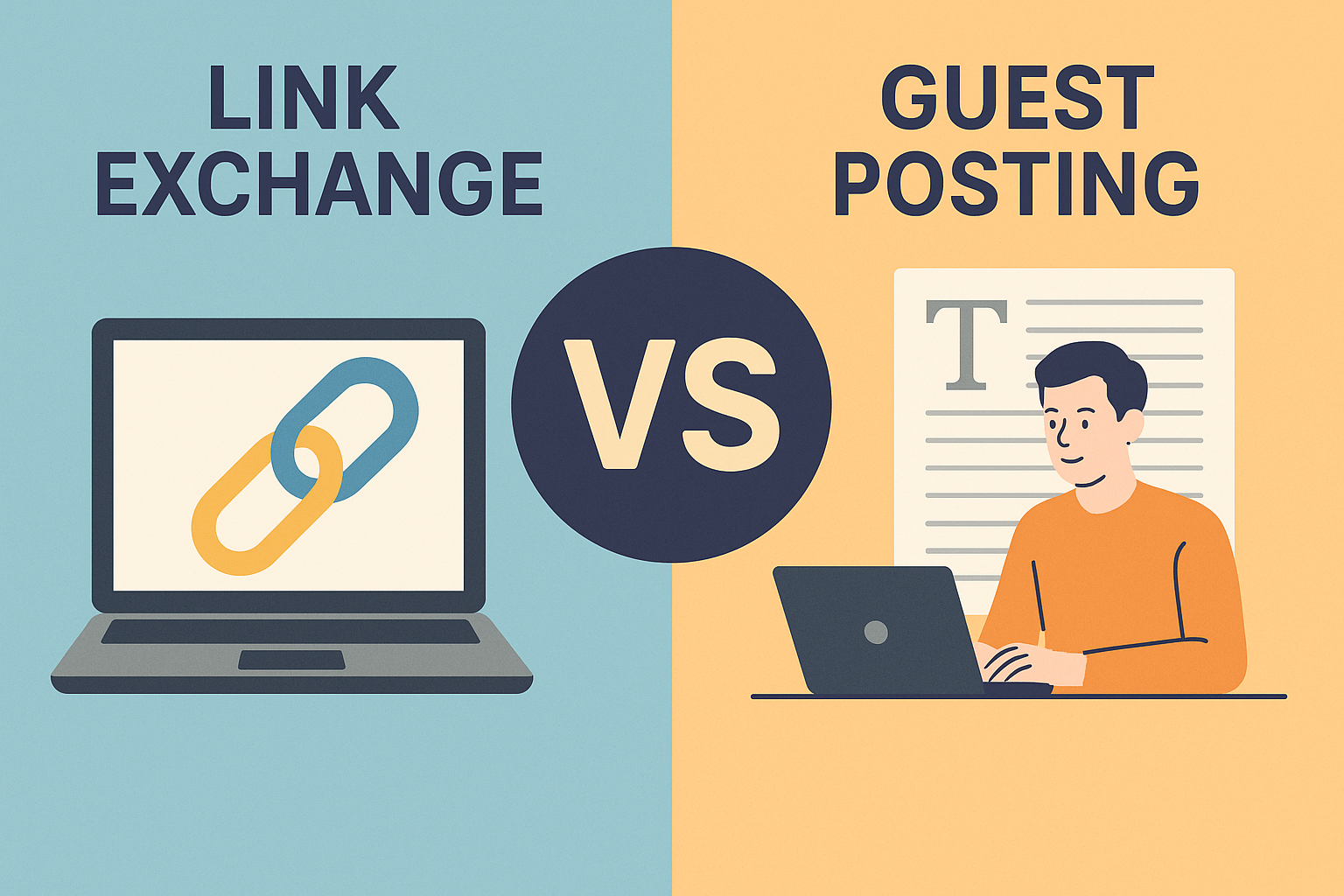
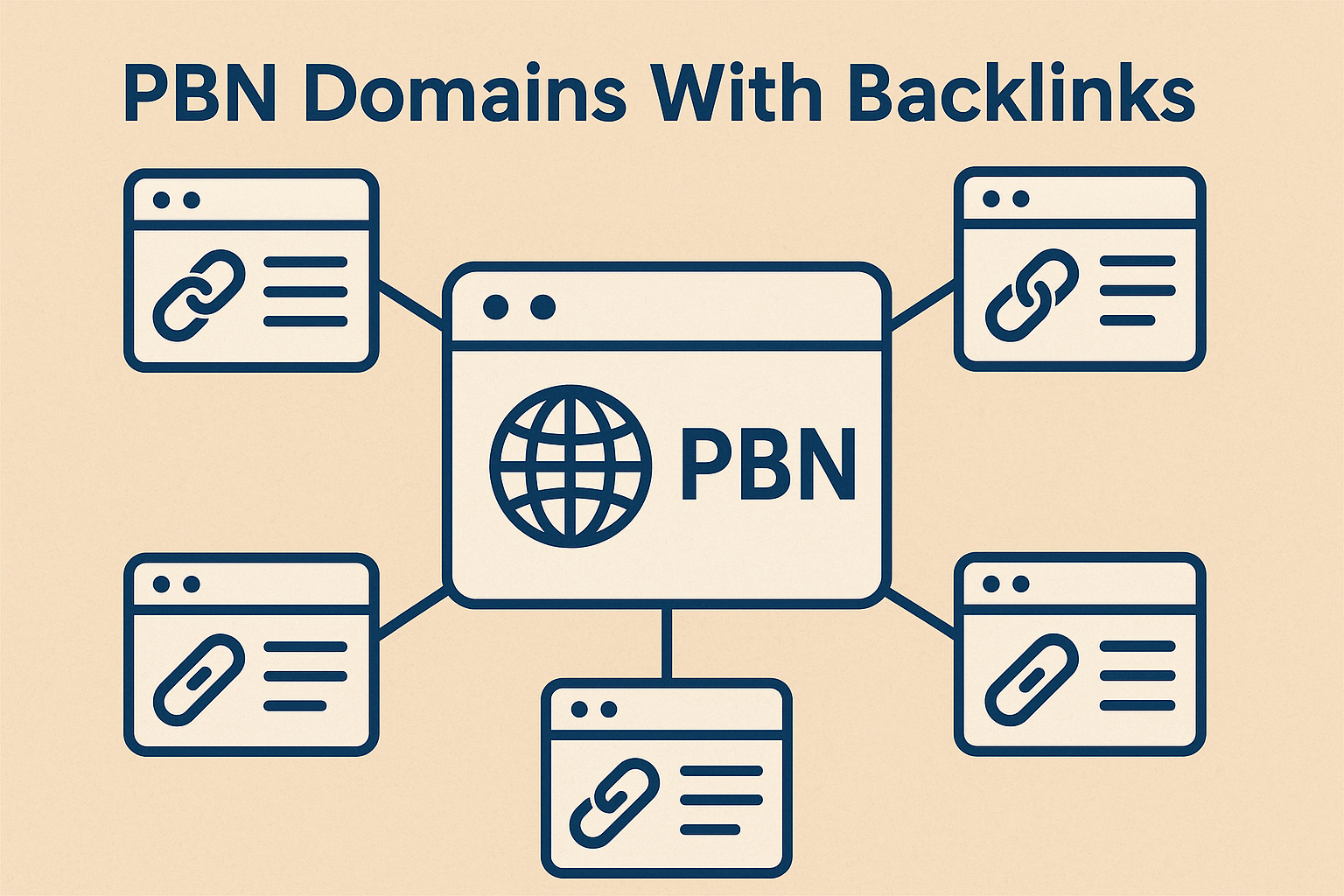
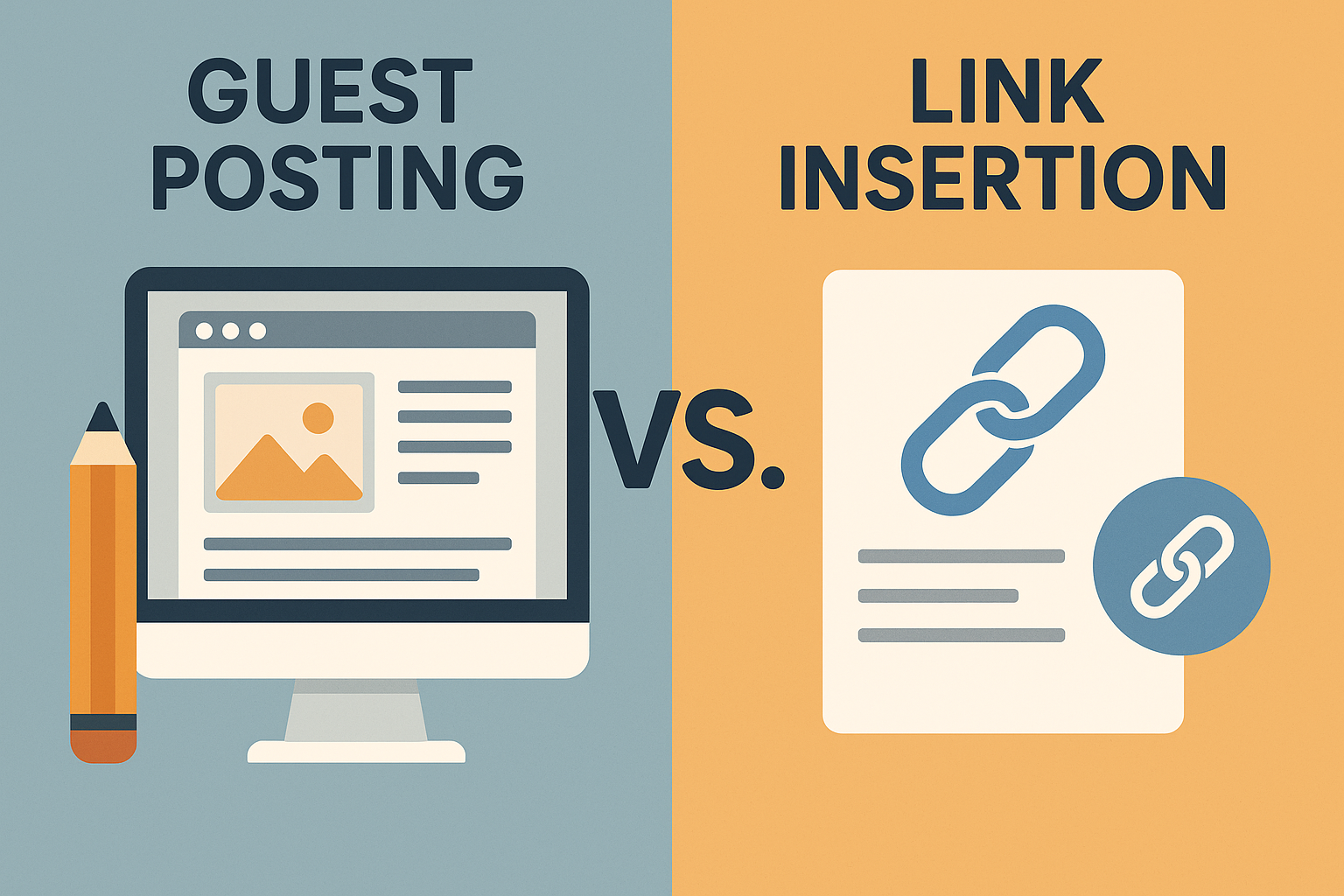
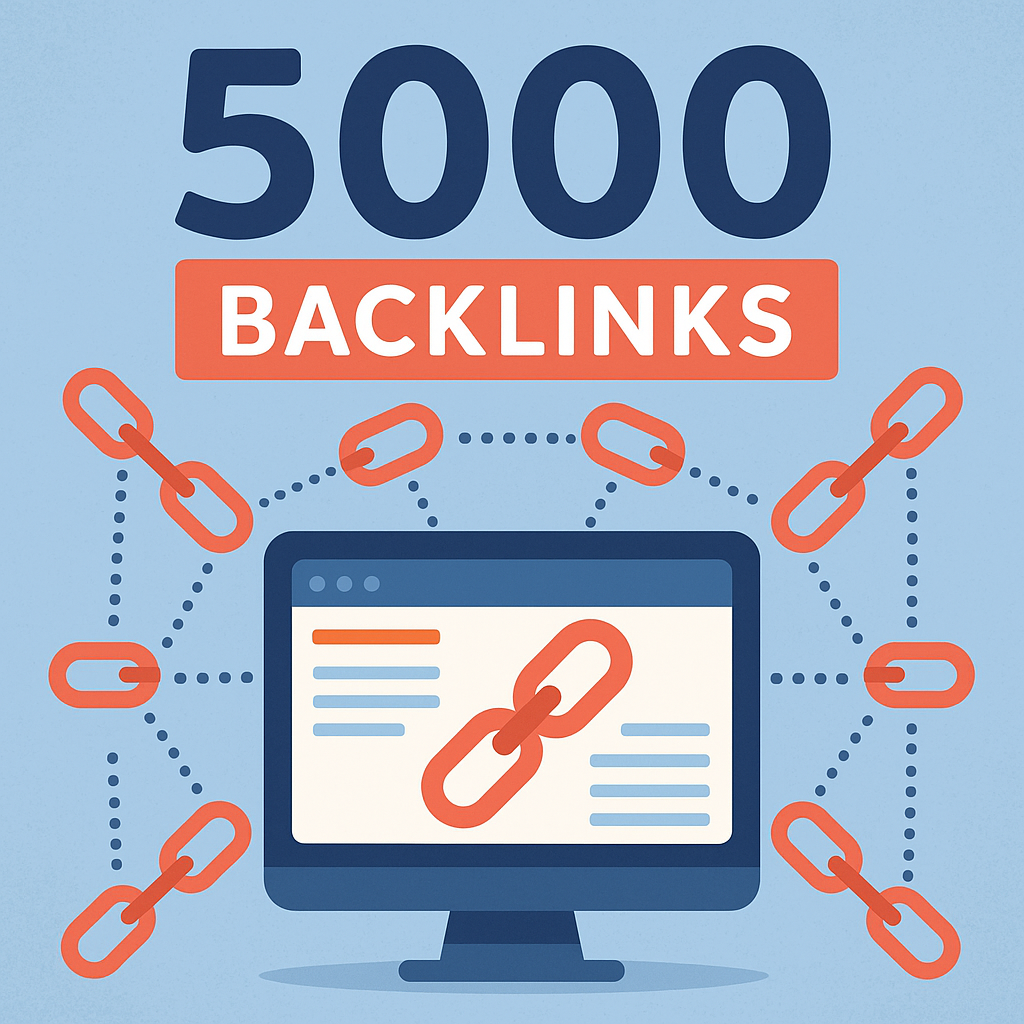

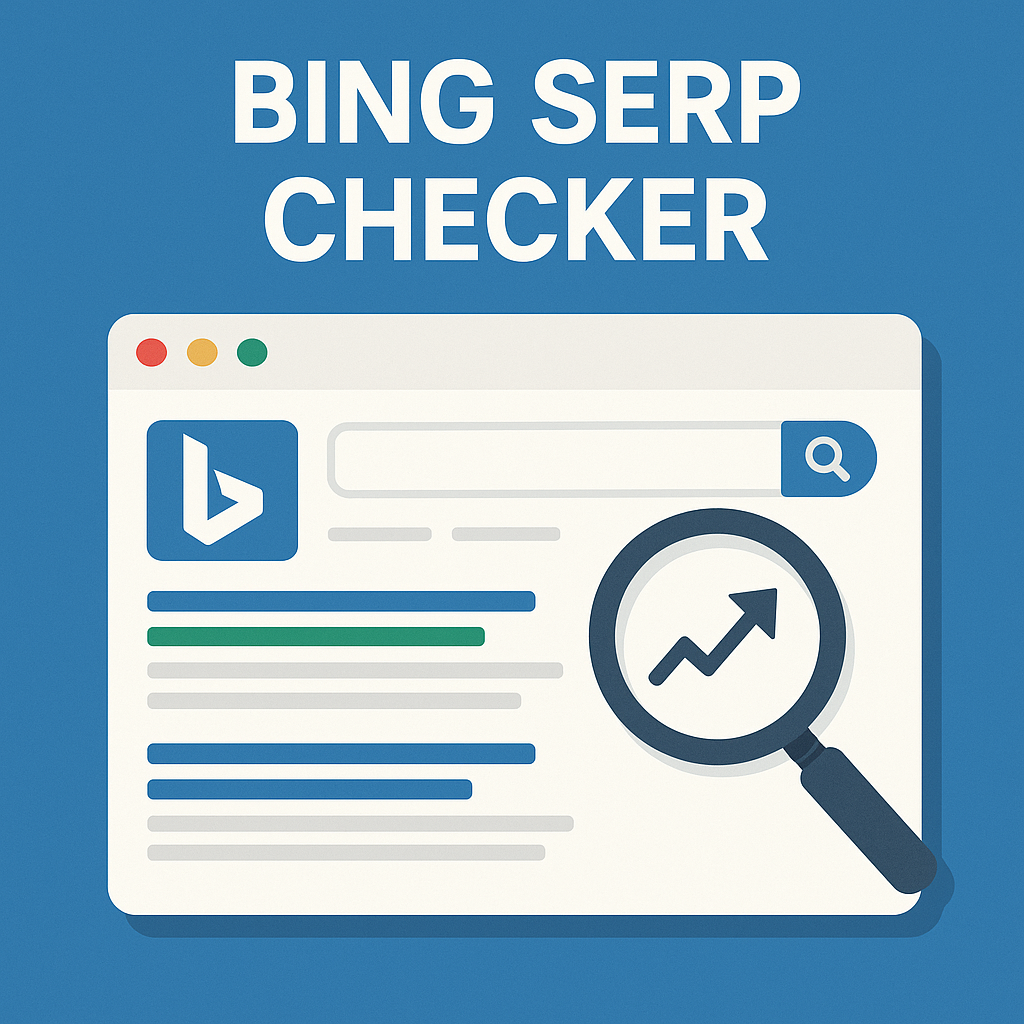
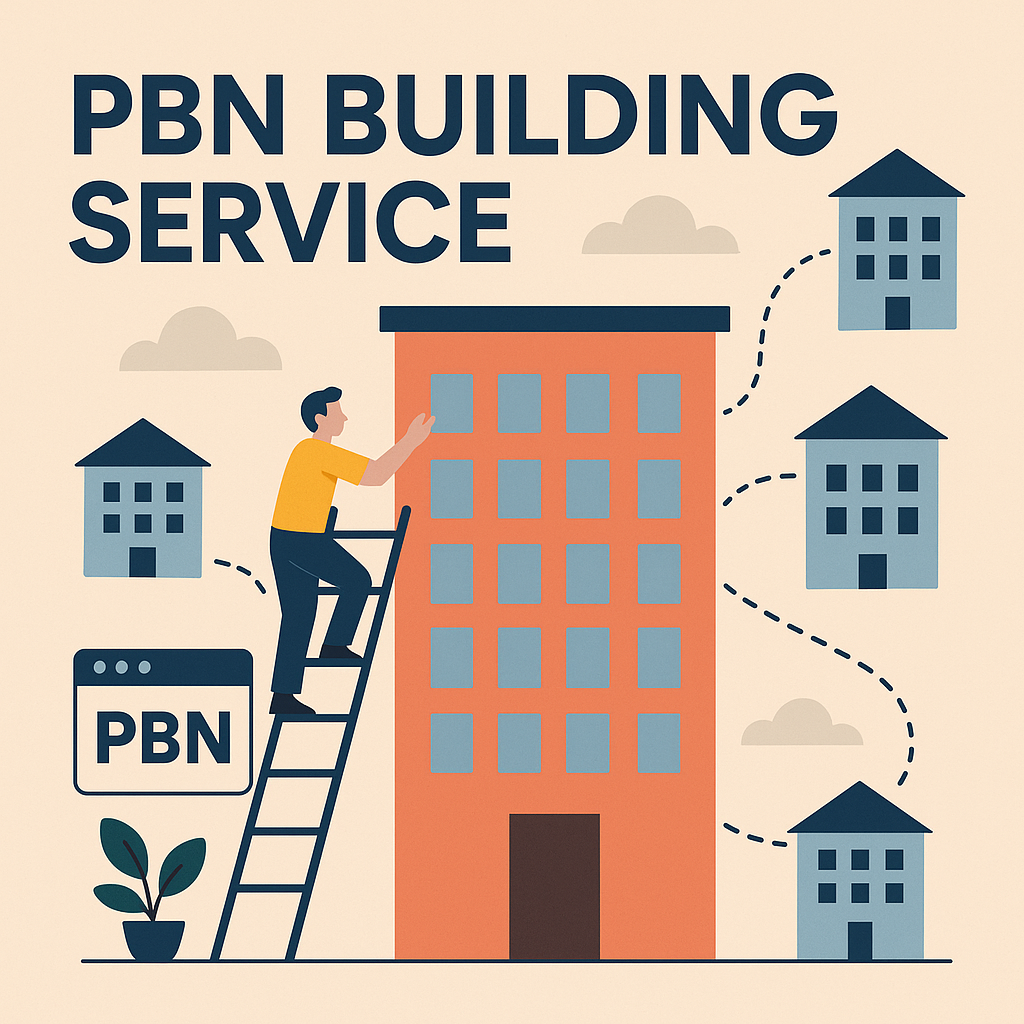
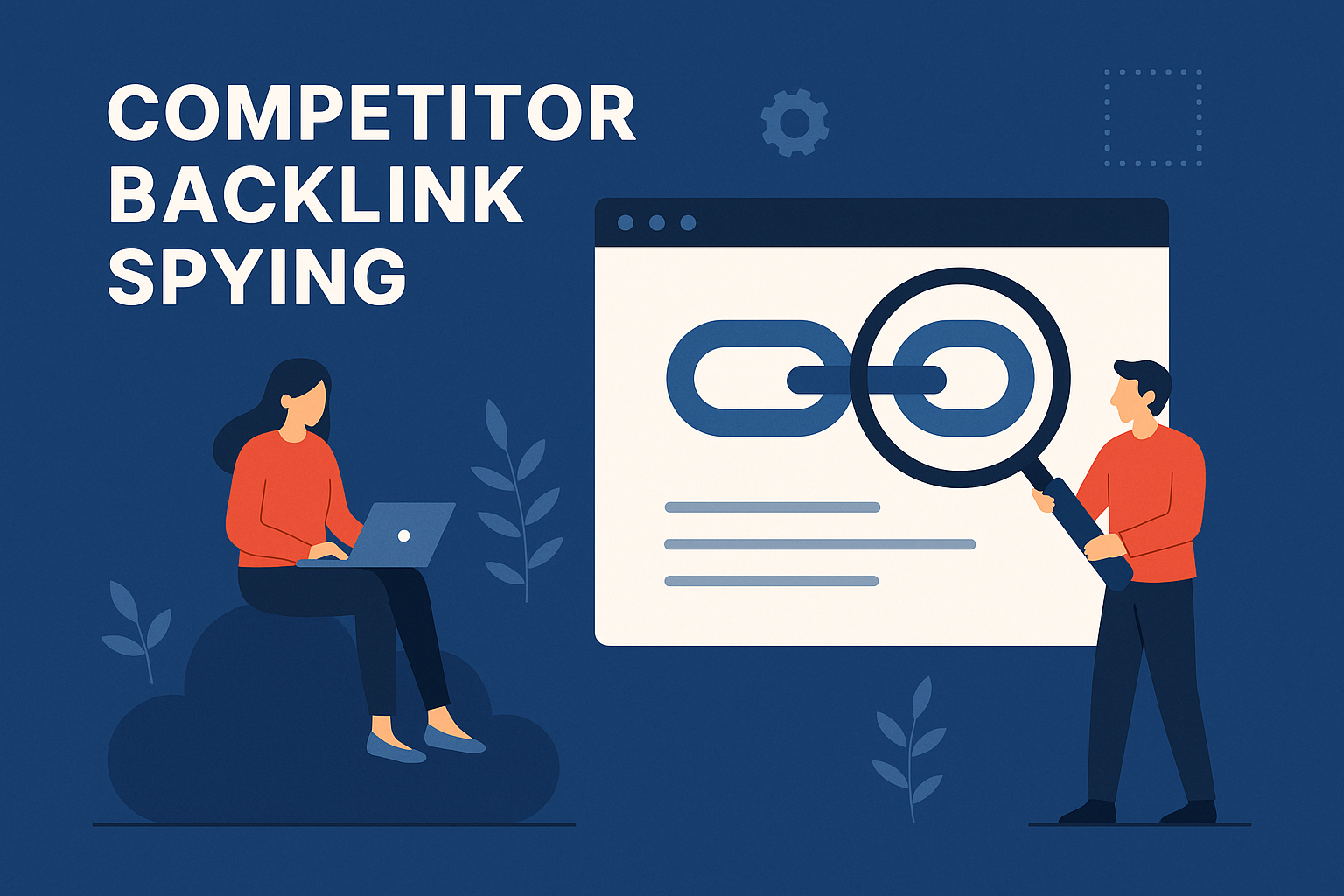
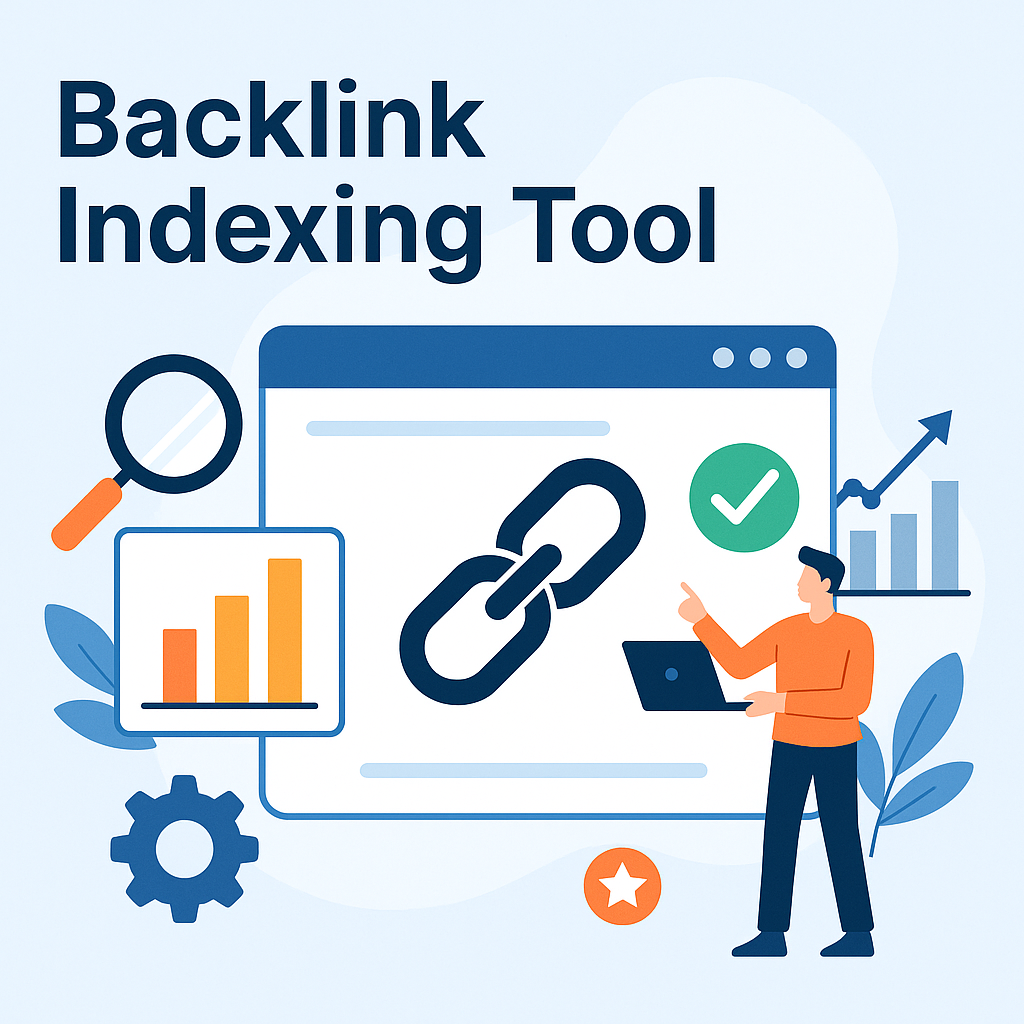
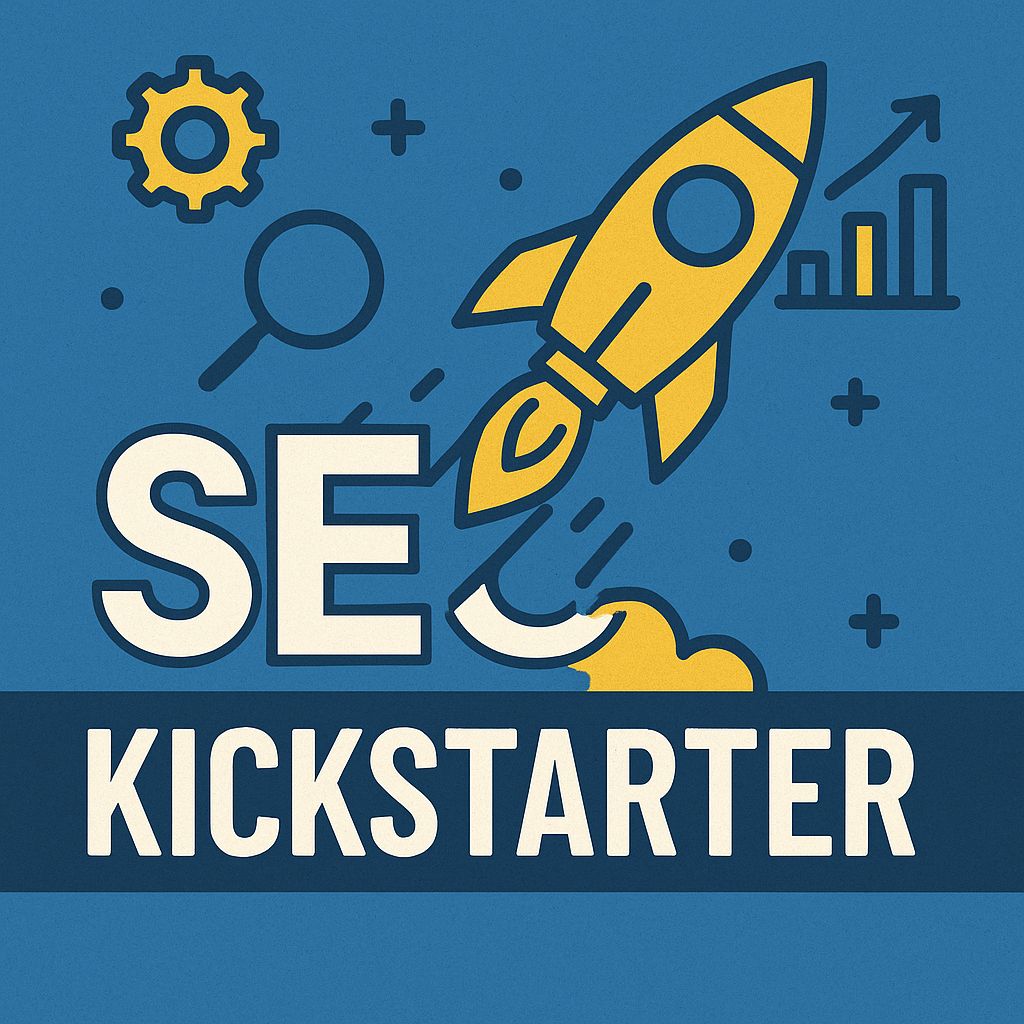

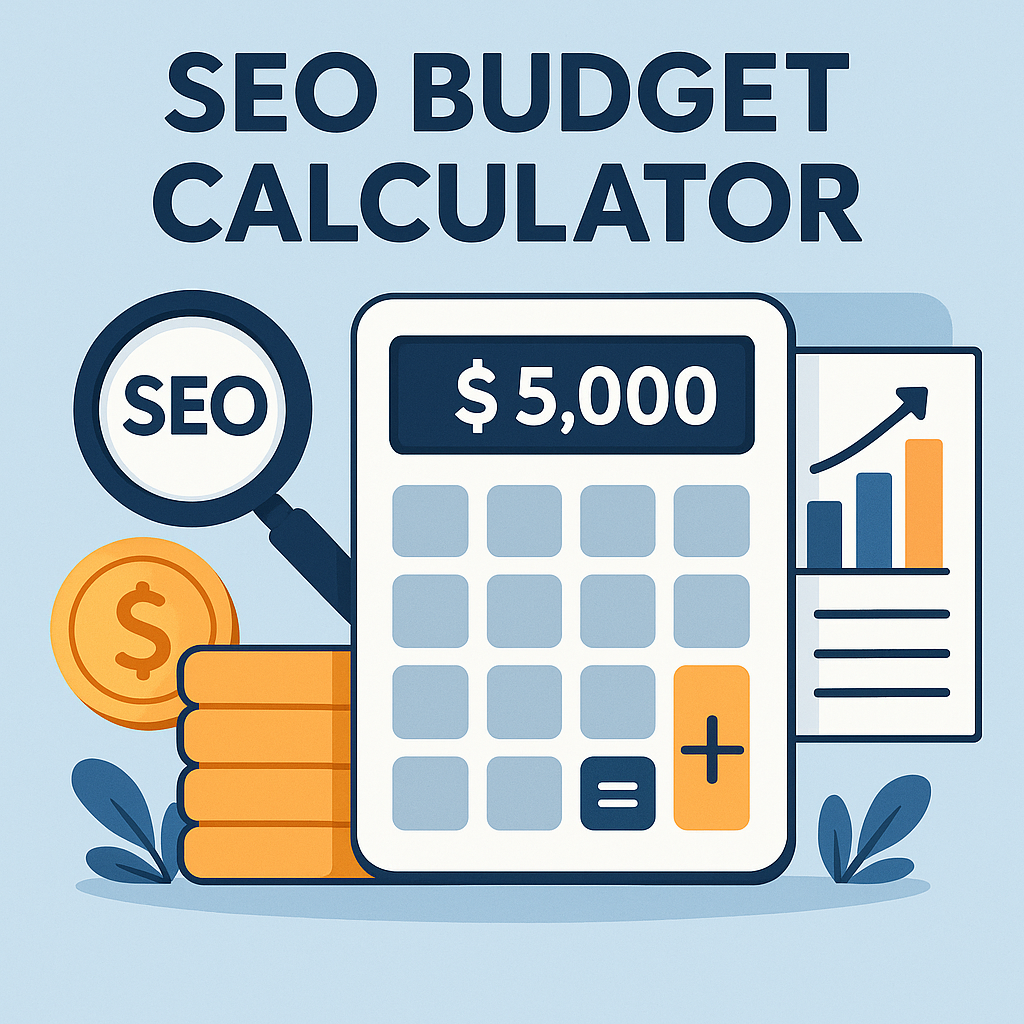
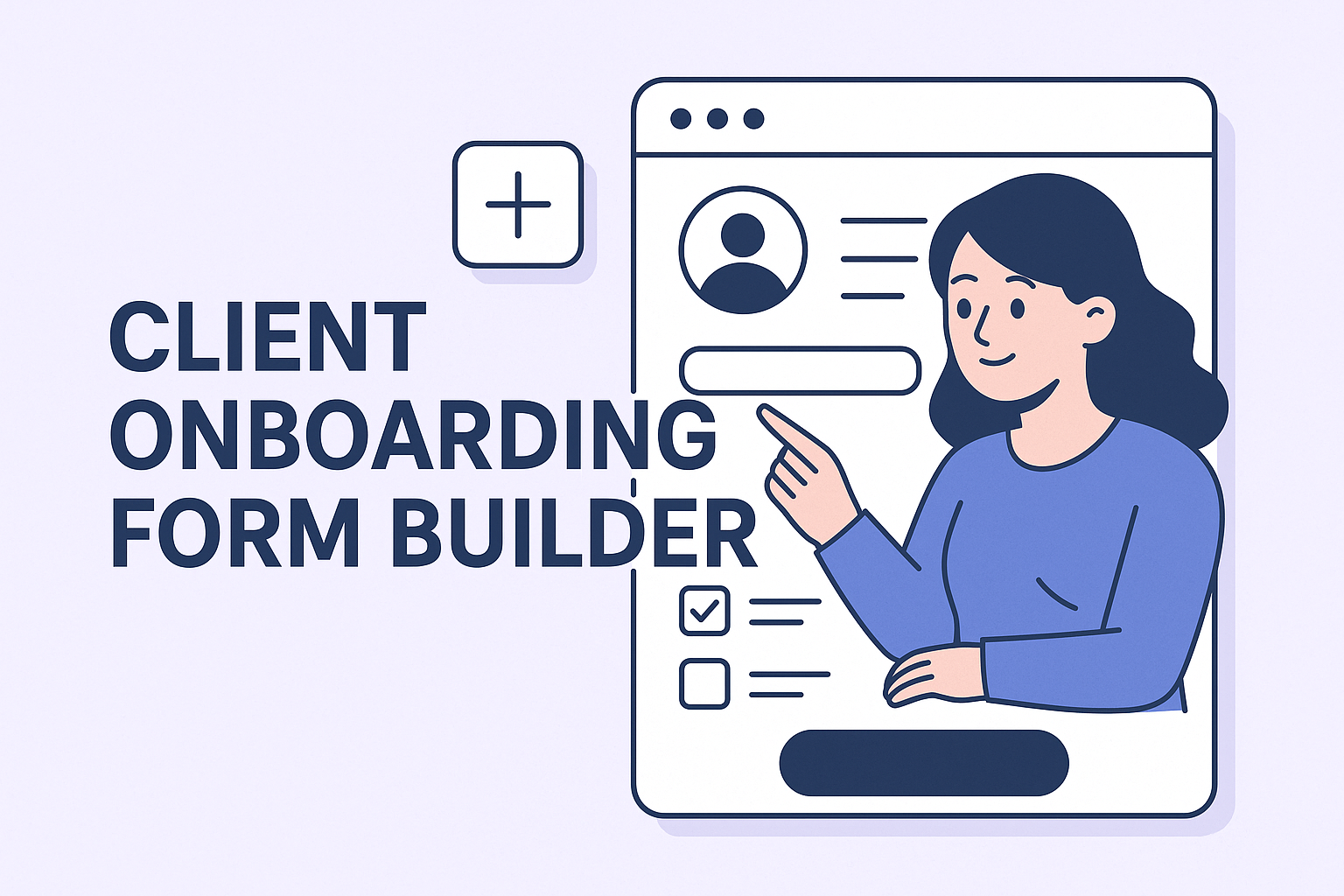
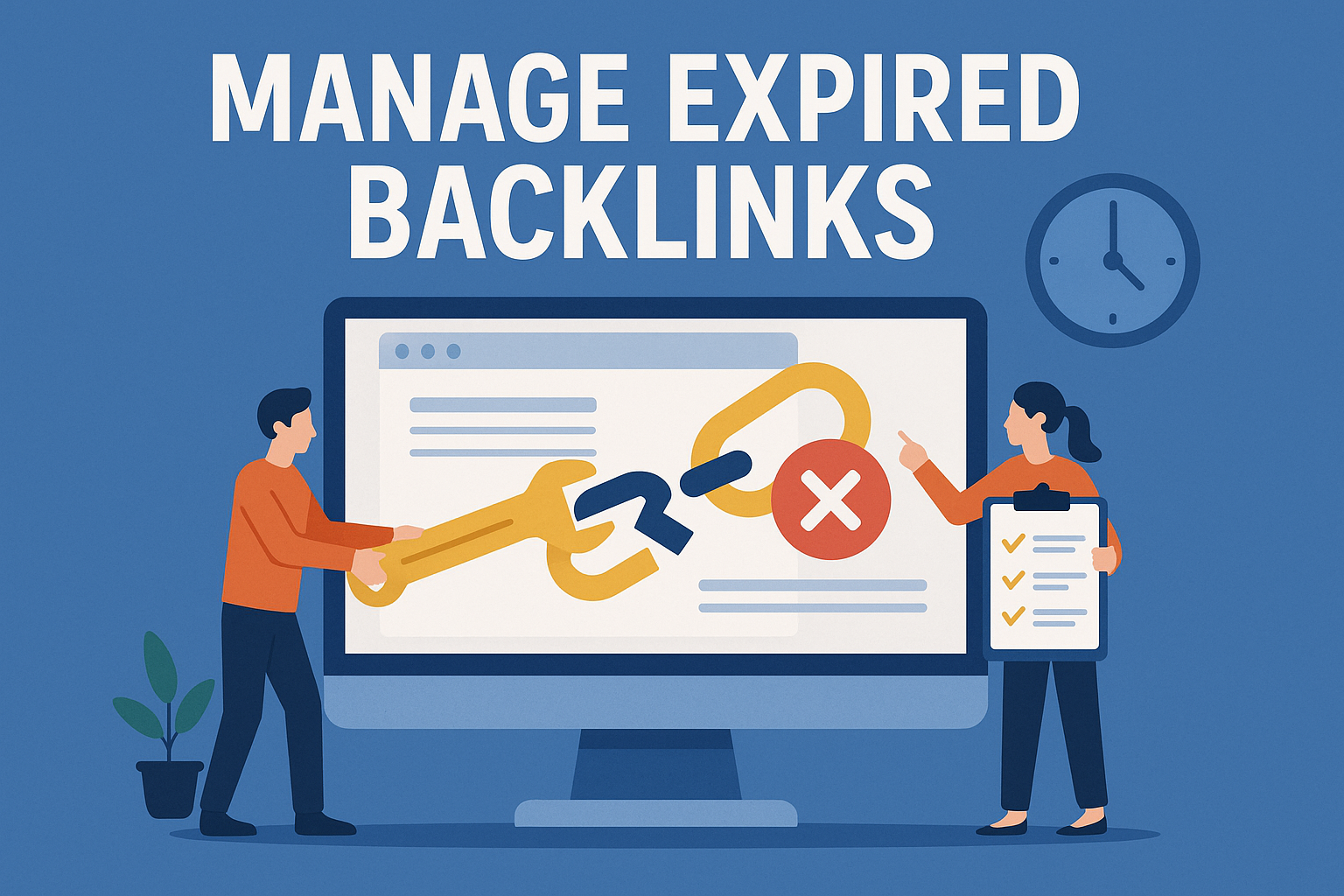
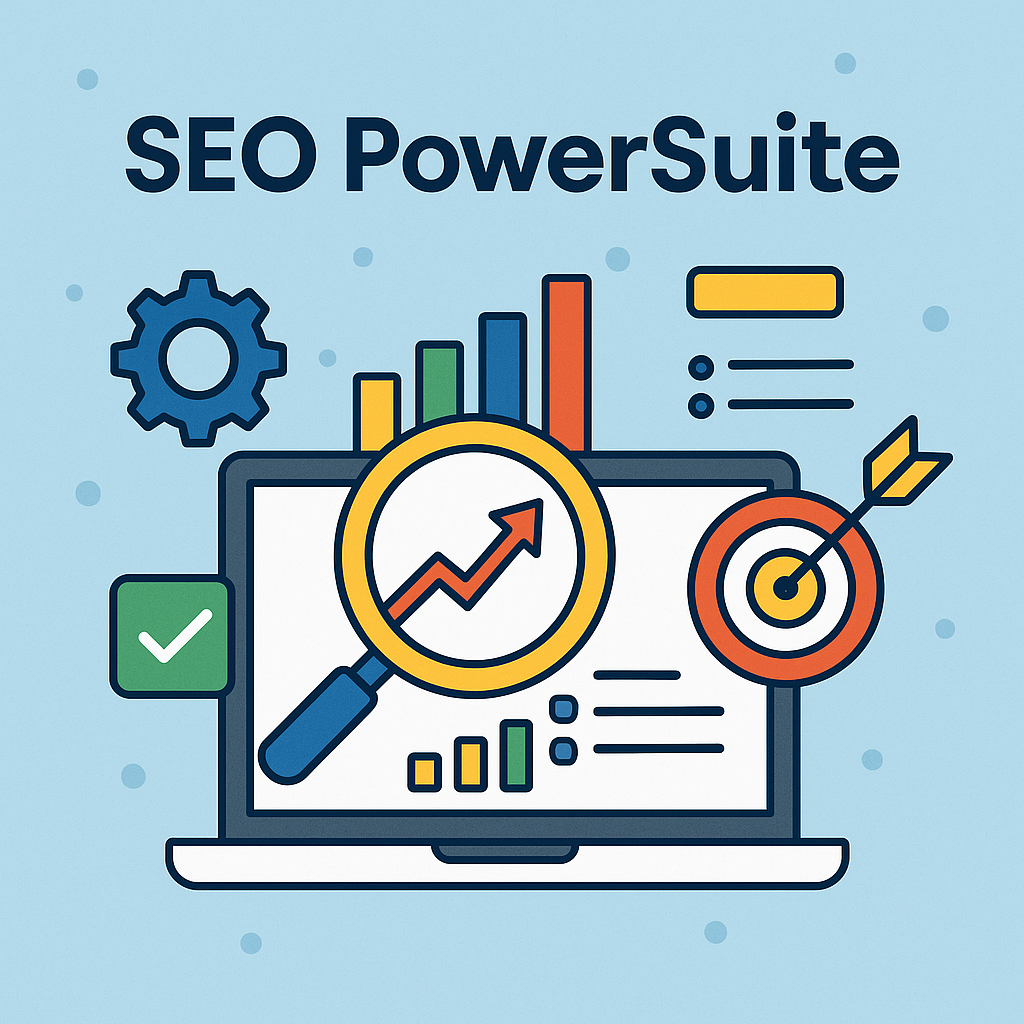
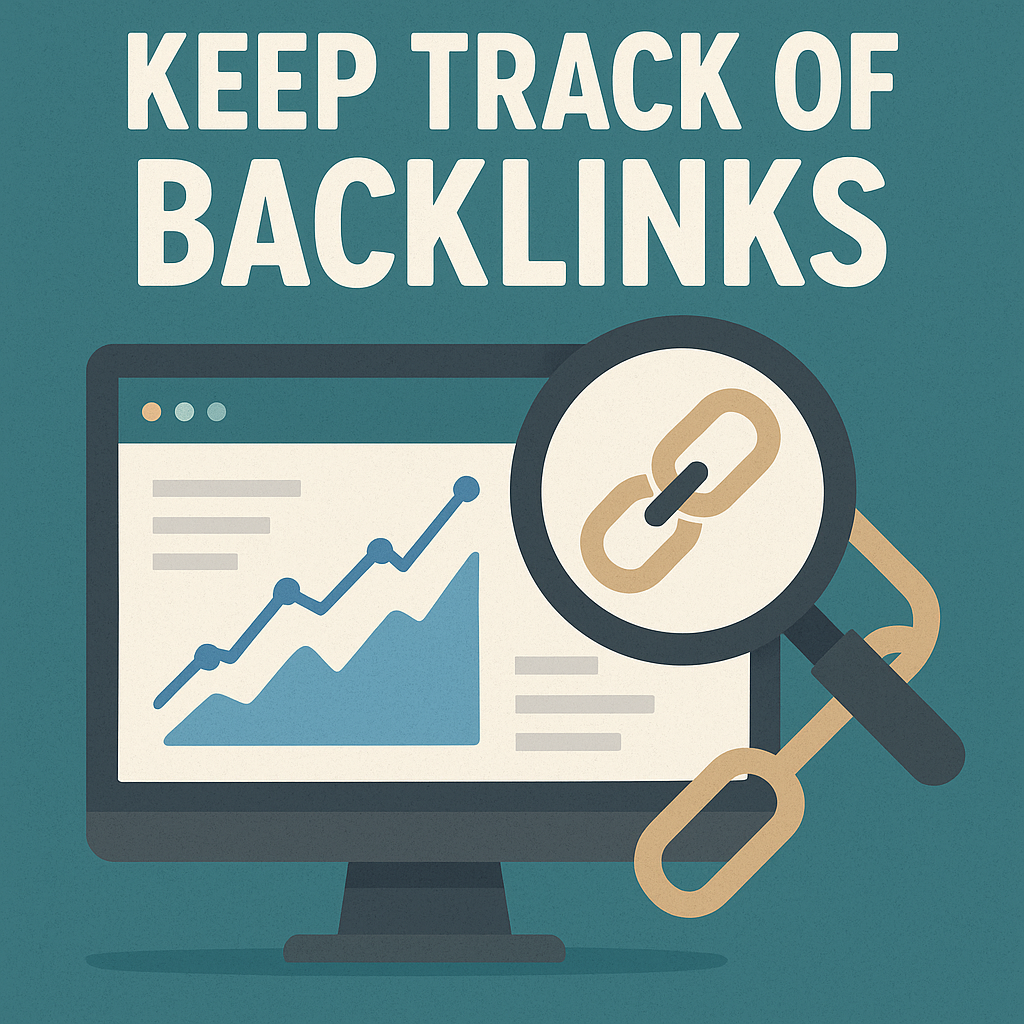
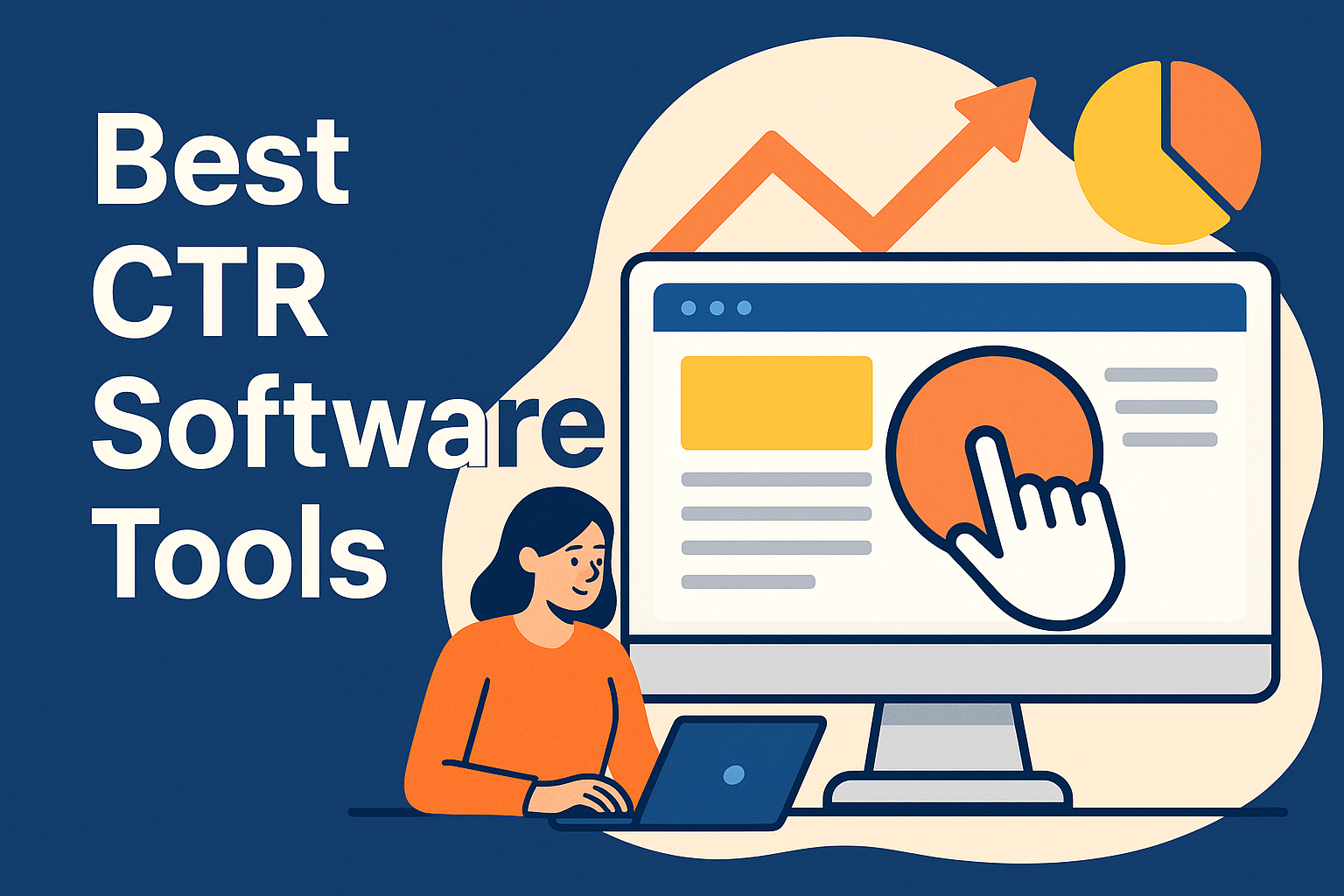

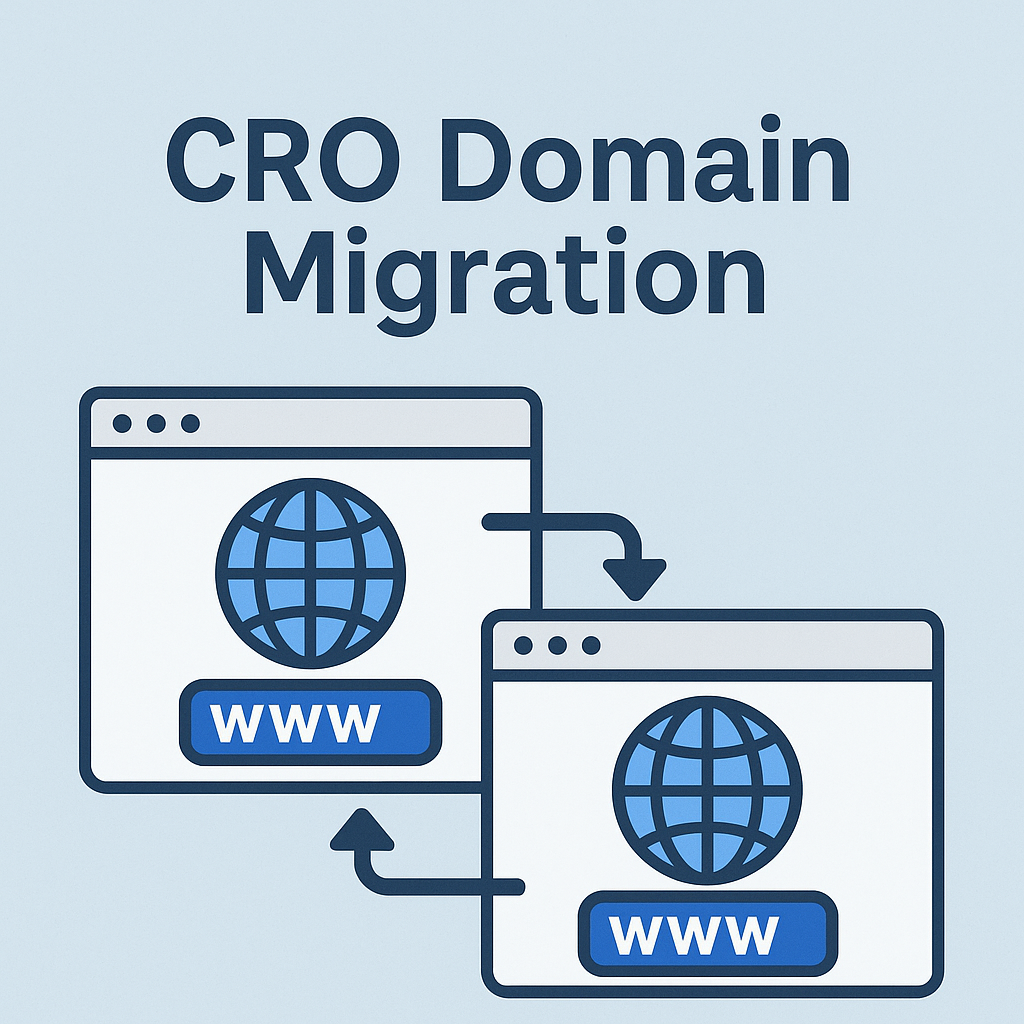
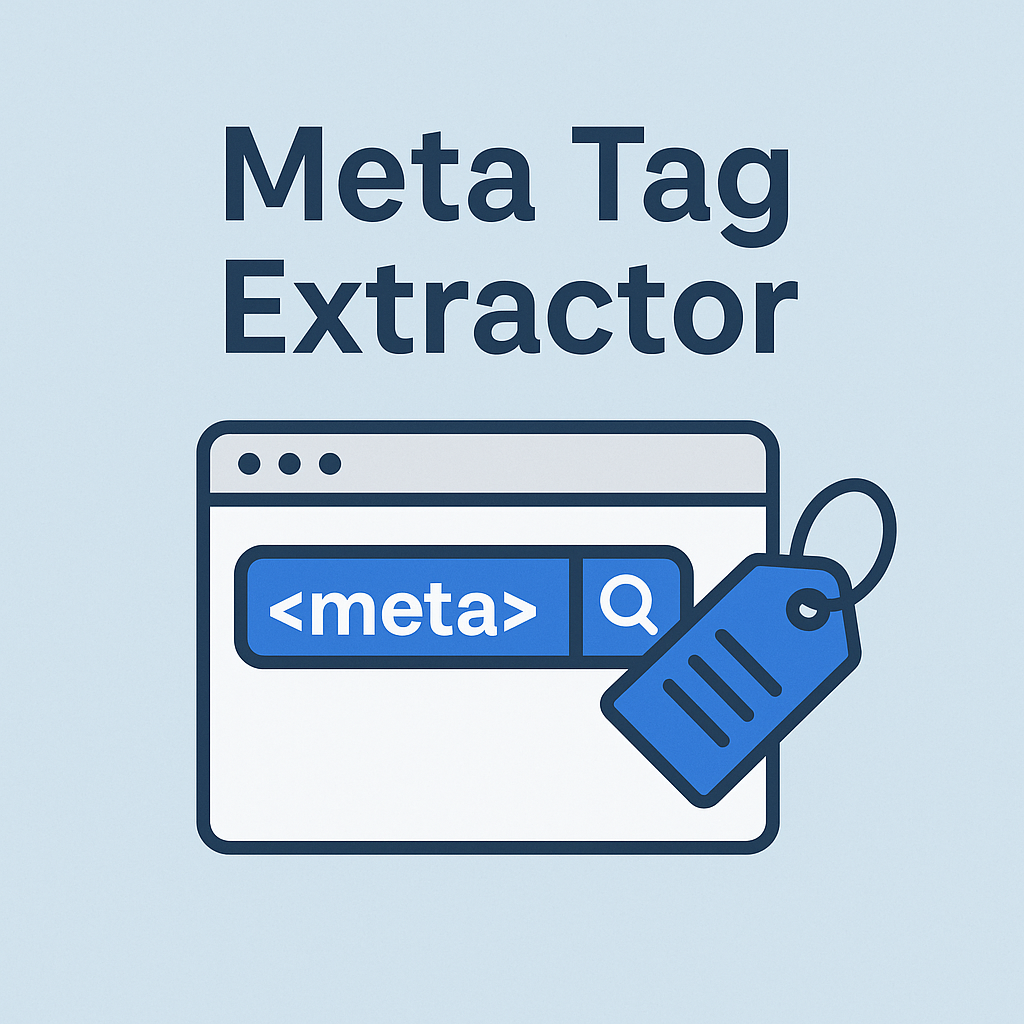
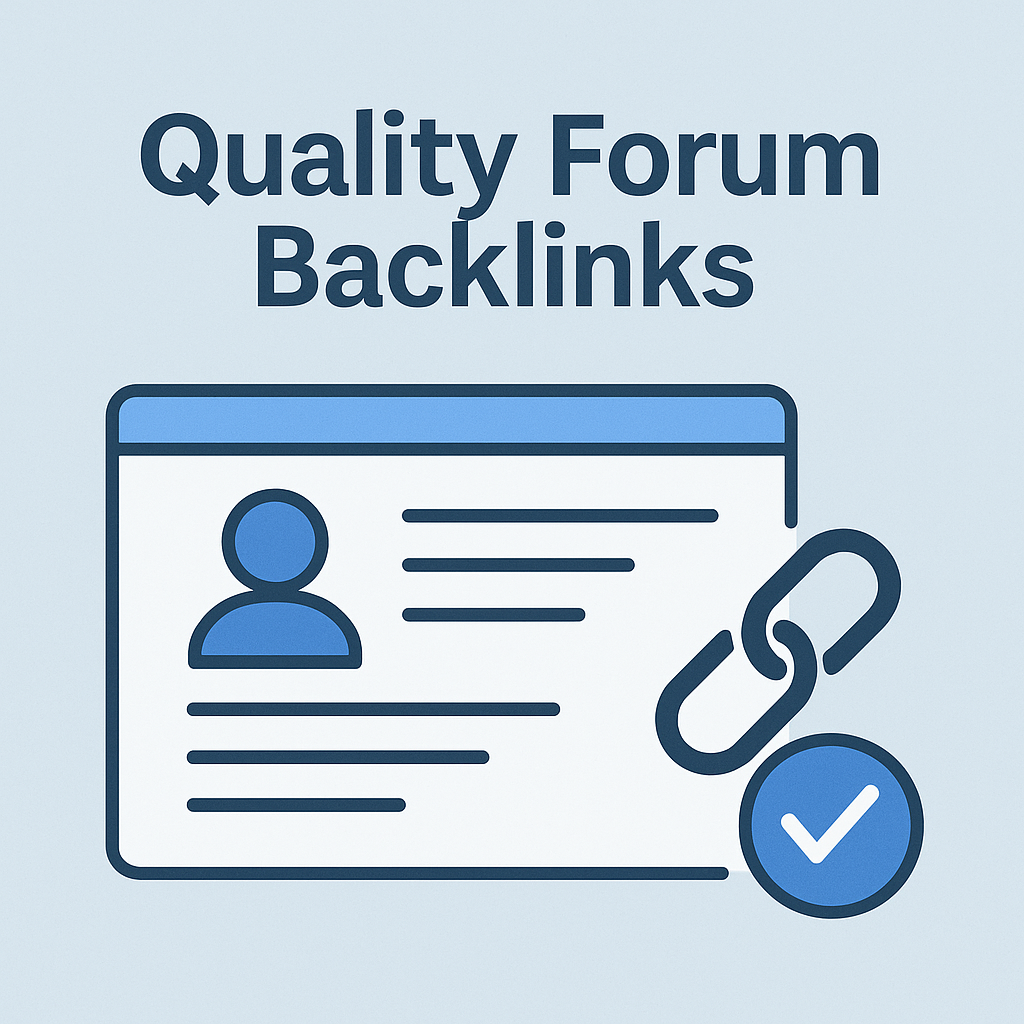
![Best Link Exchange Sites [Free & Safe] – Top 5 Picks](https://backlinkmanagement.io/wp-content/uploads/2025/04/Free-Link-Exchange.png)


